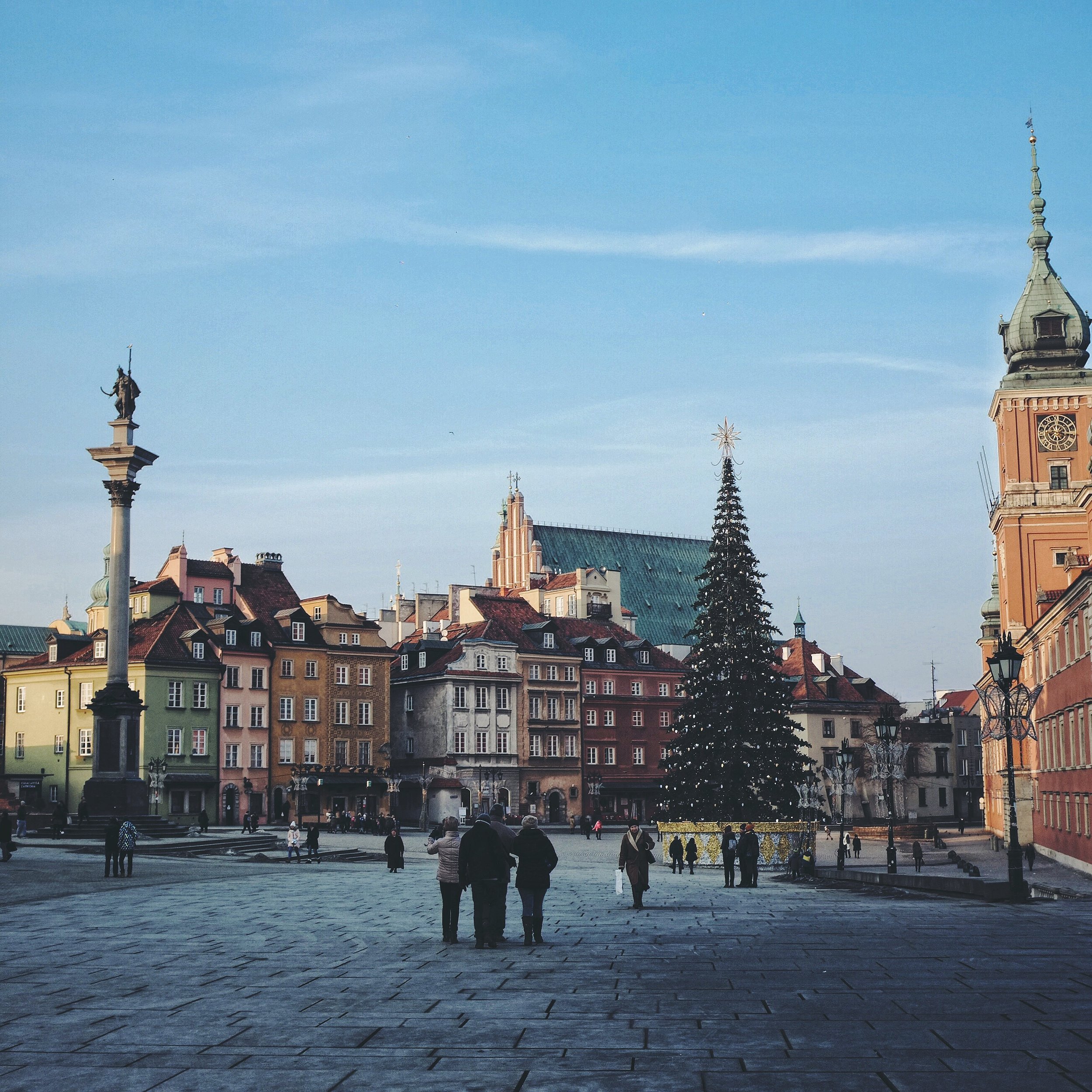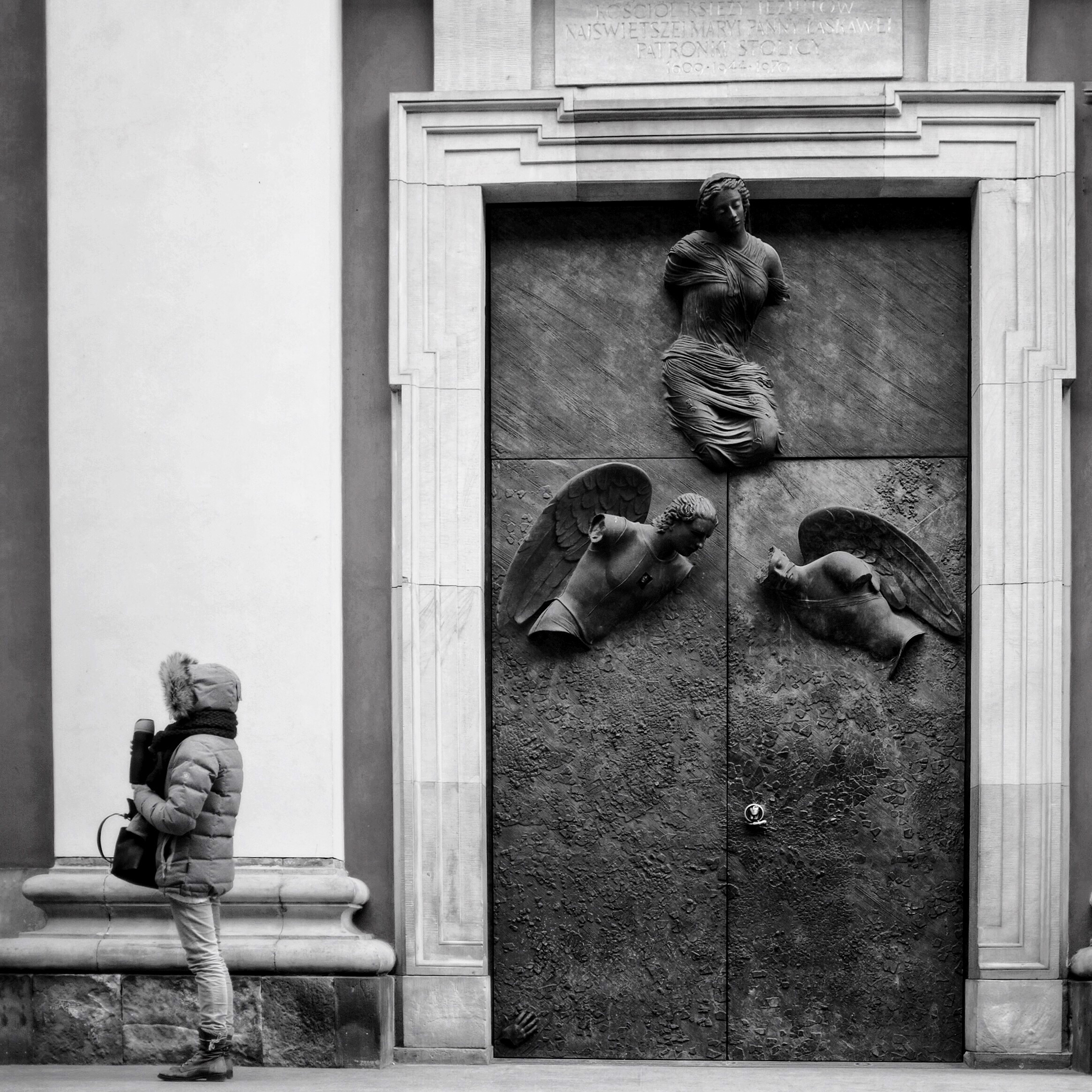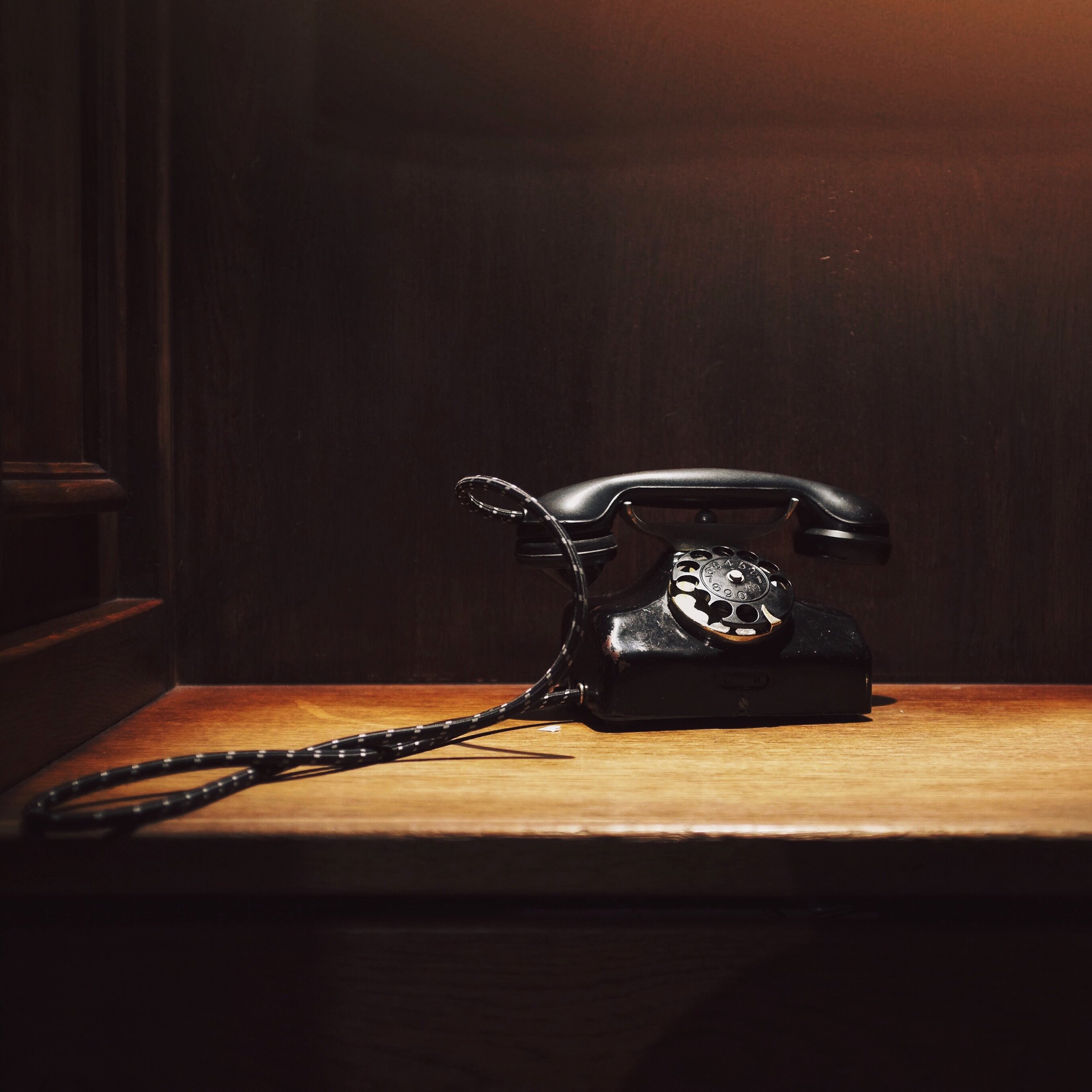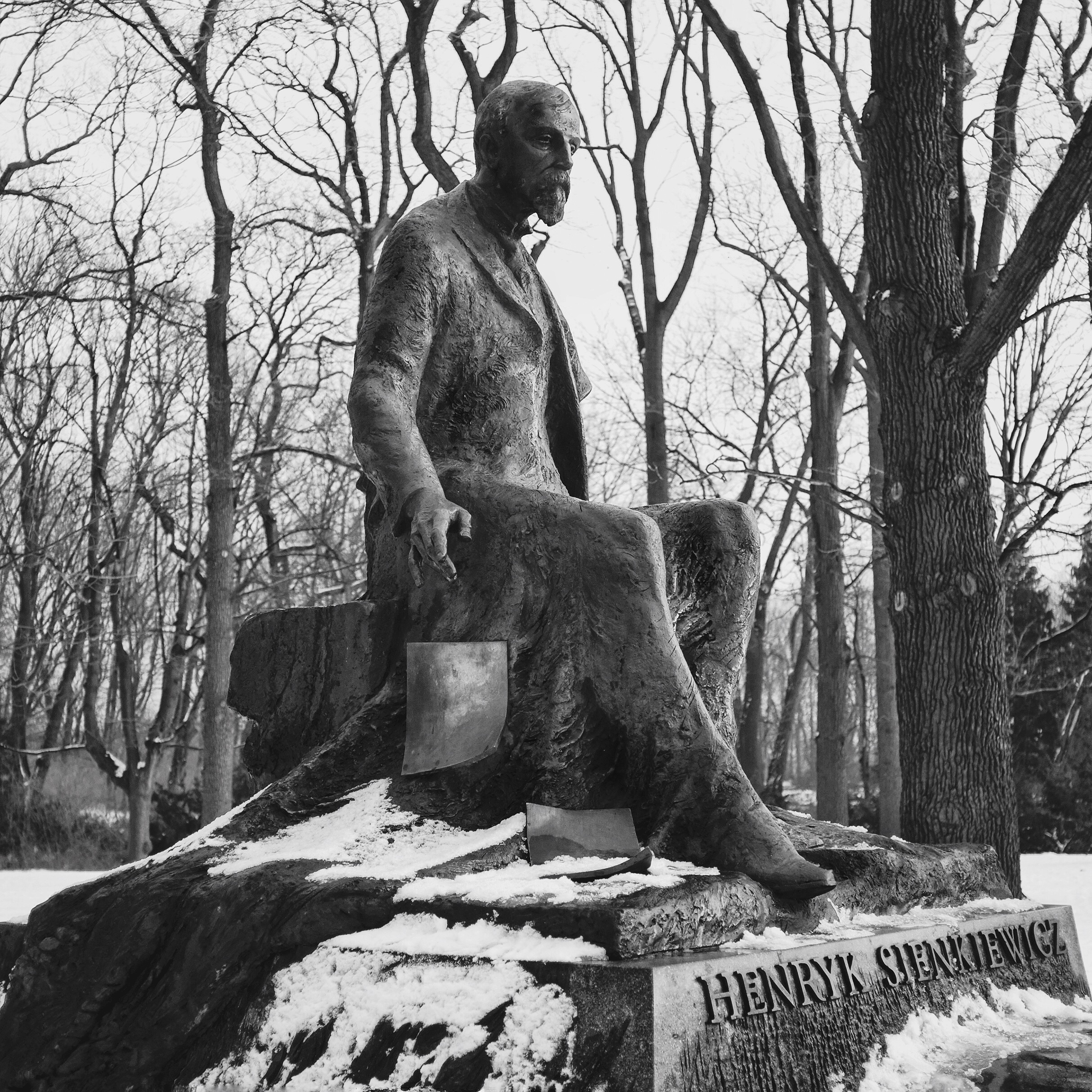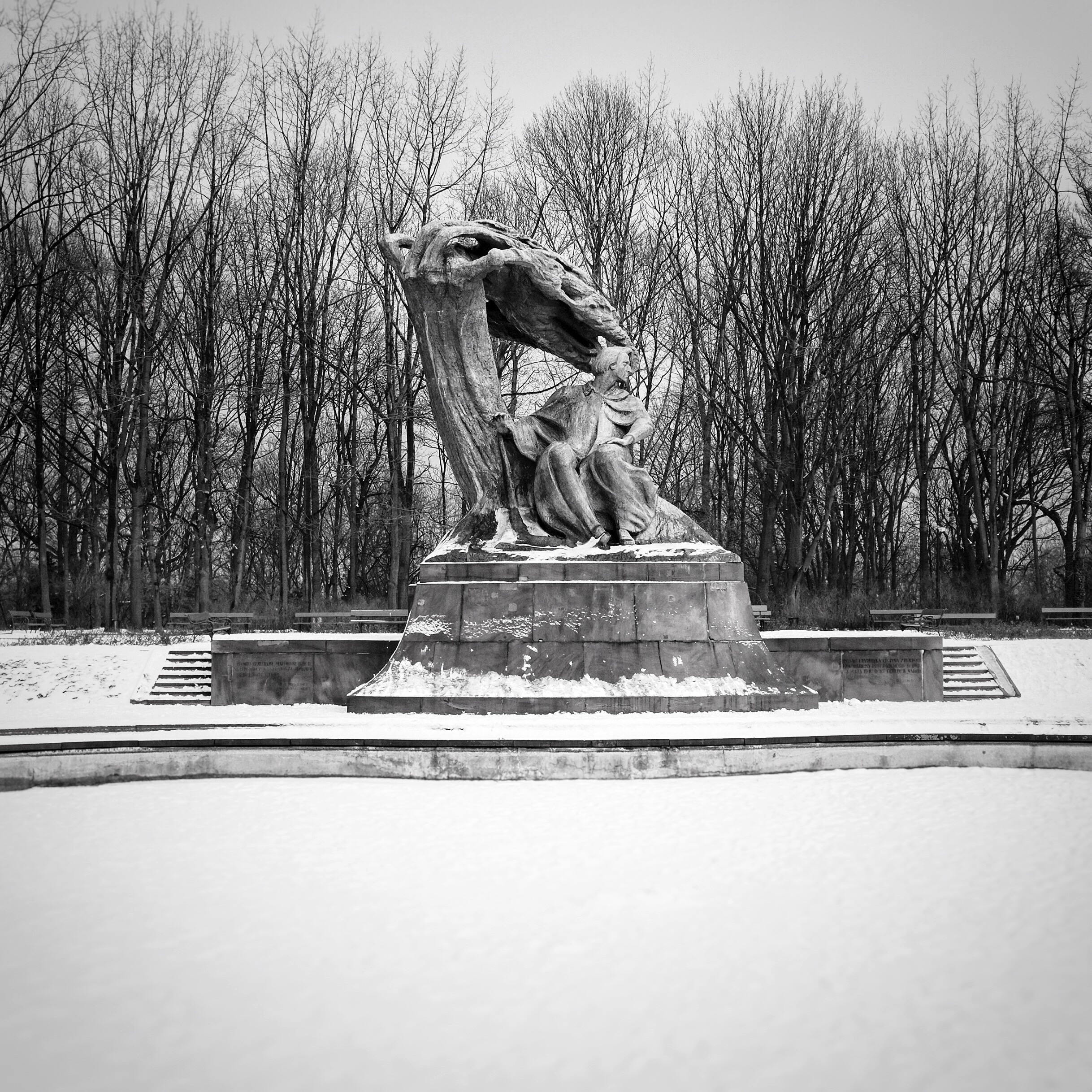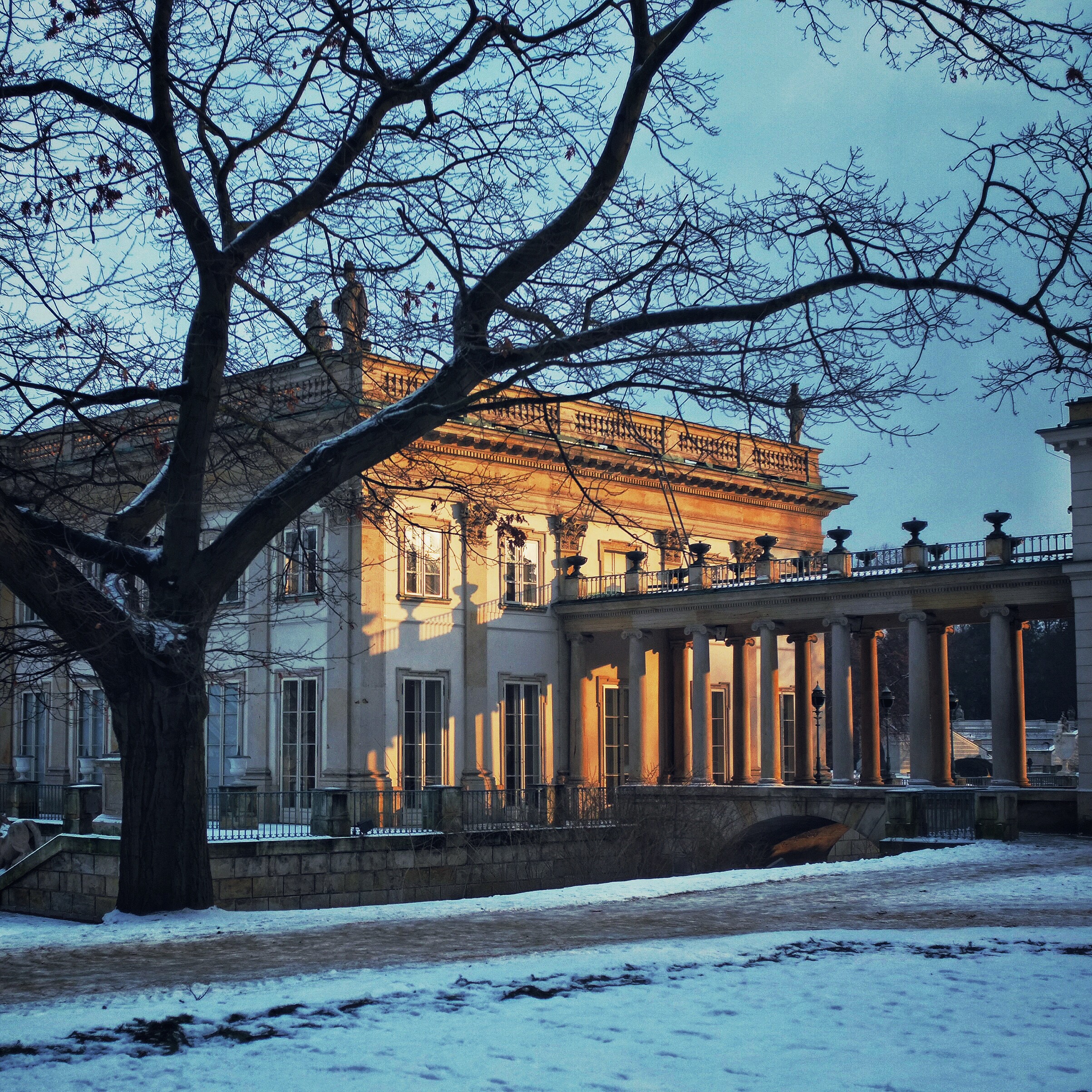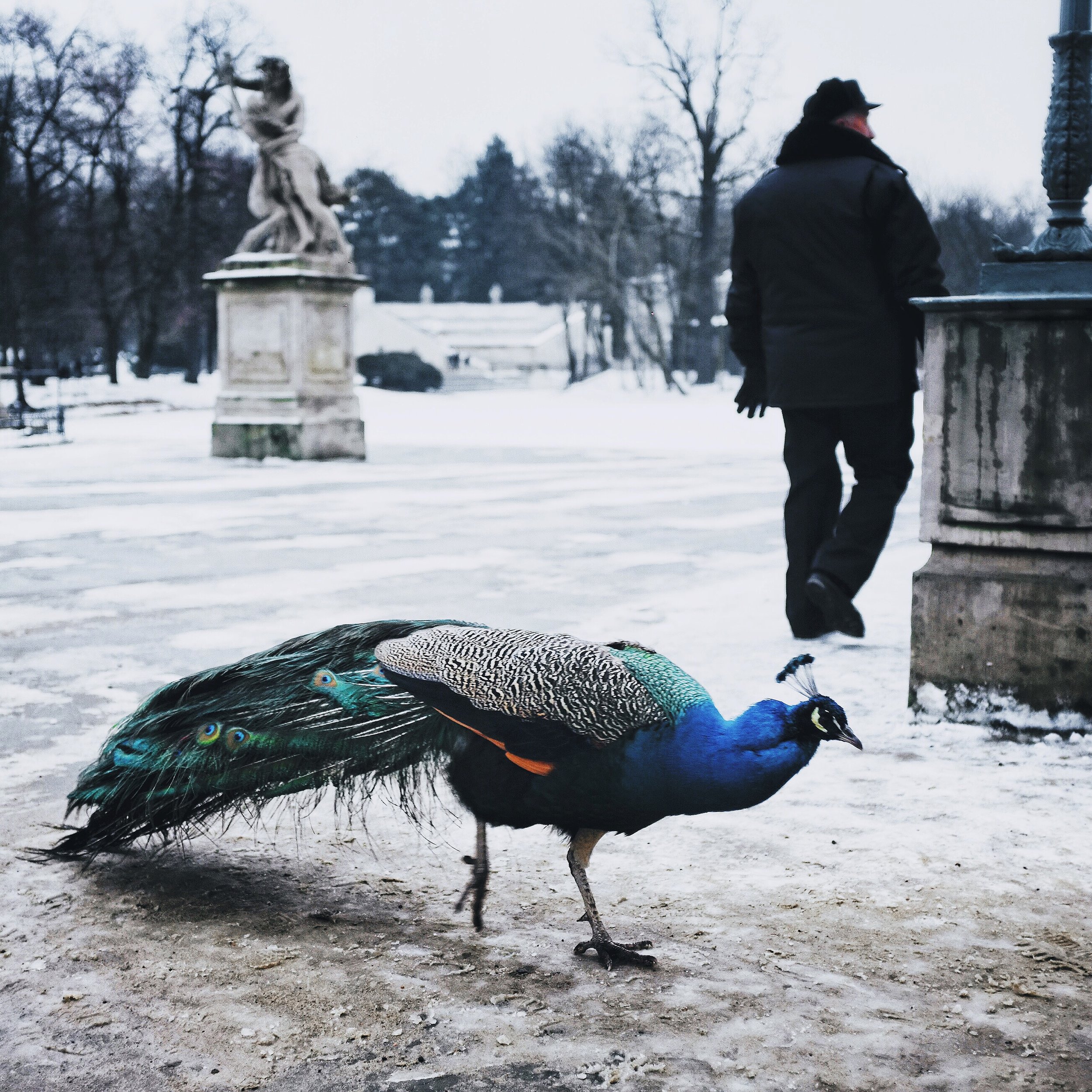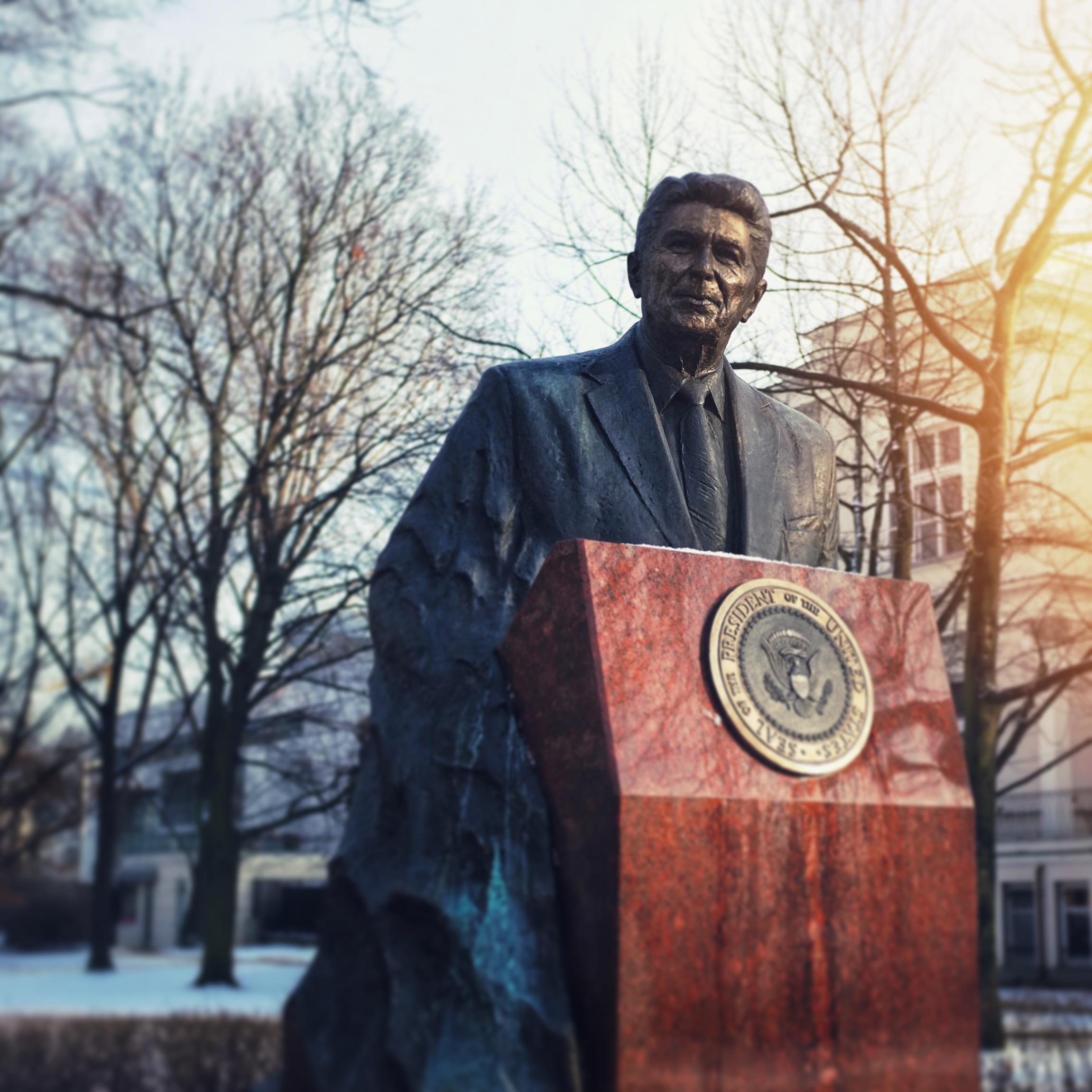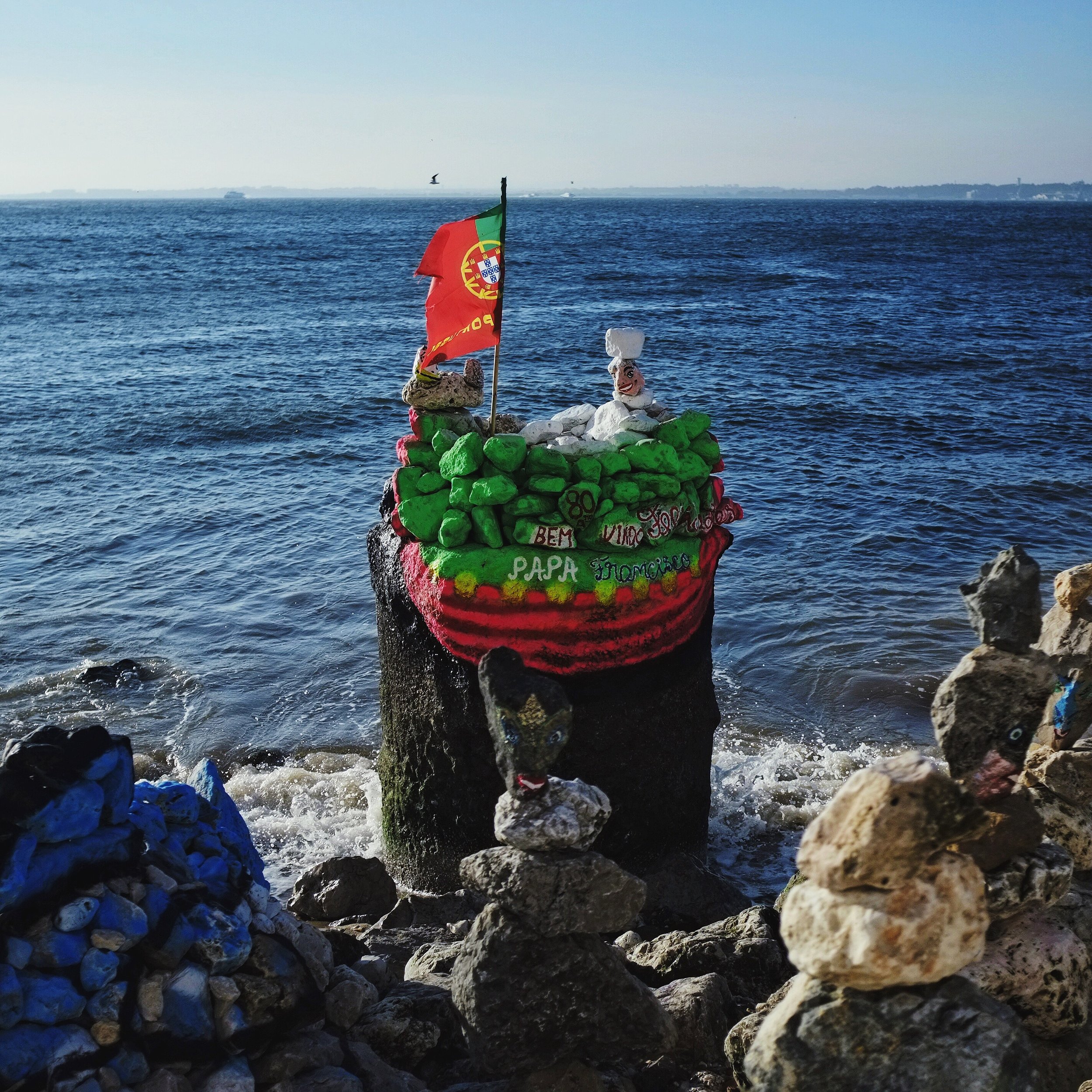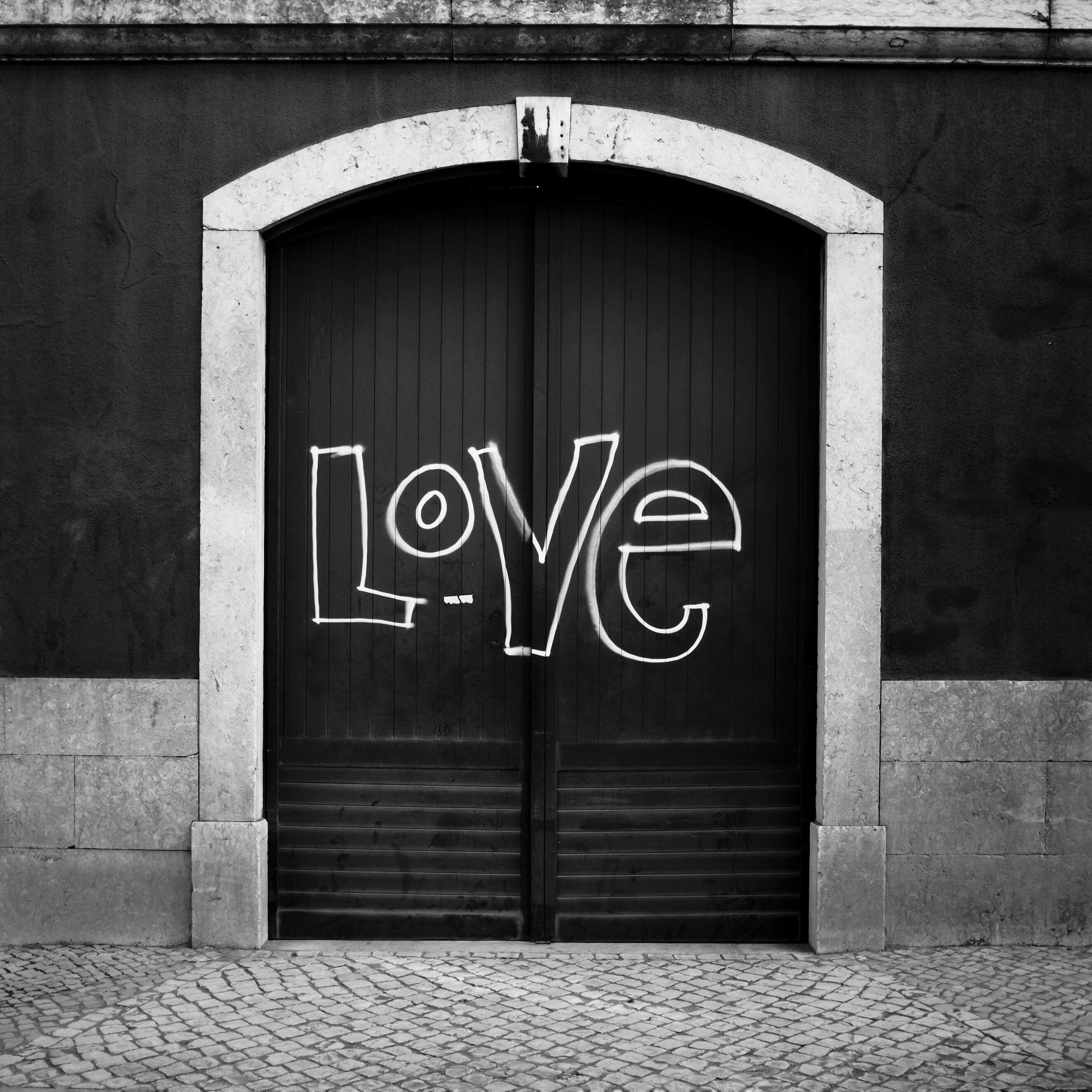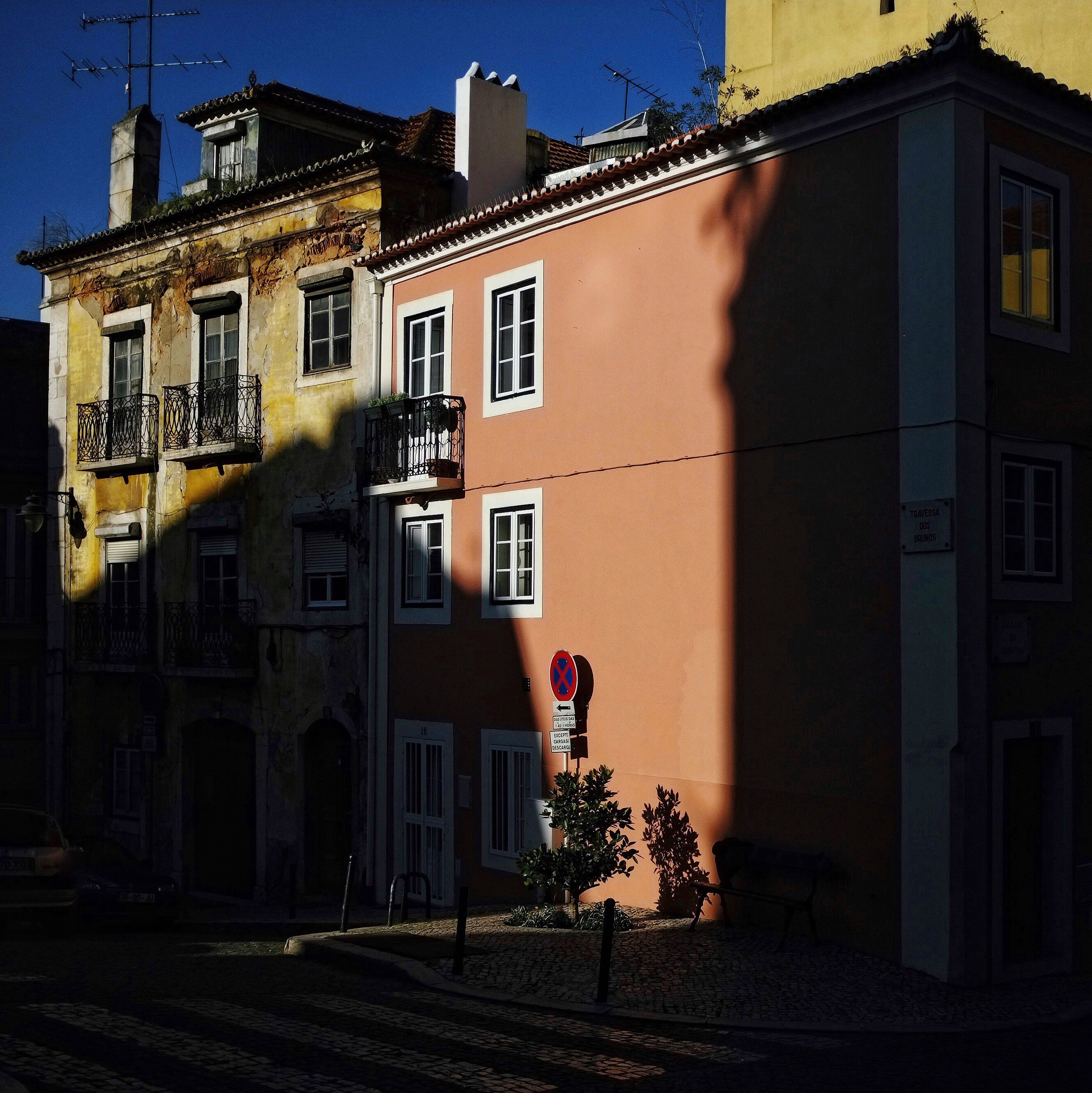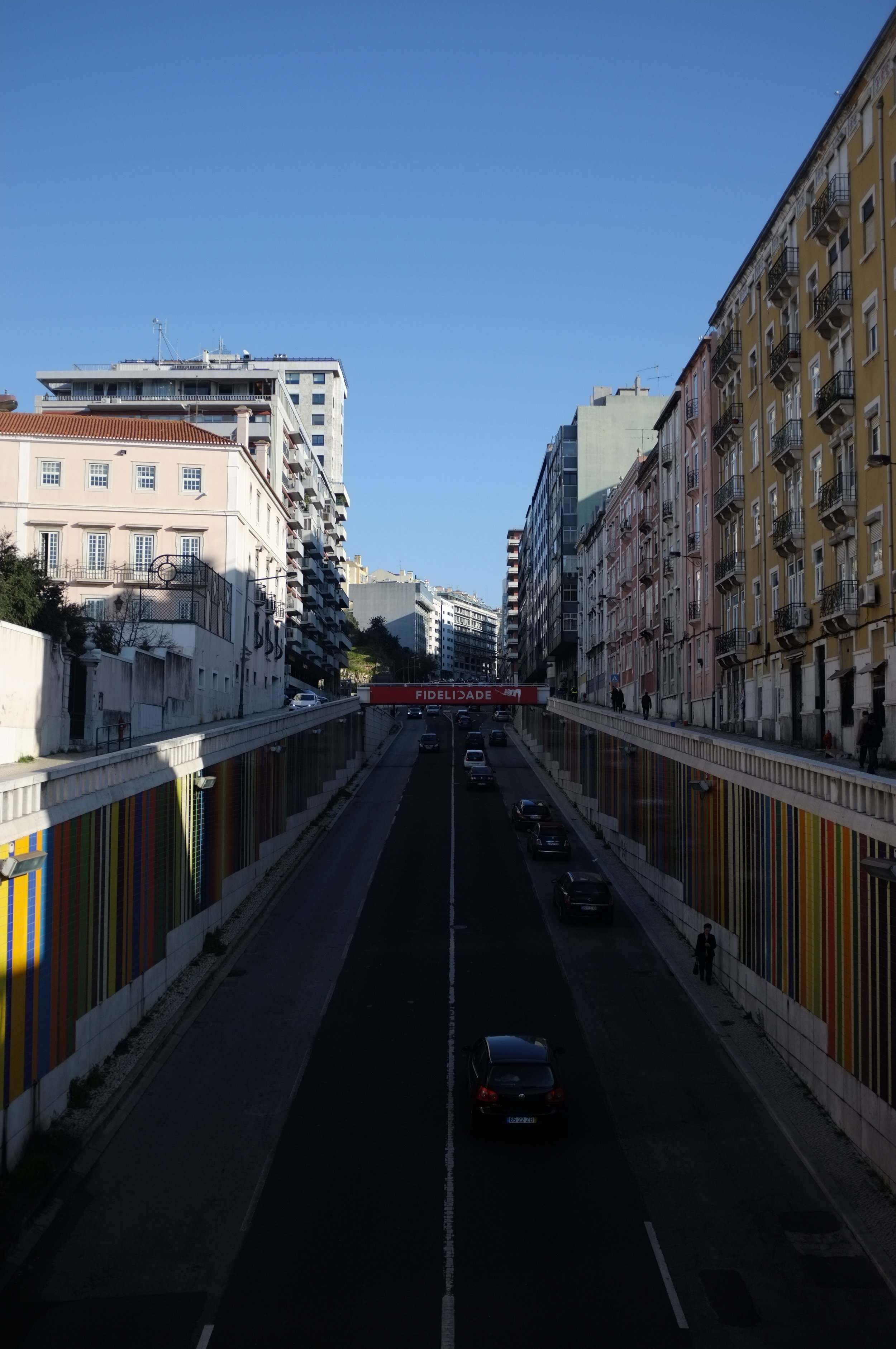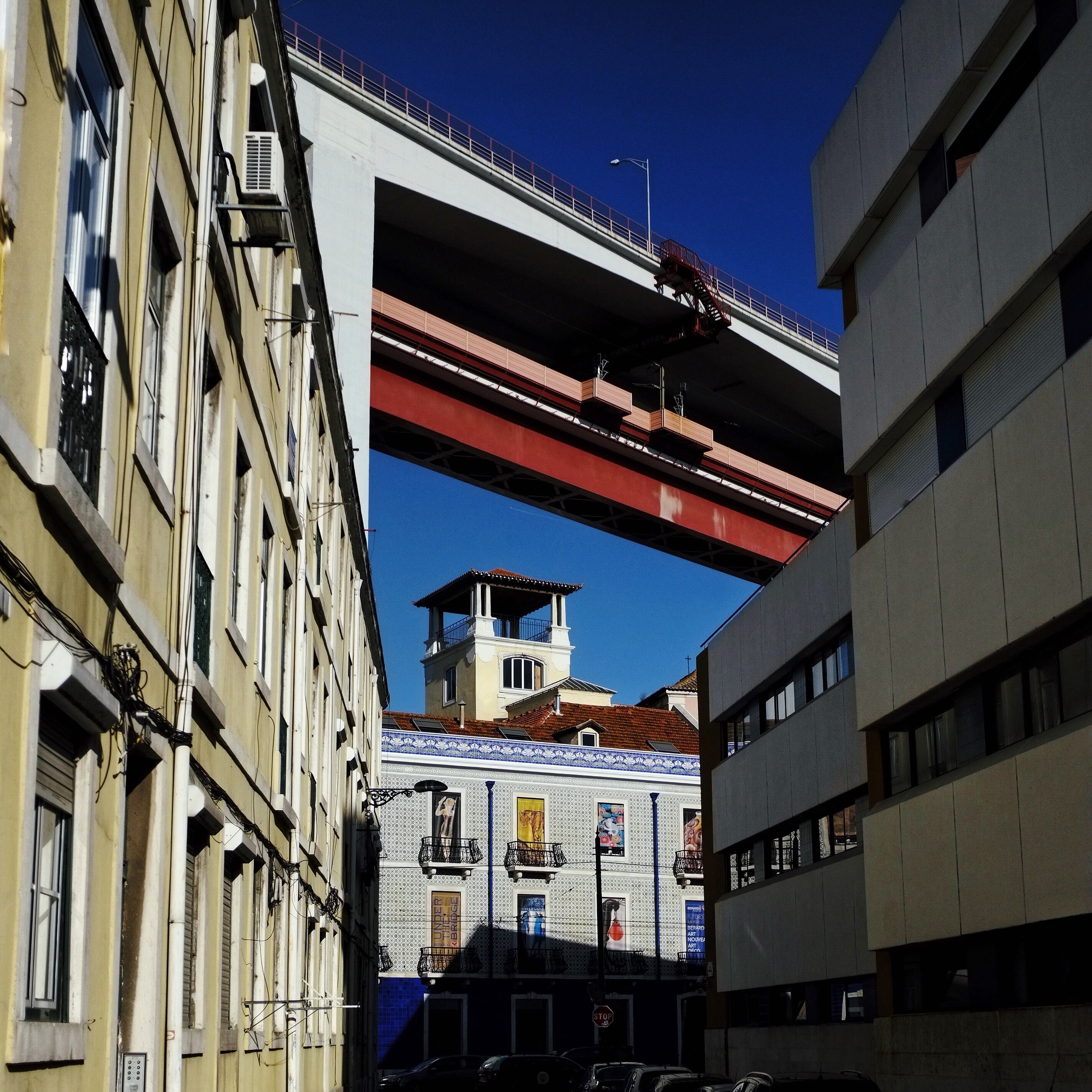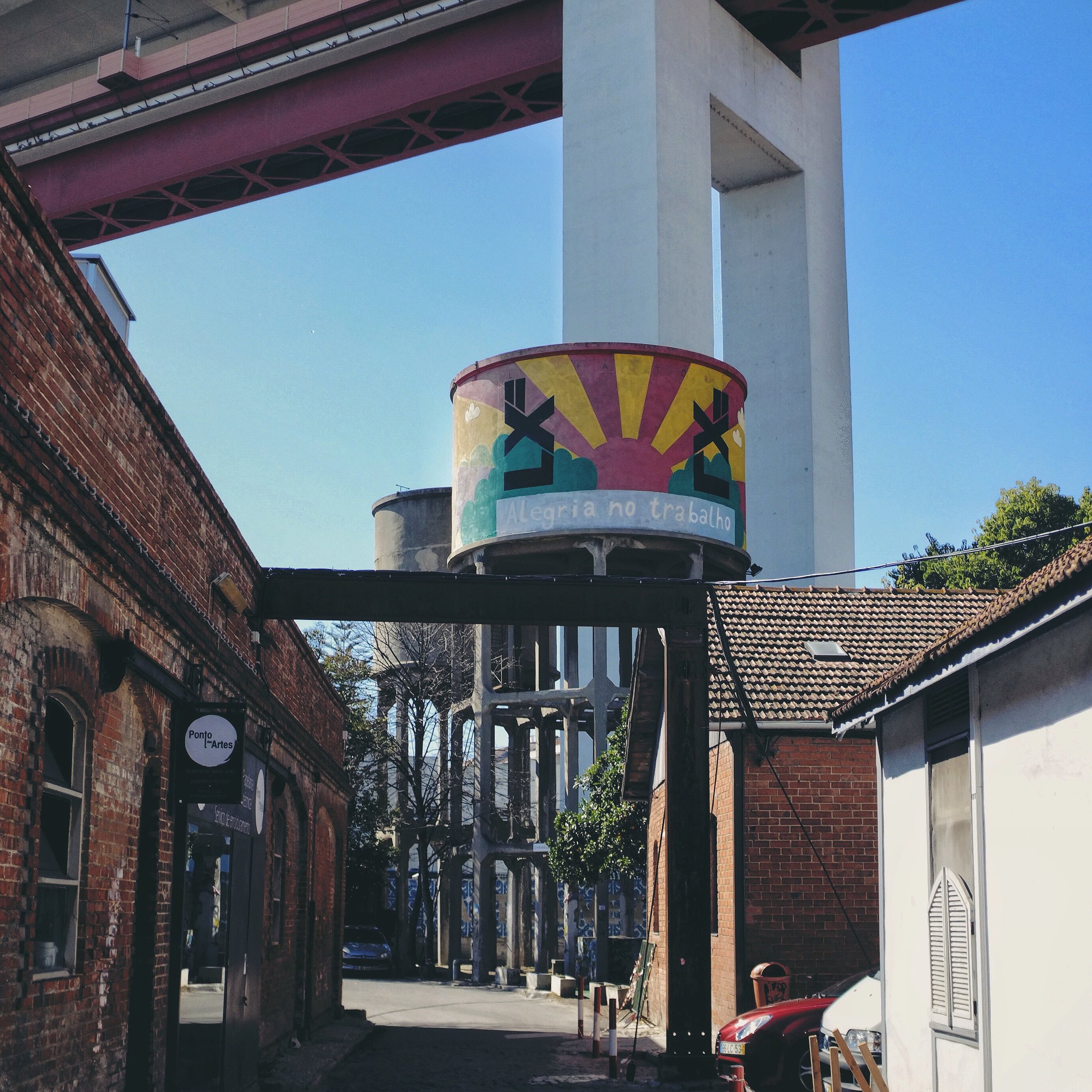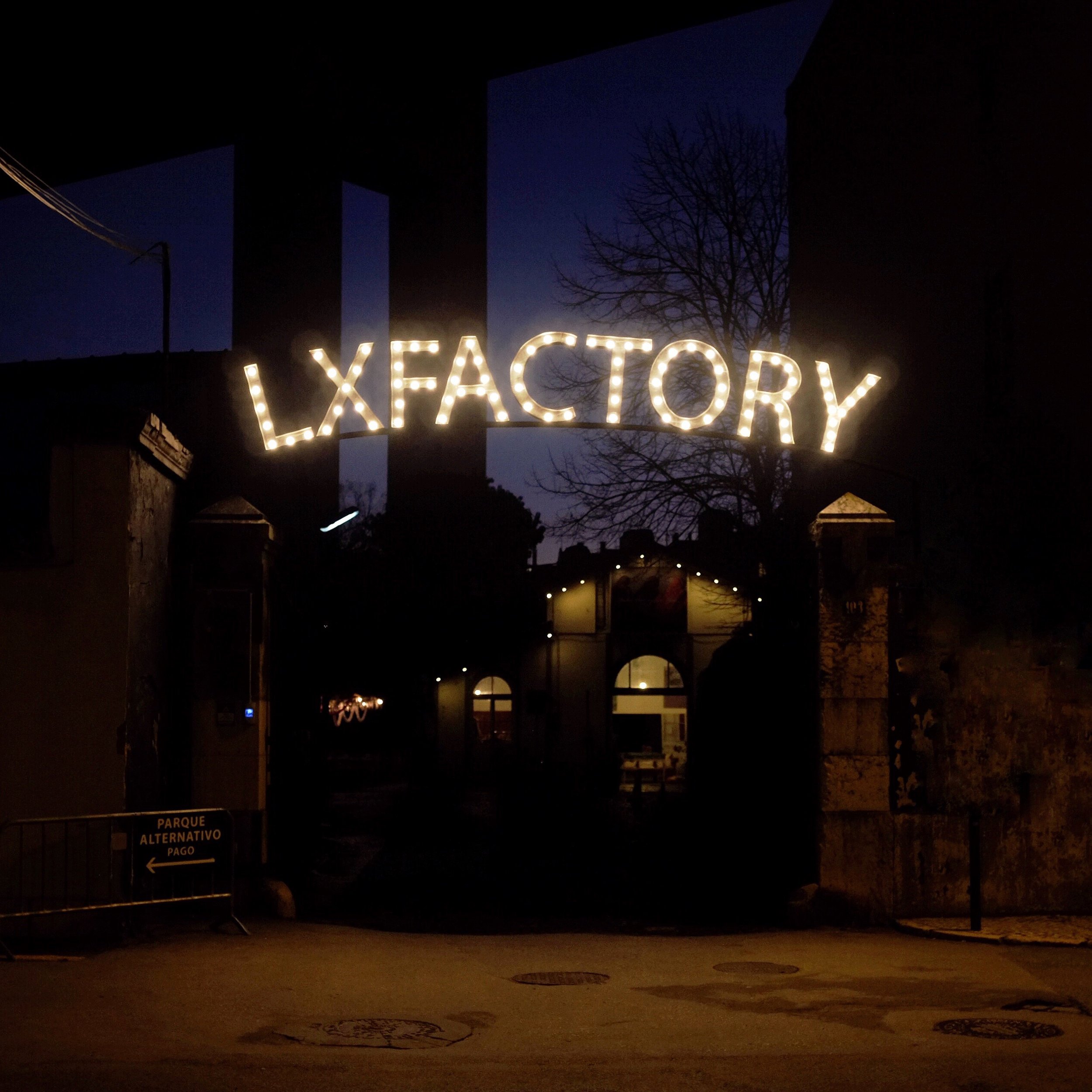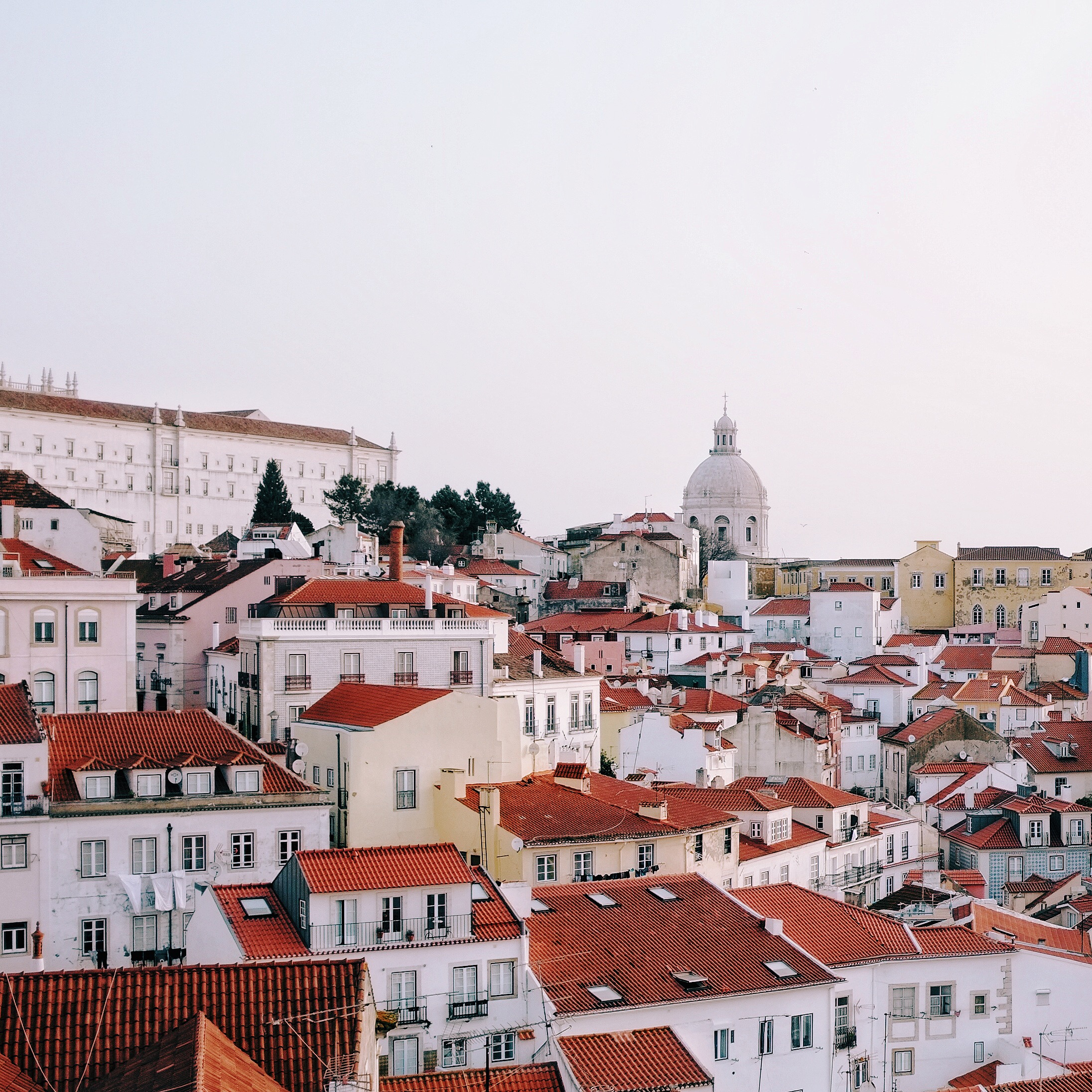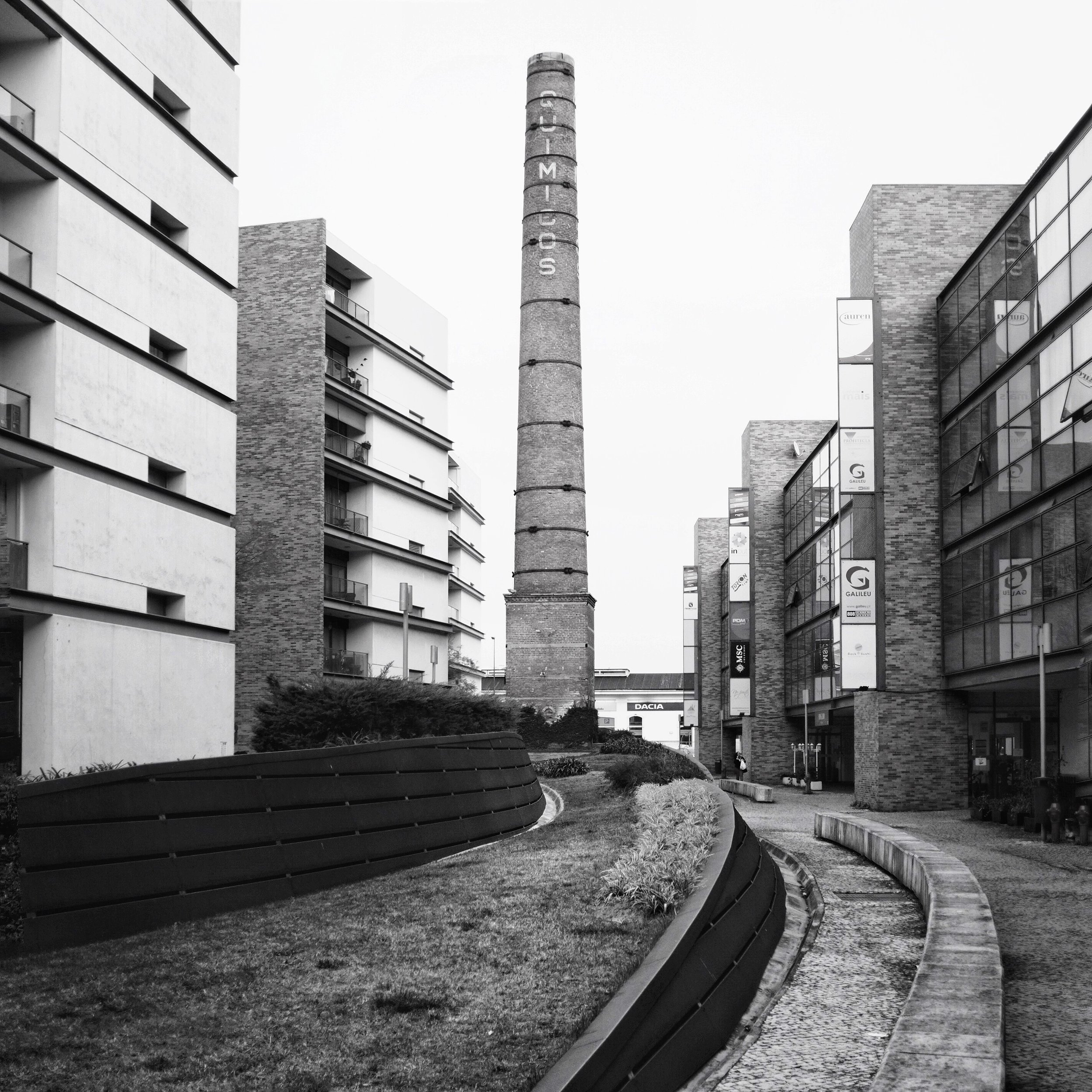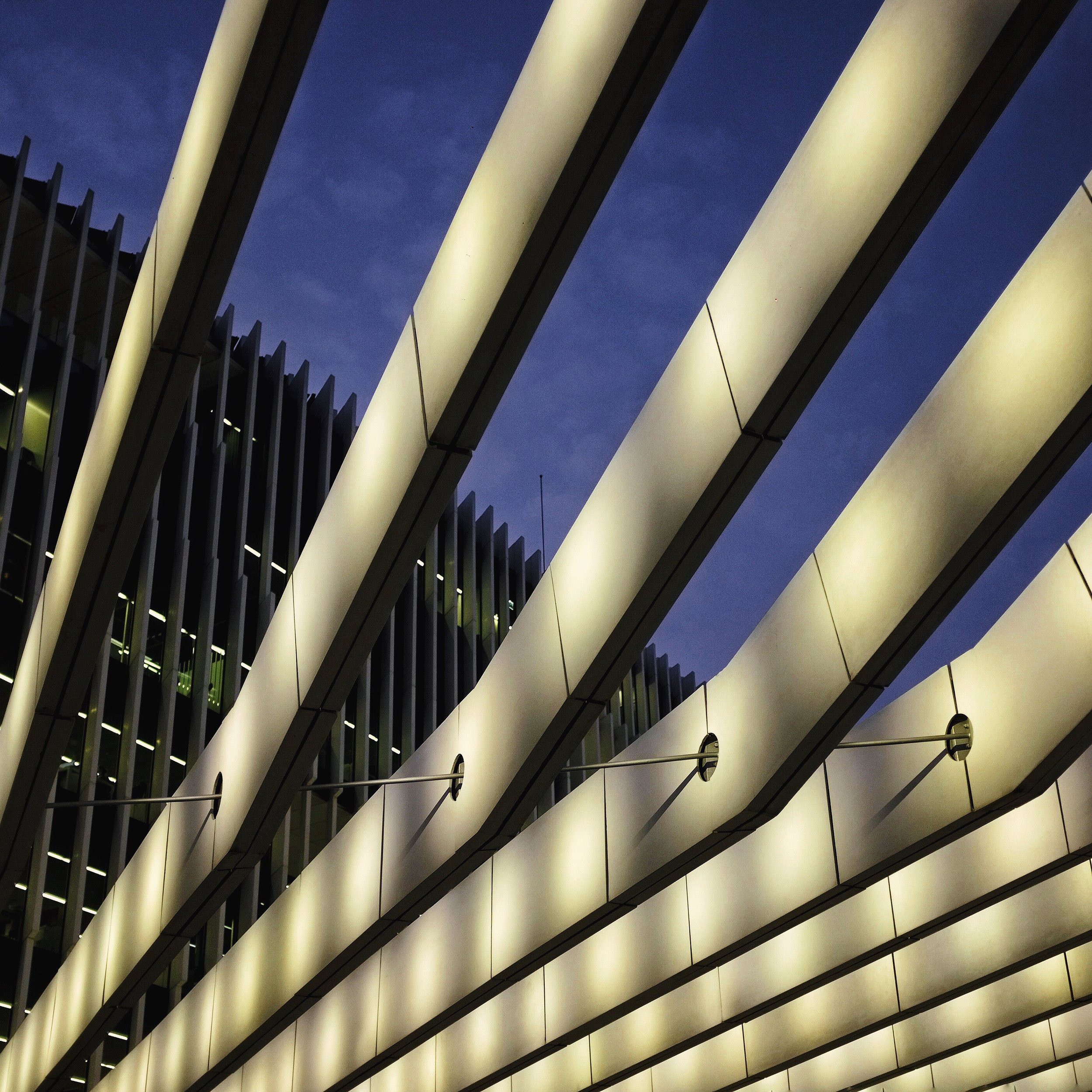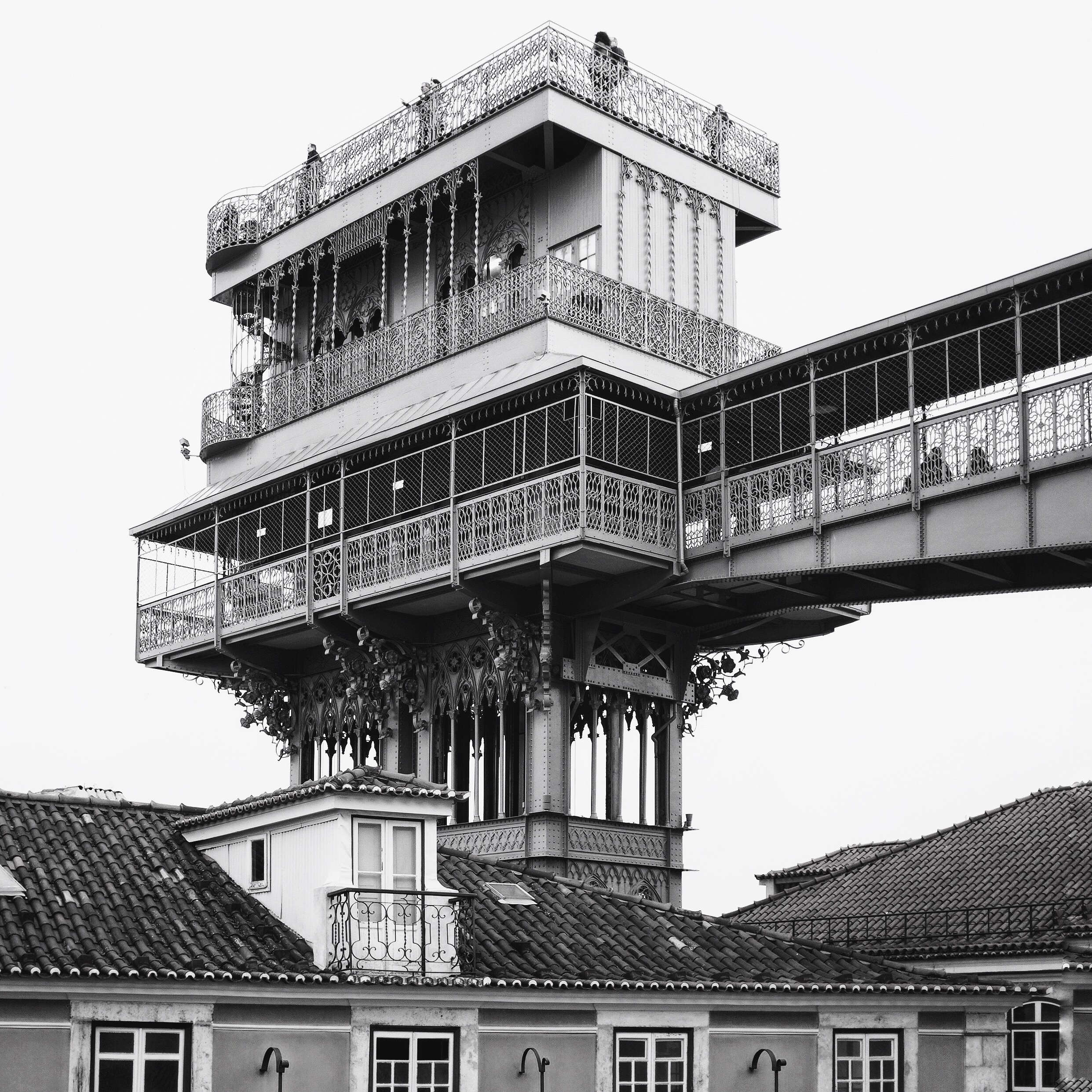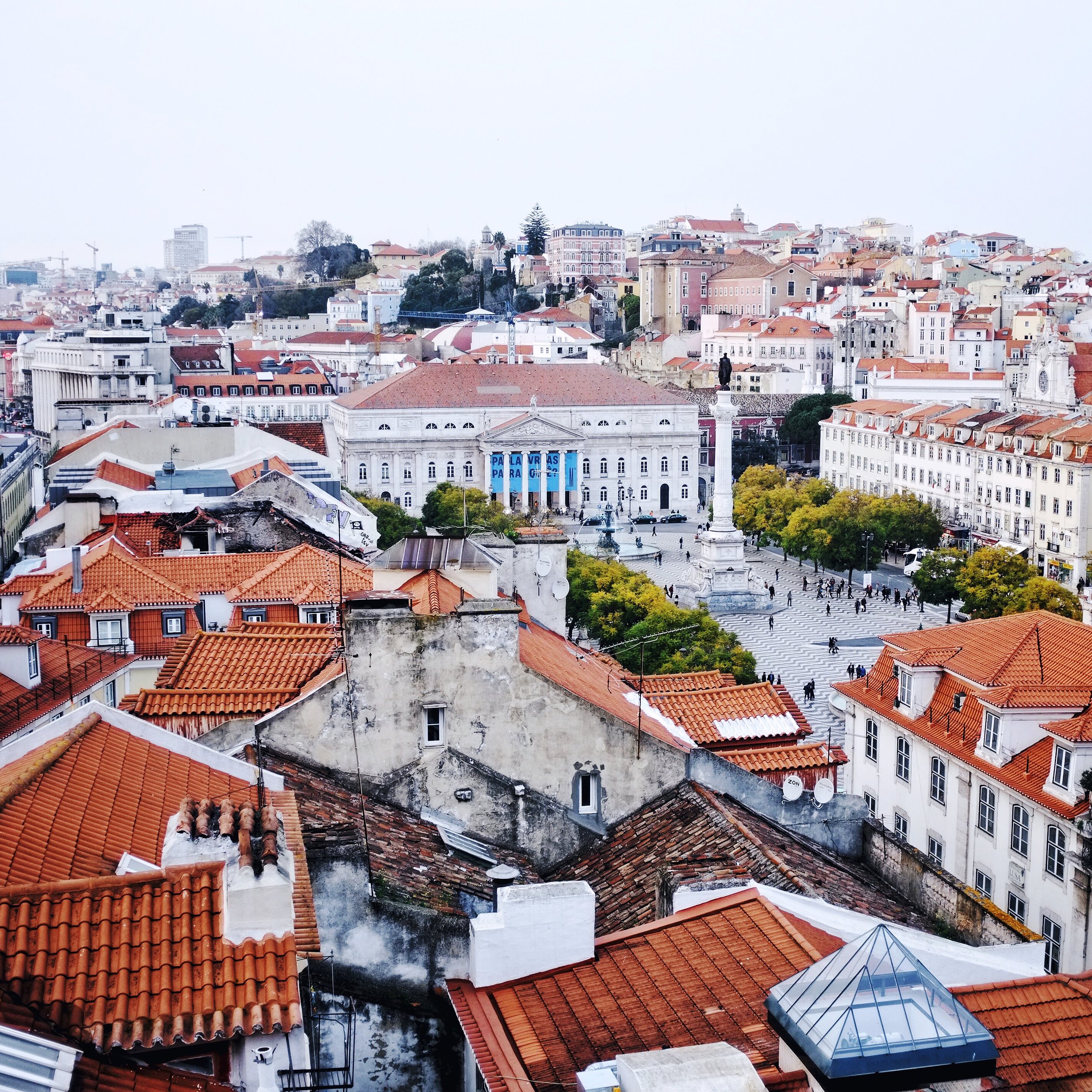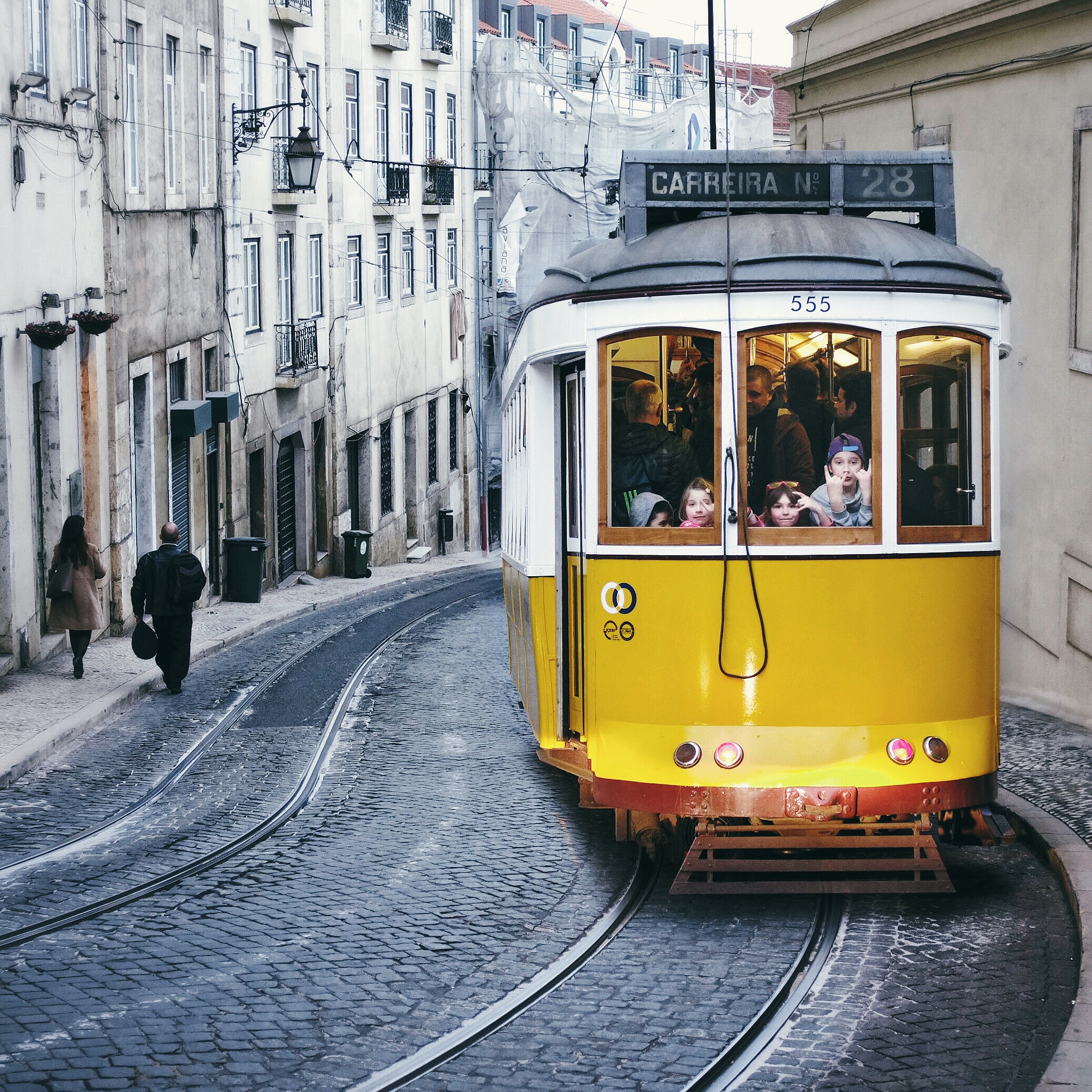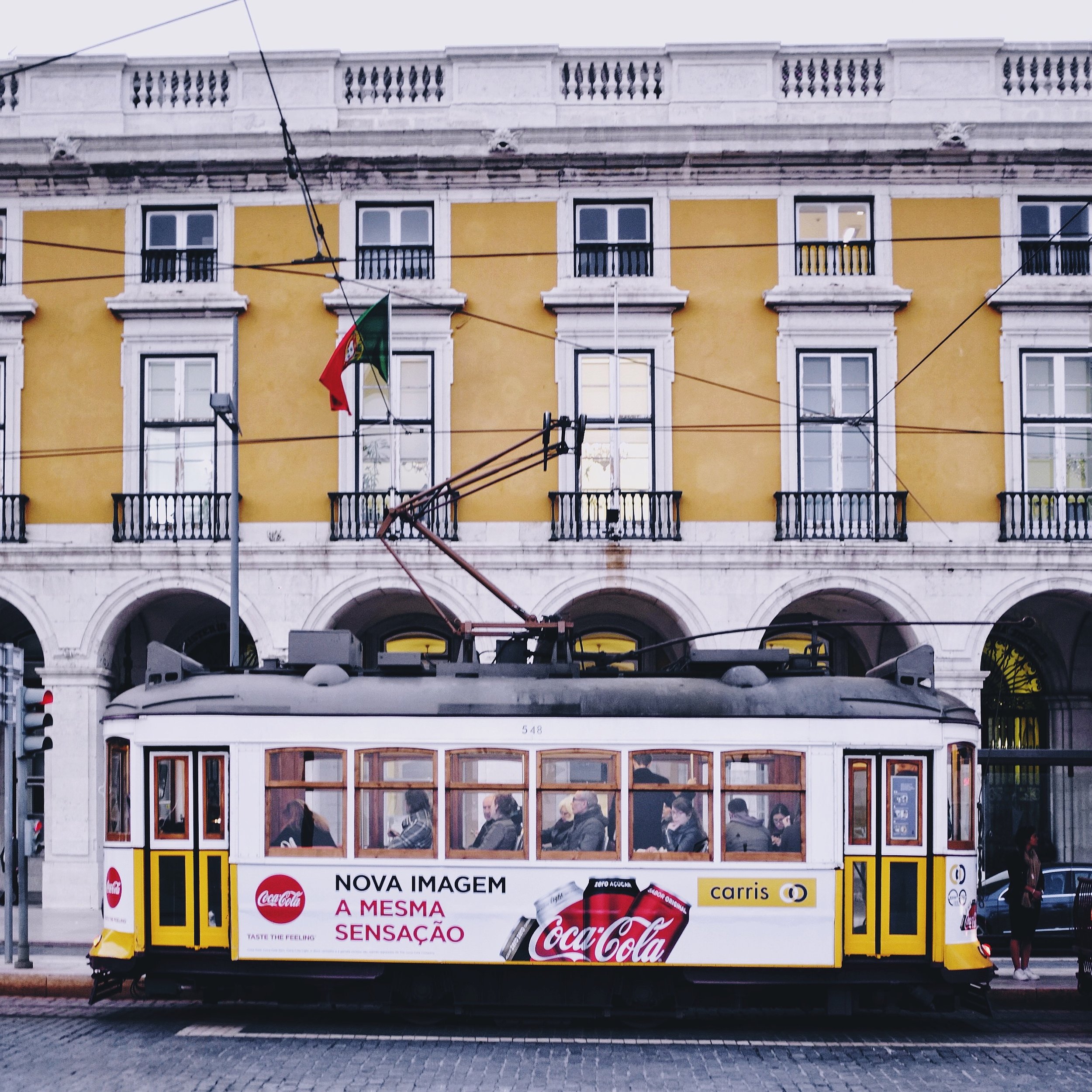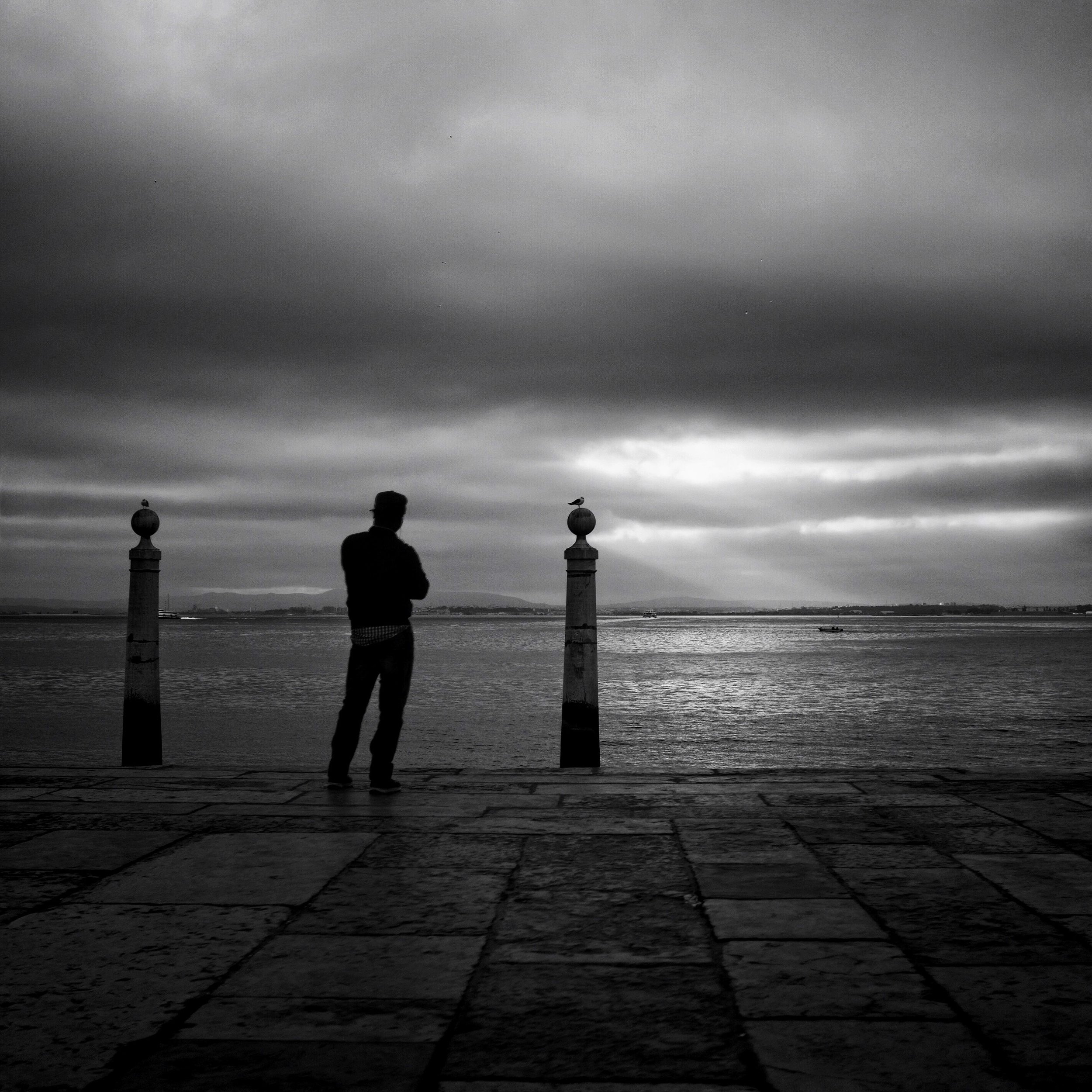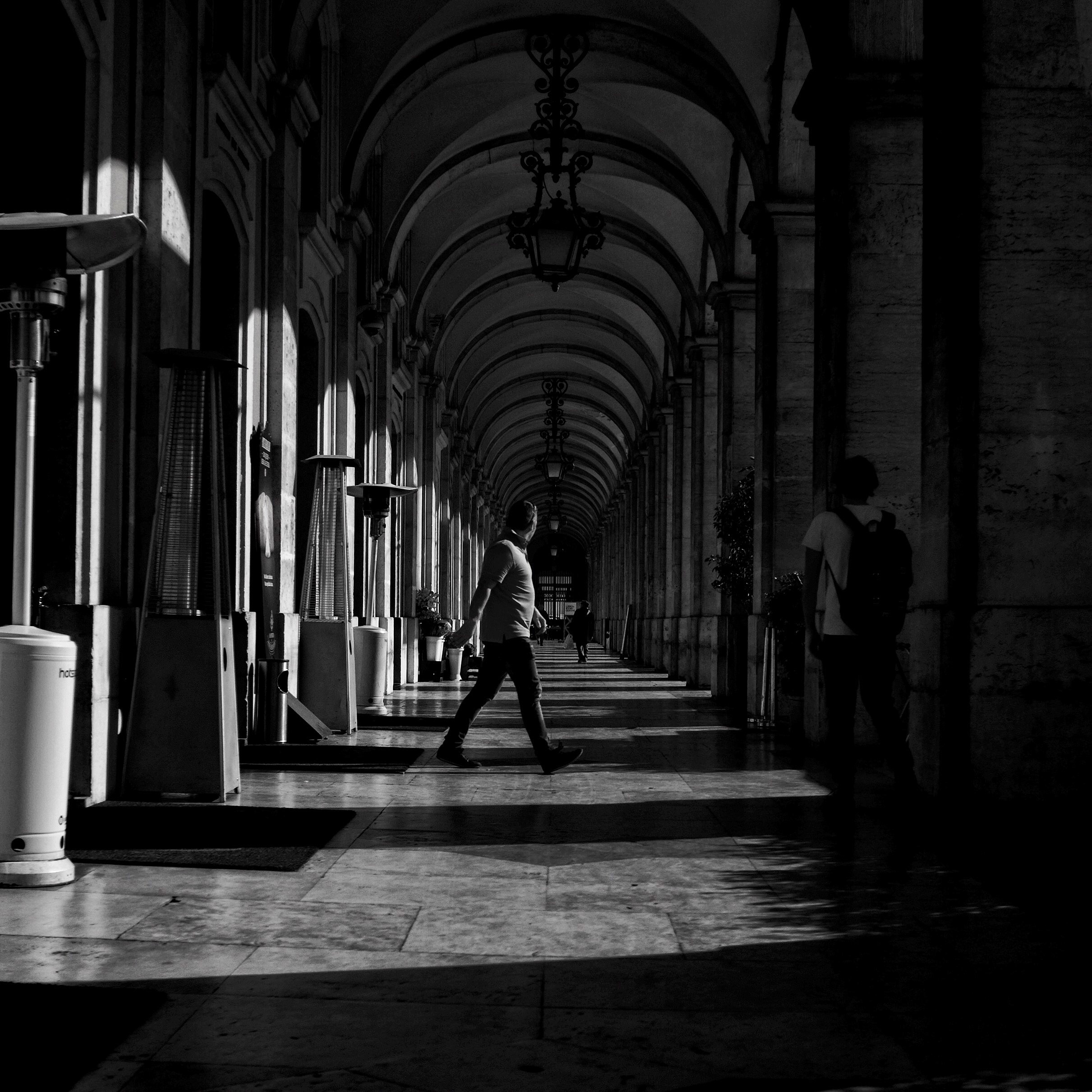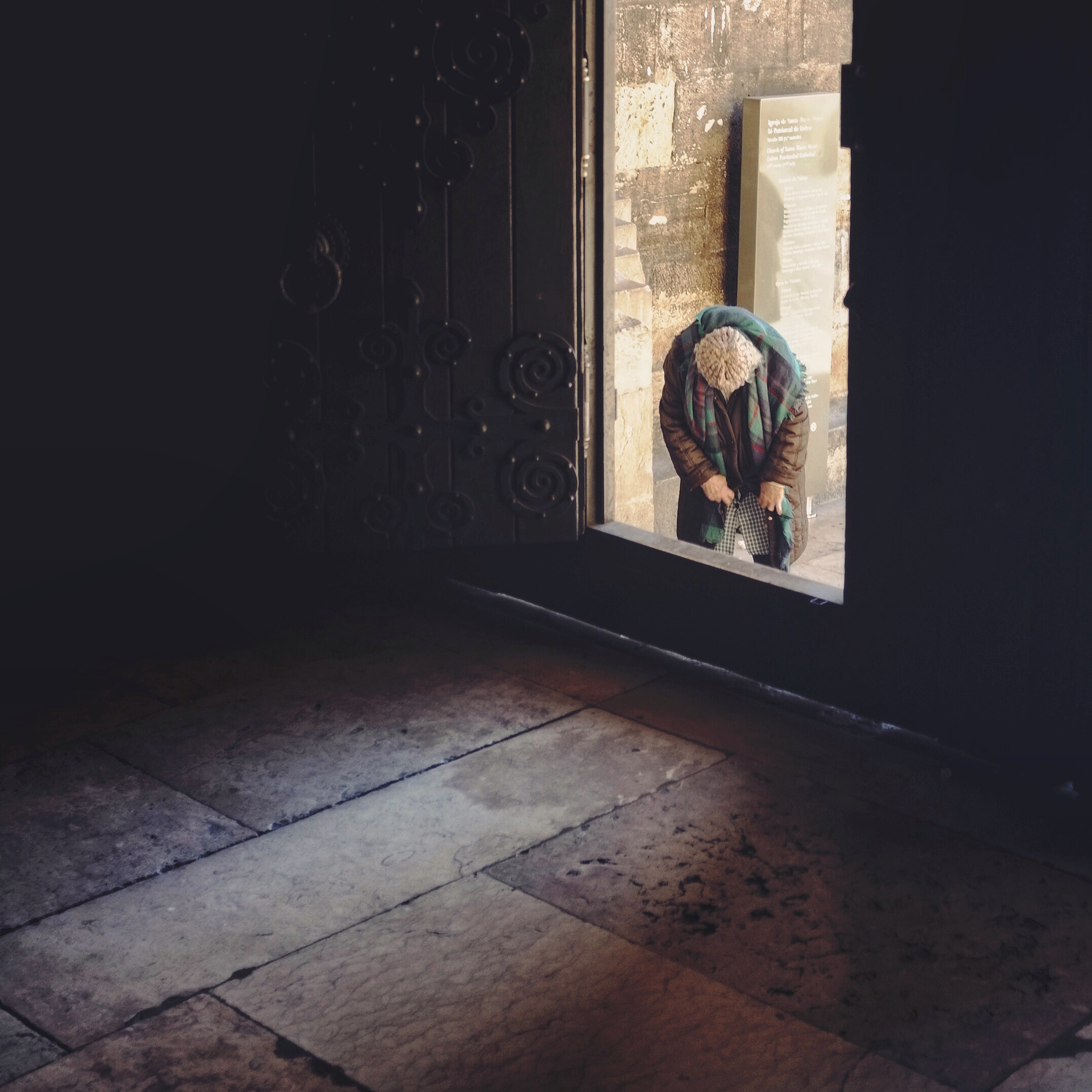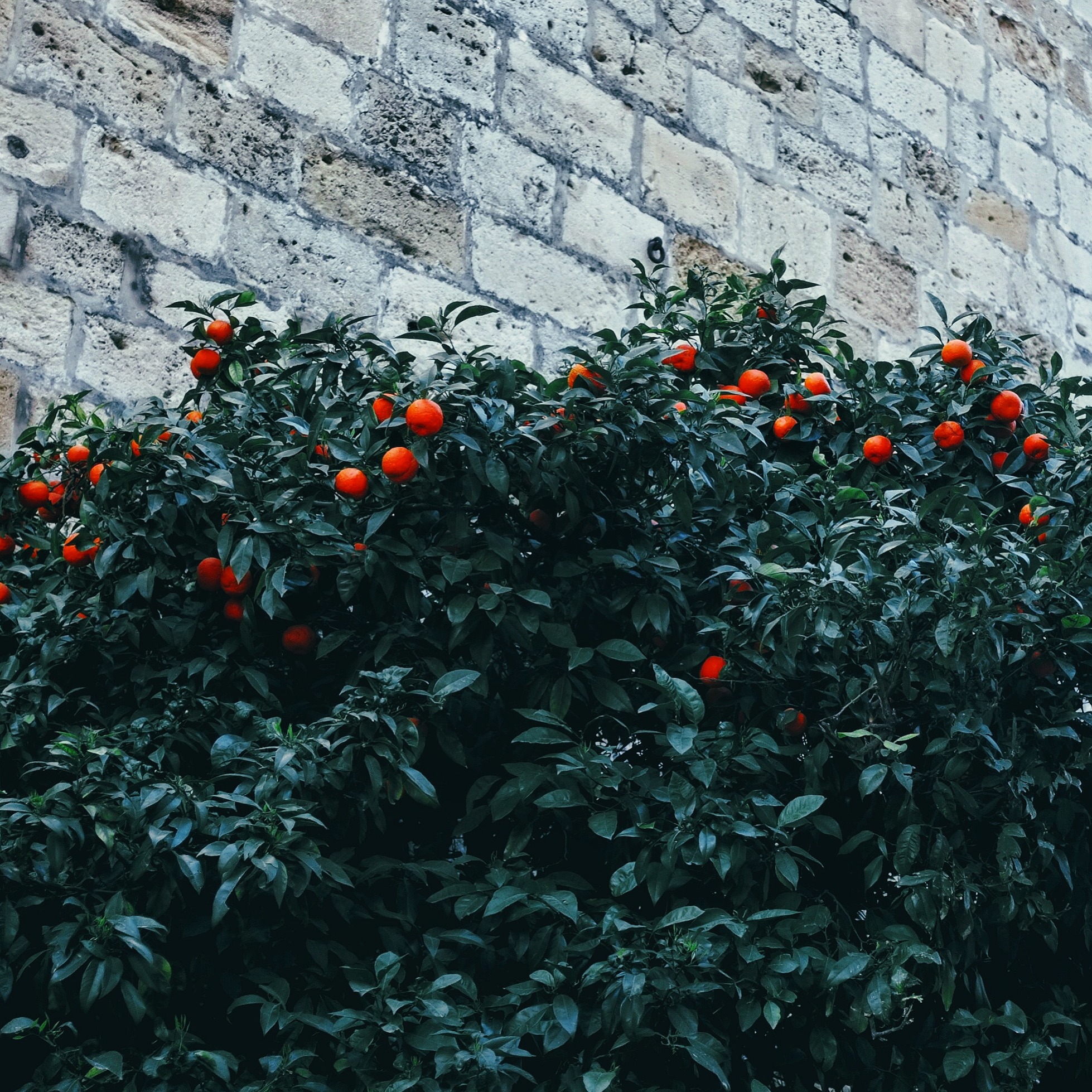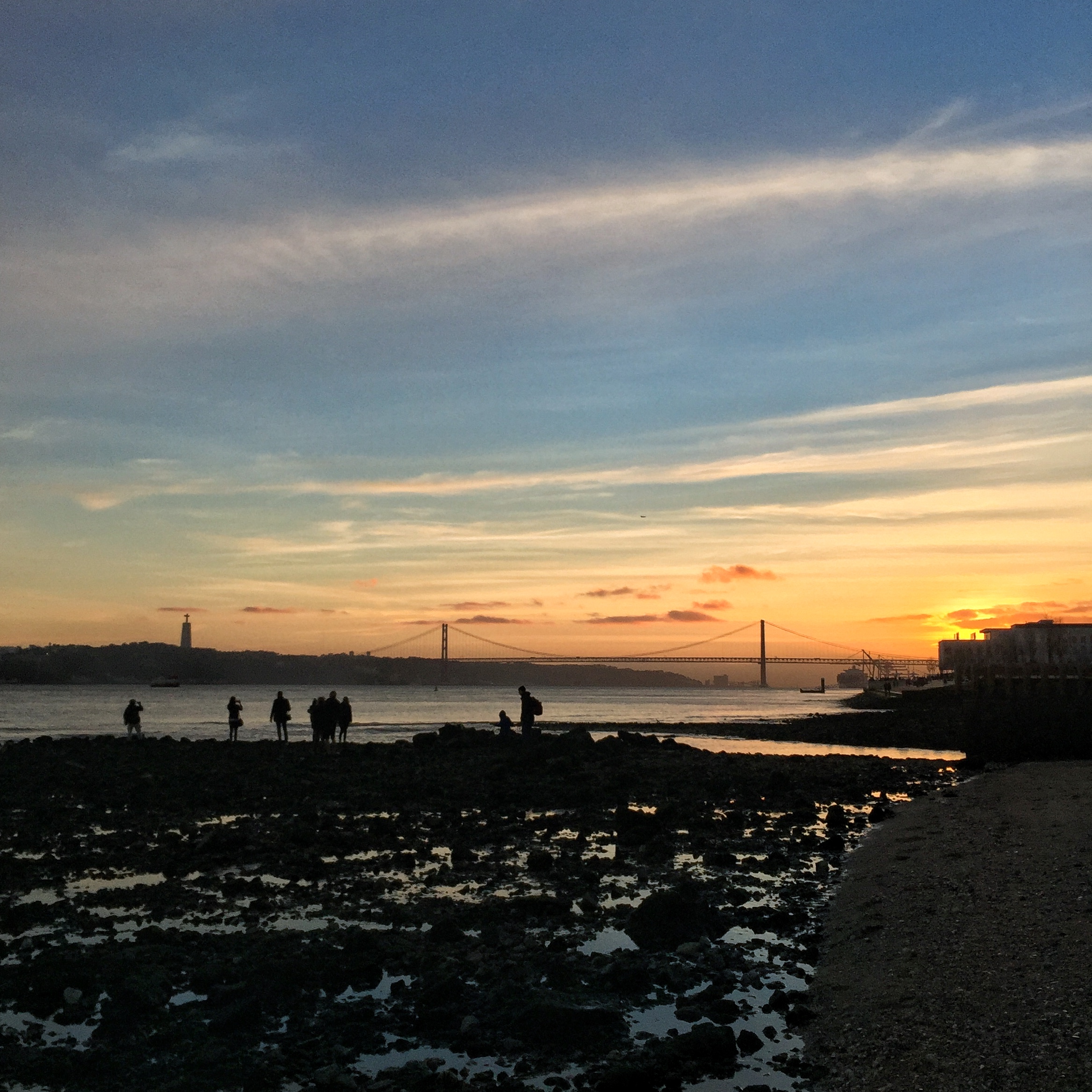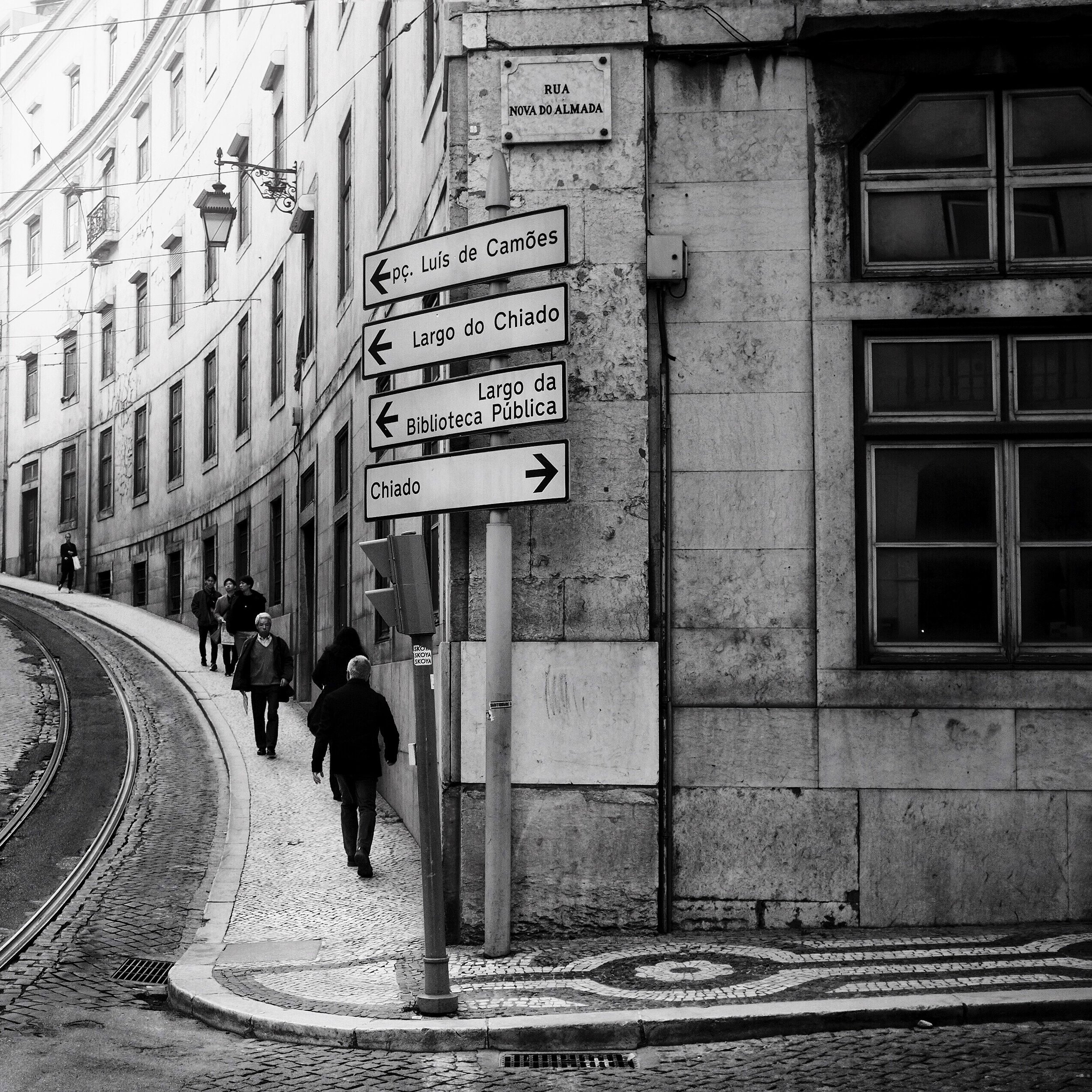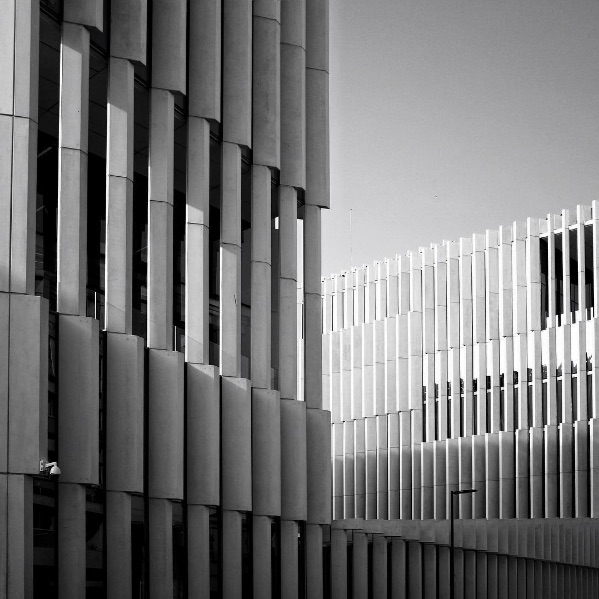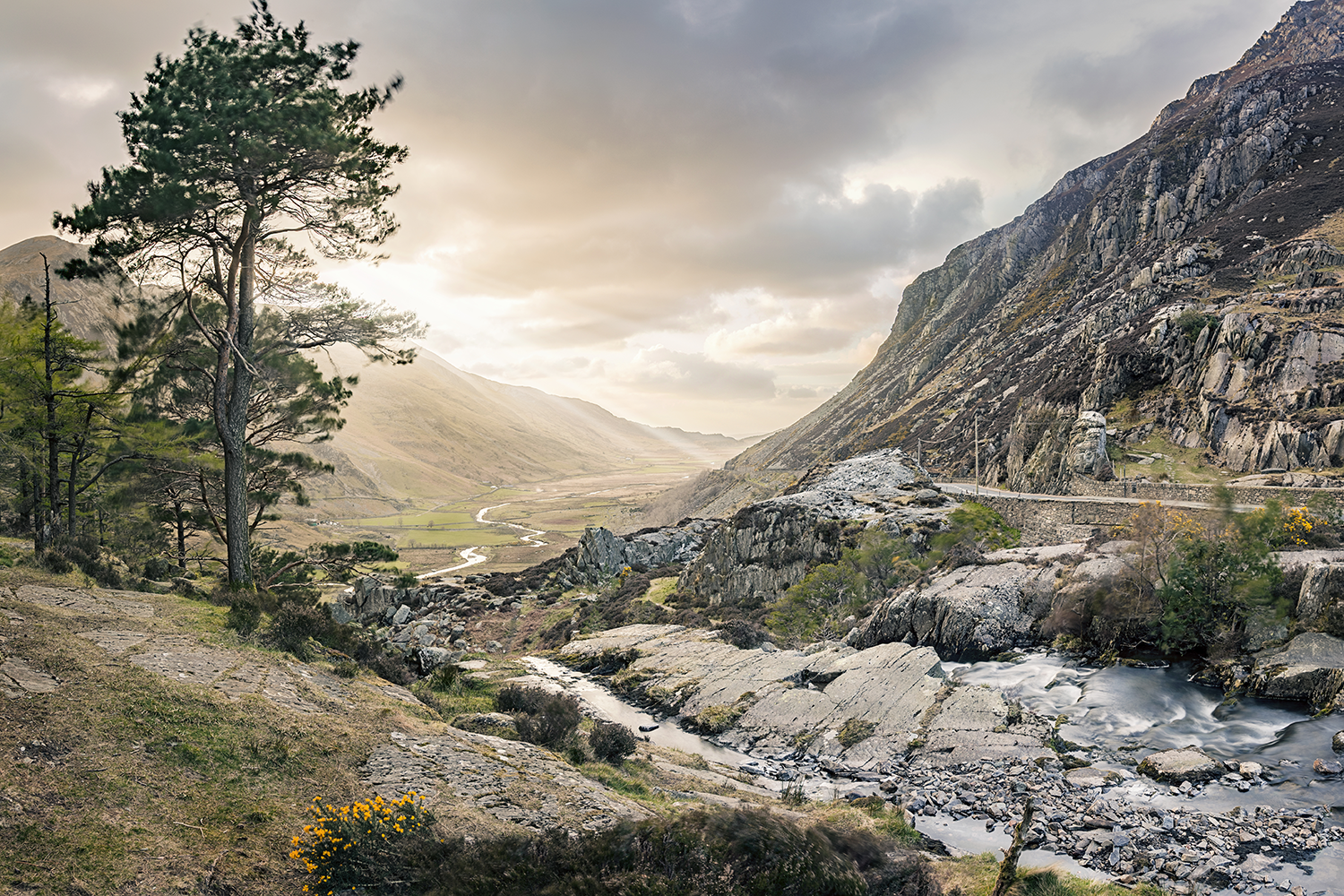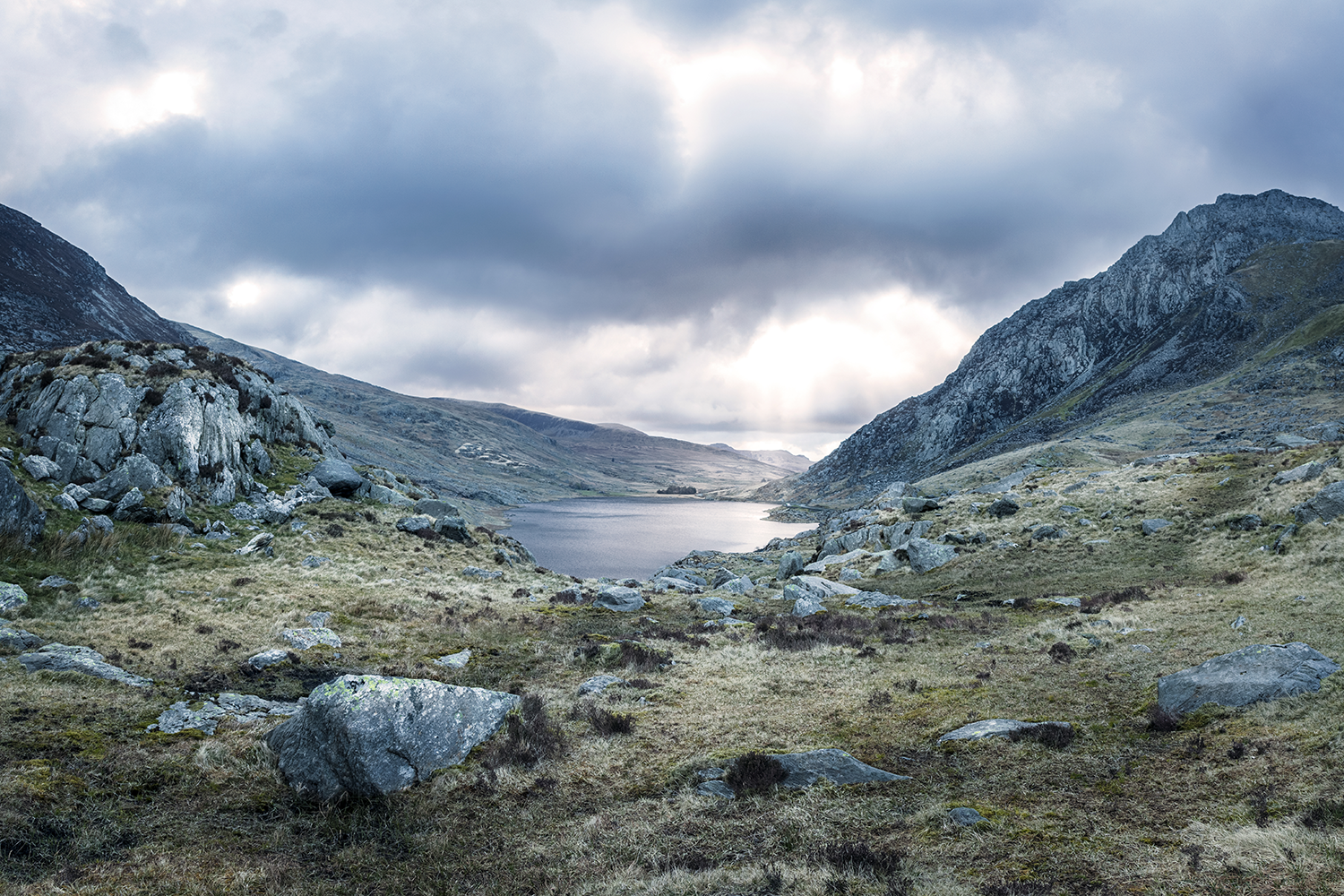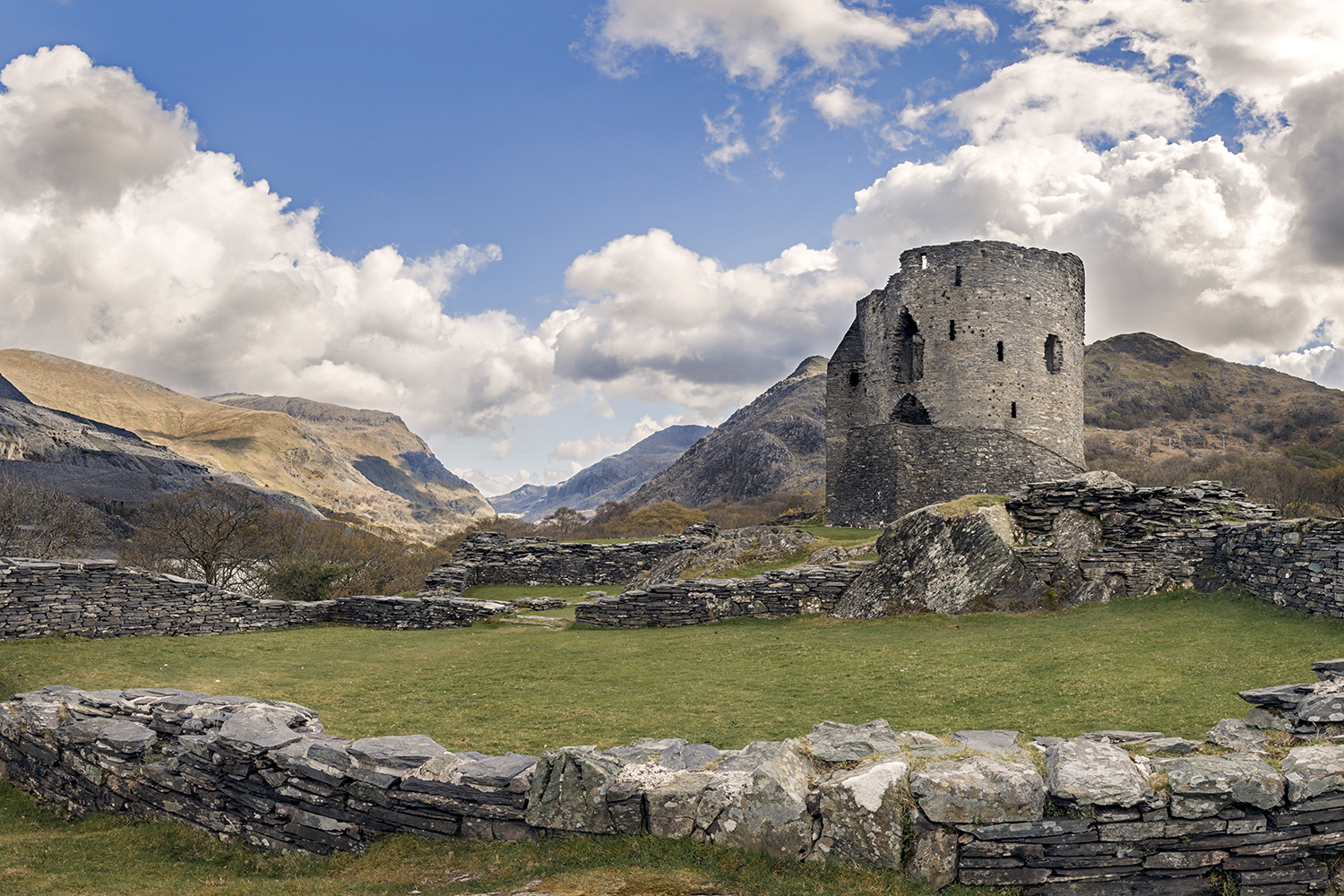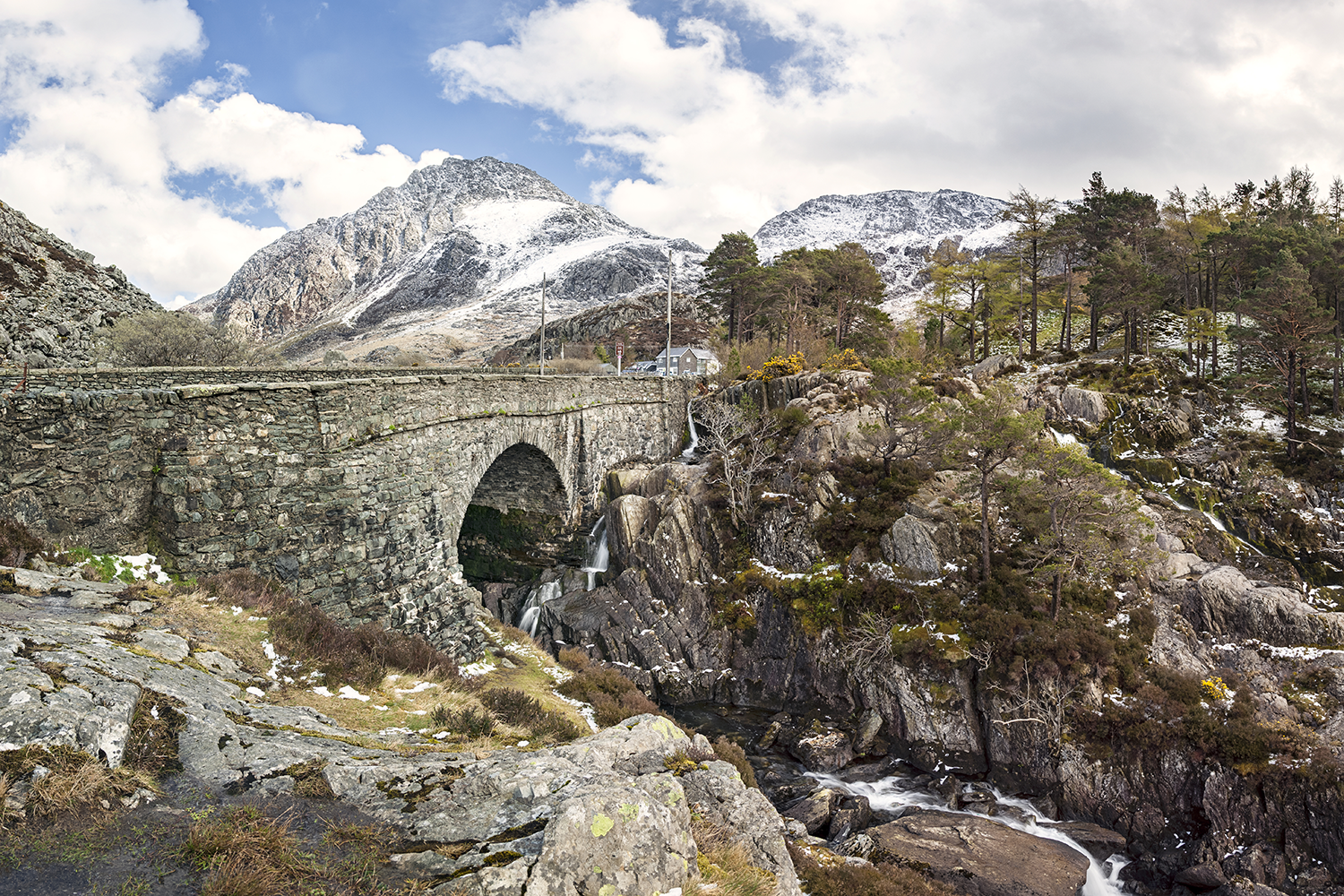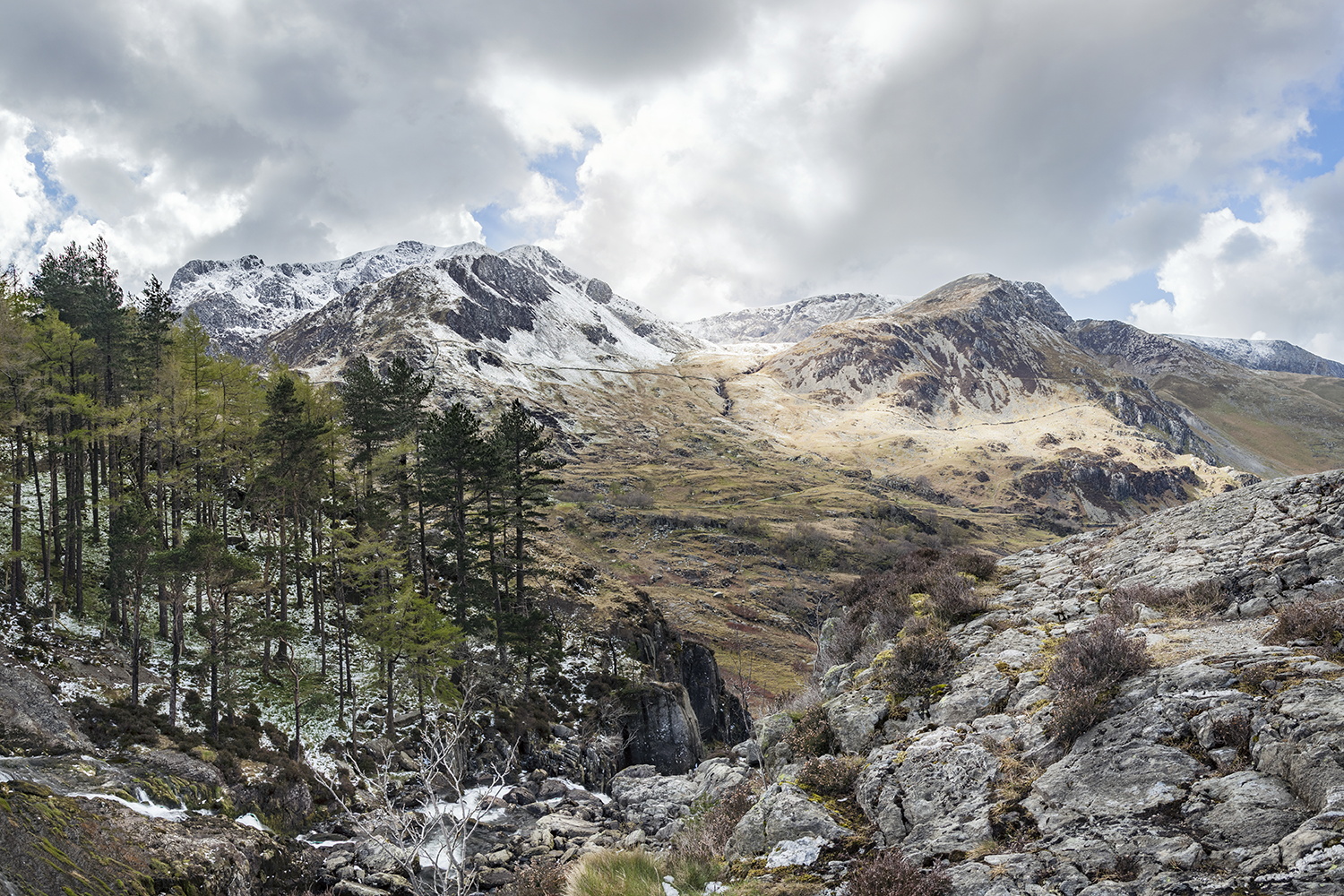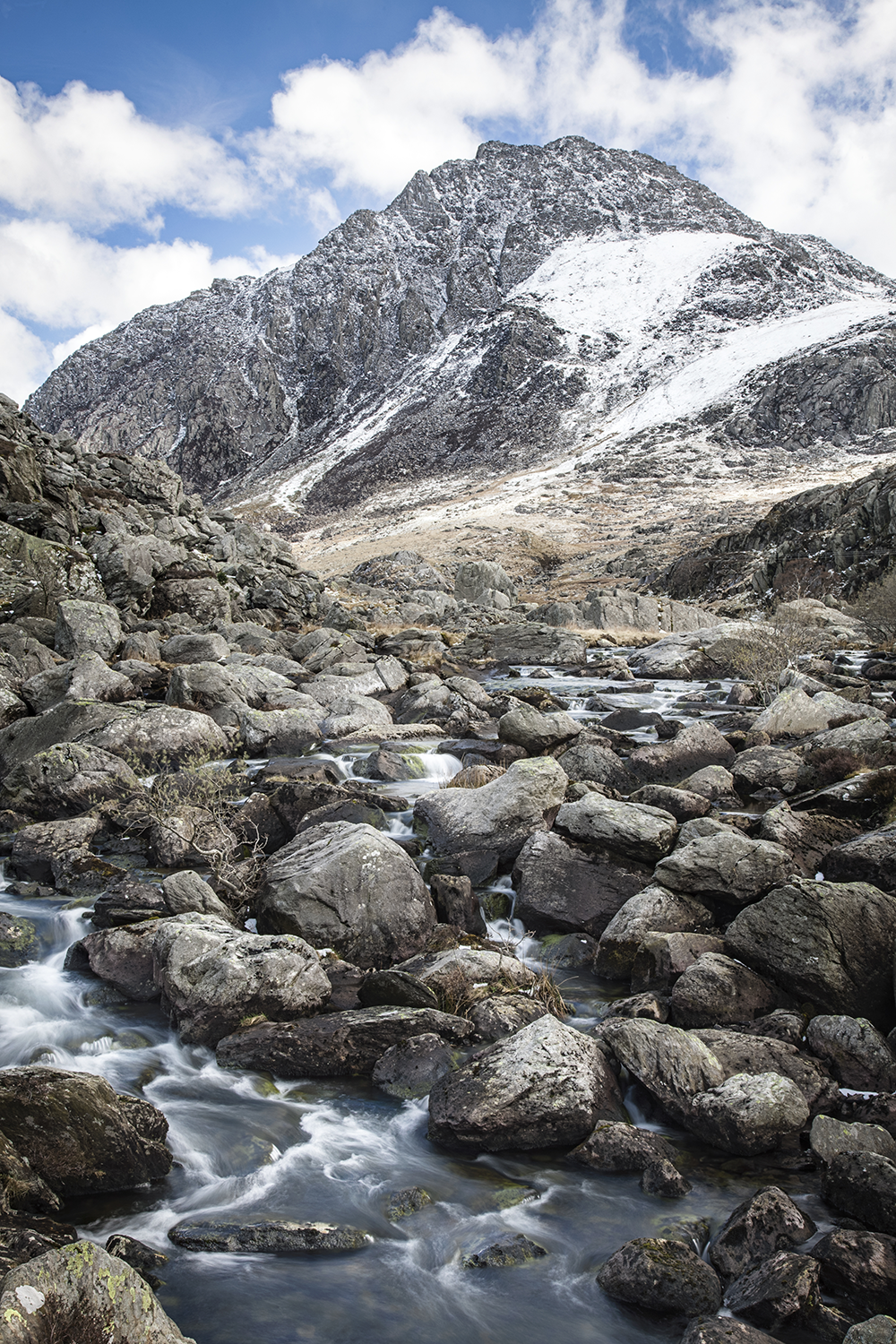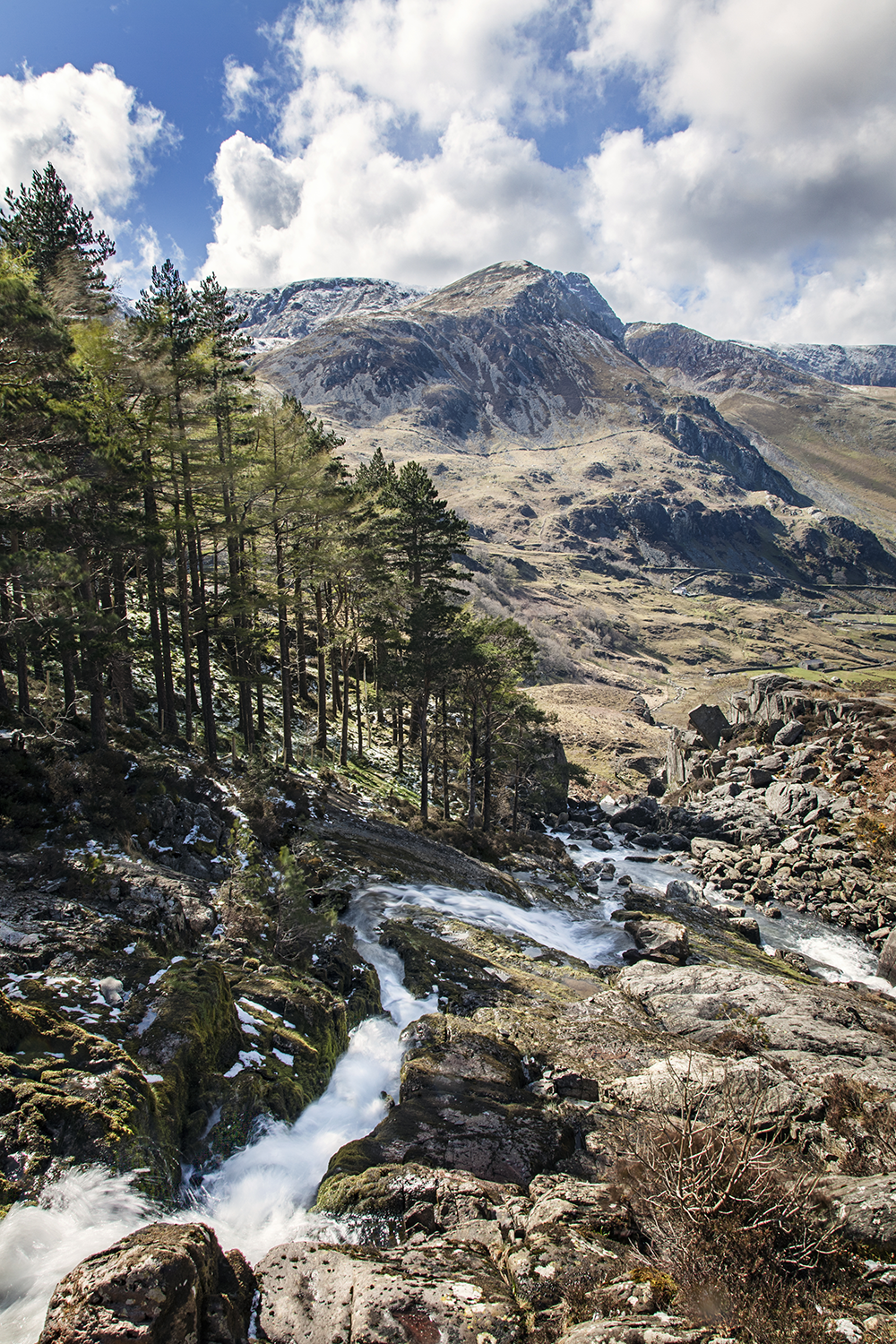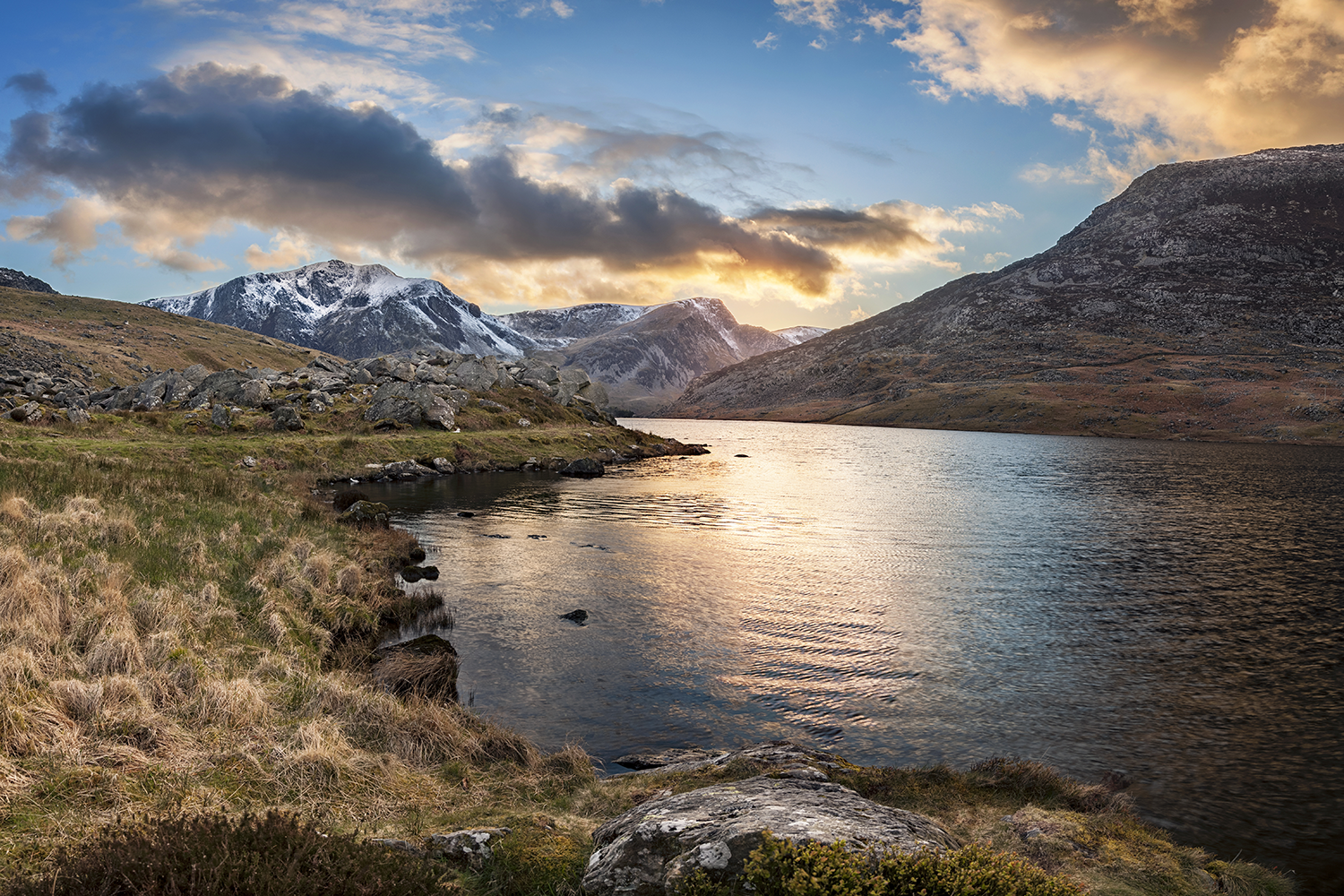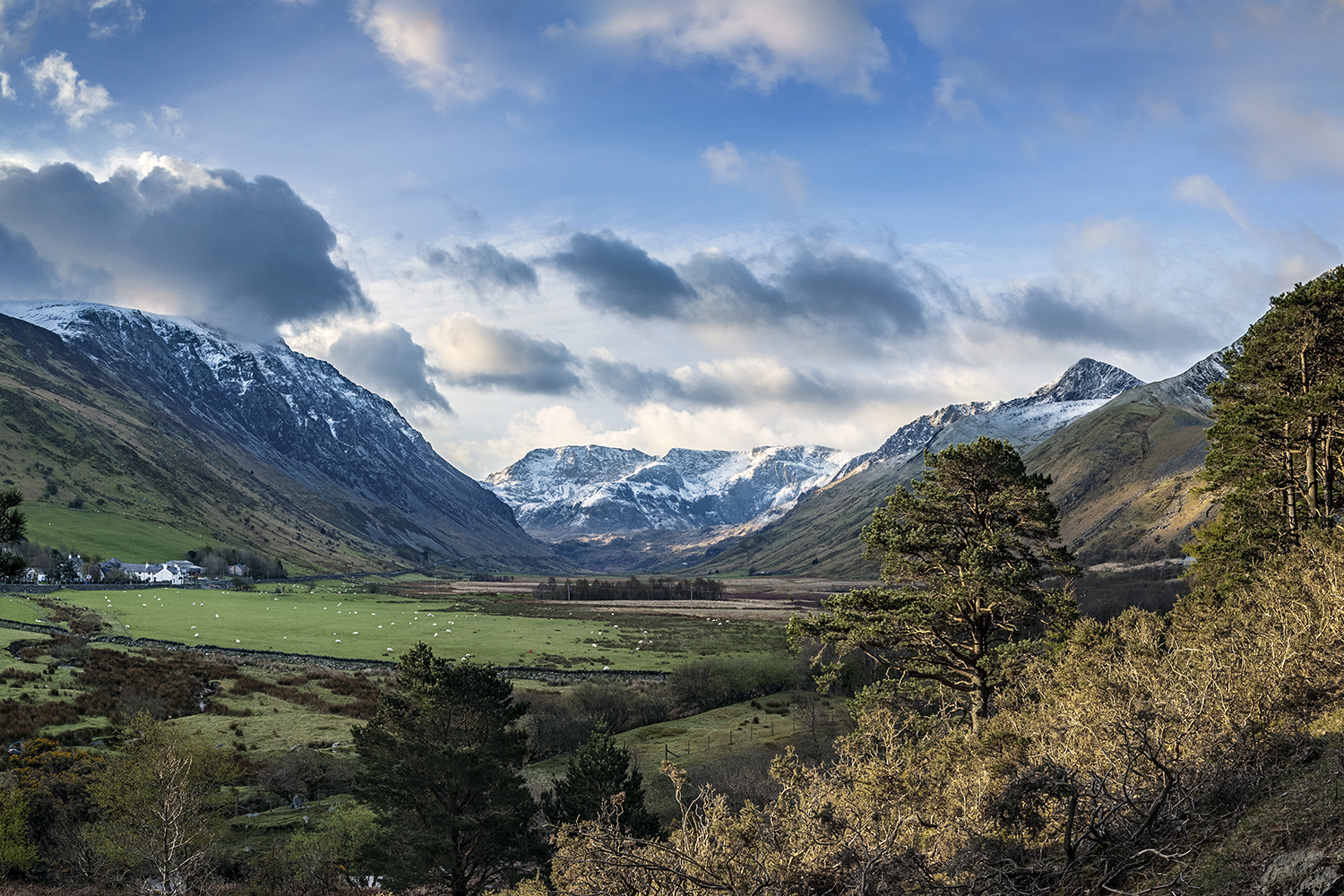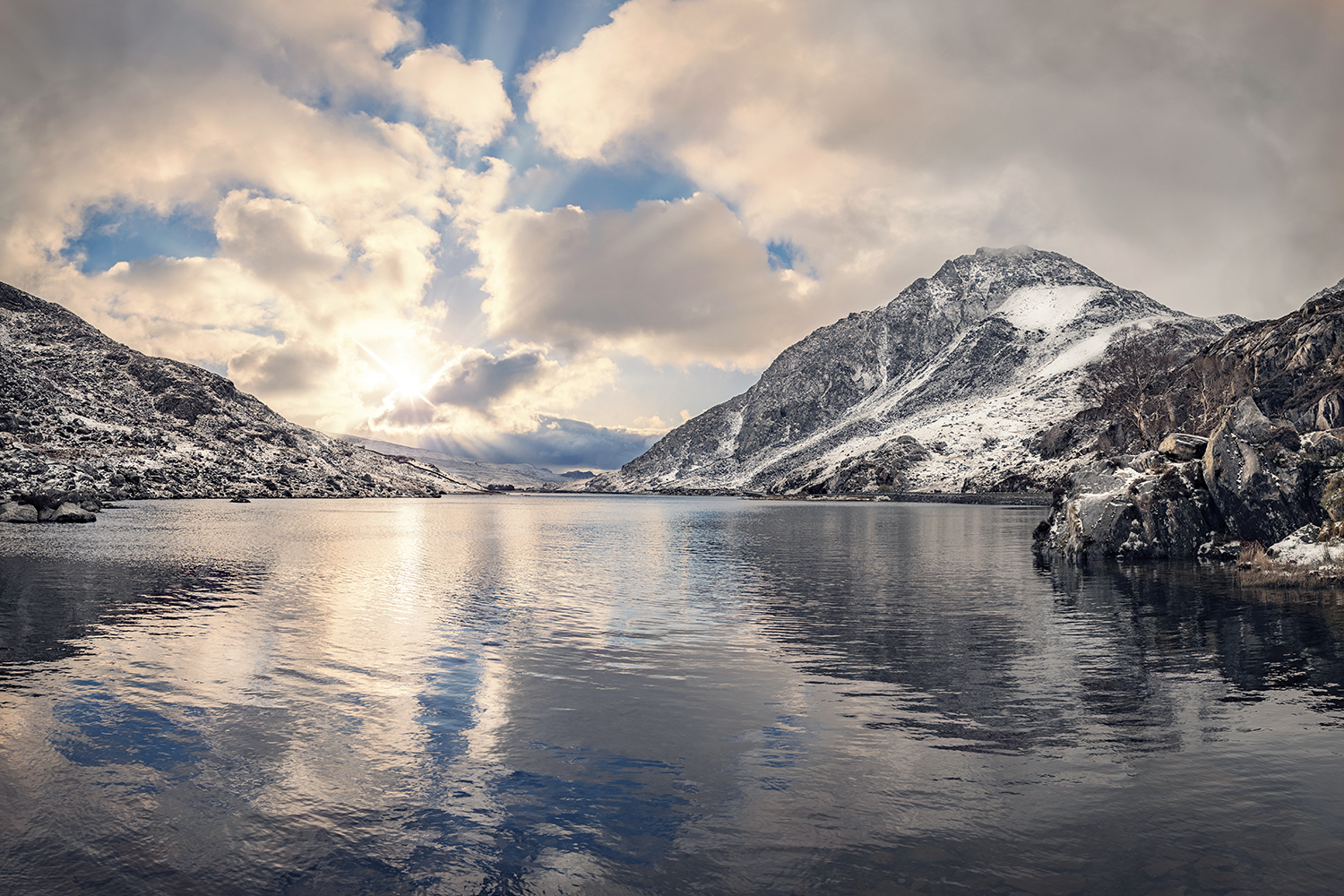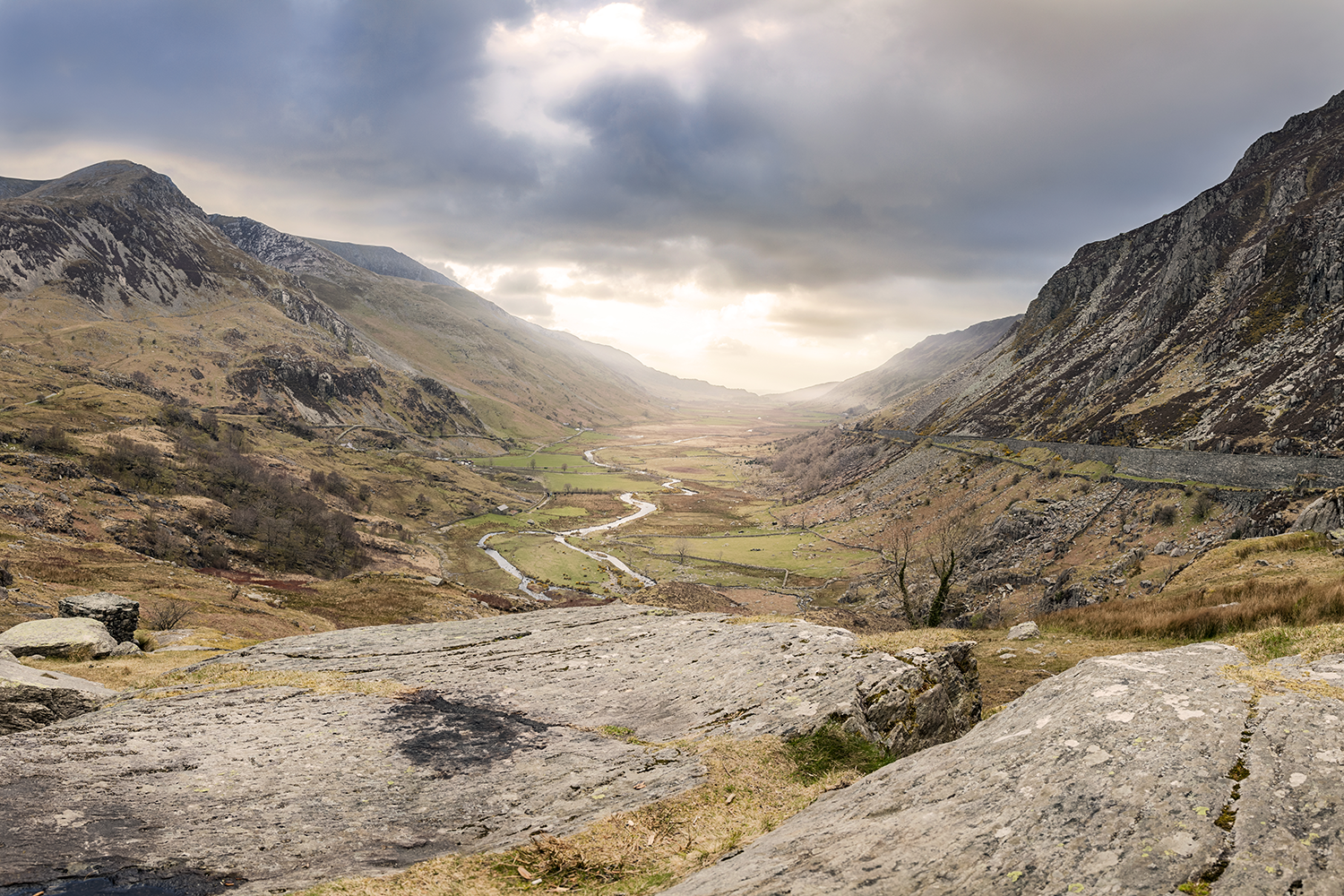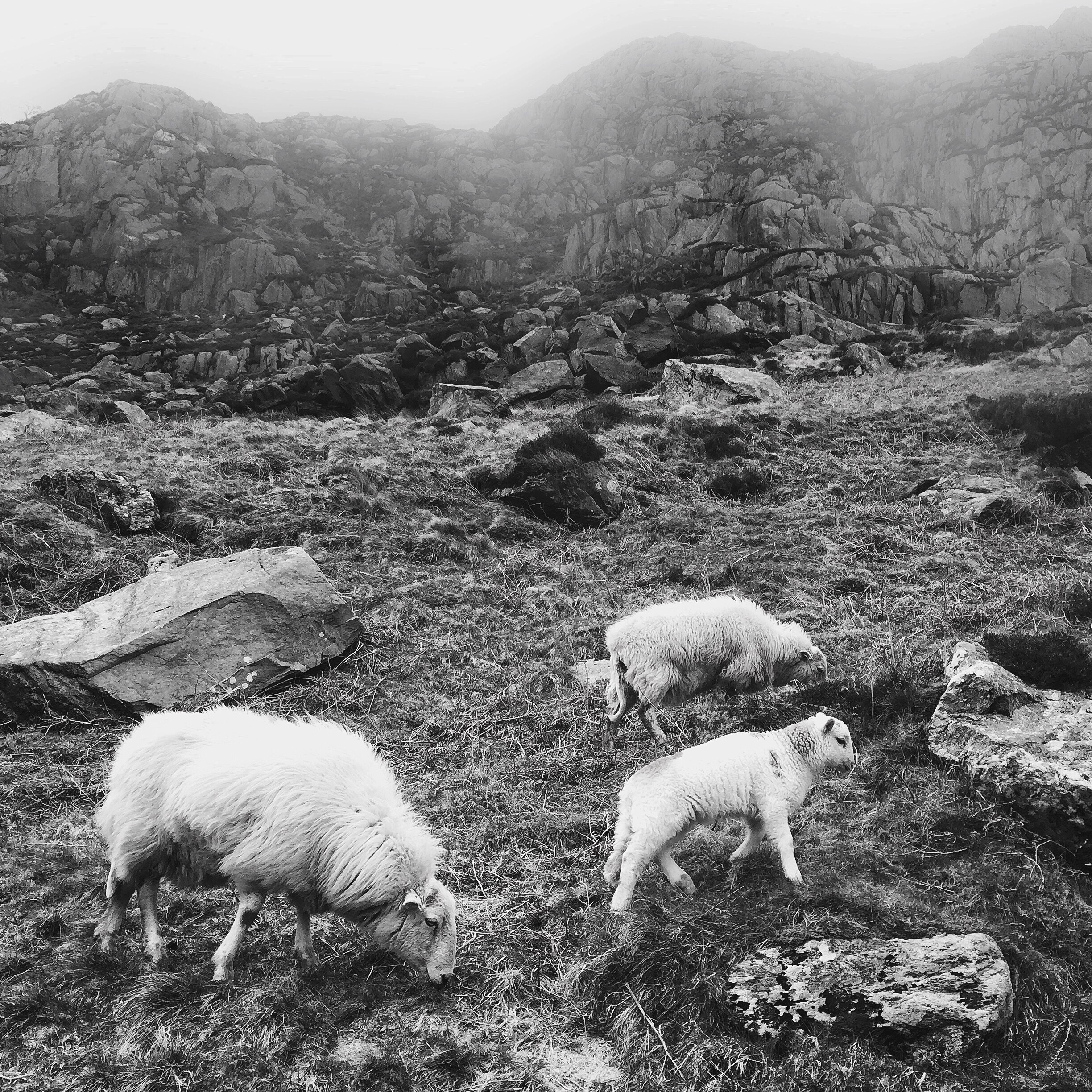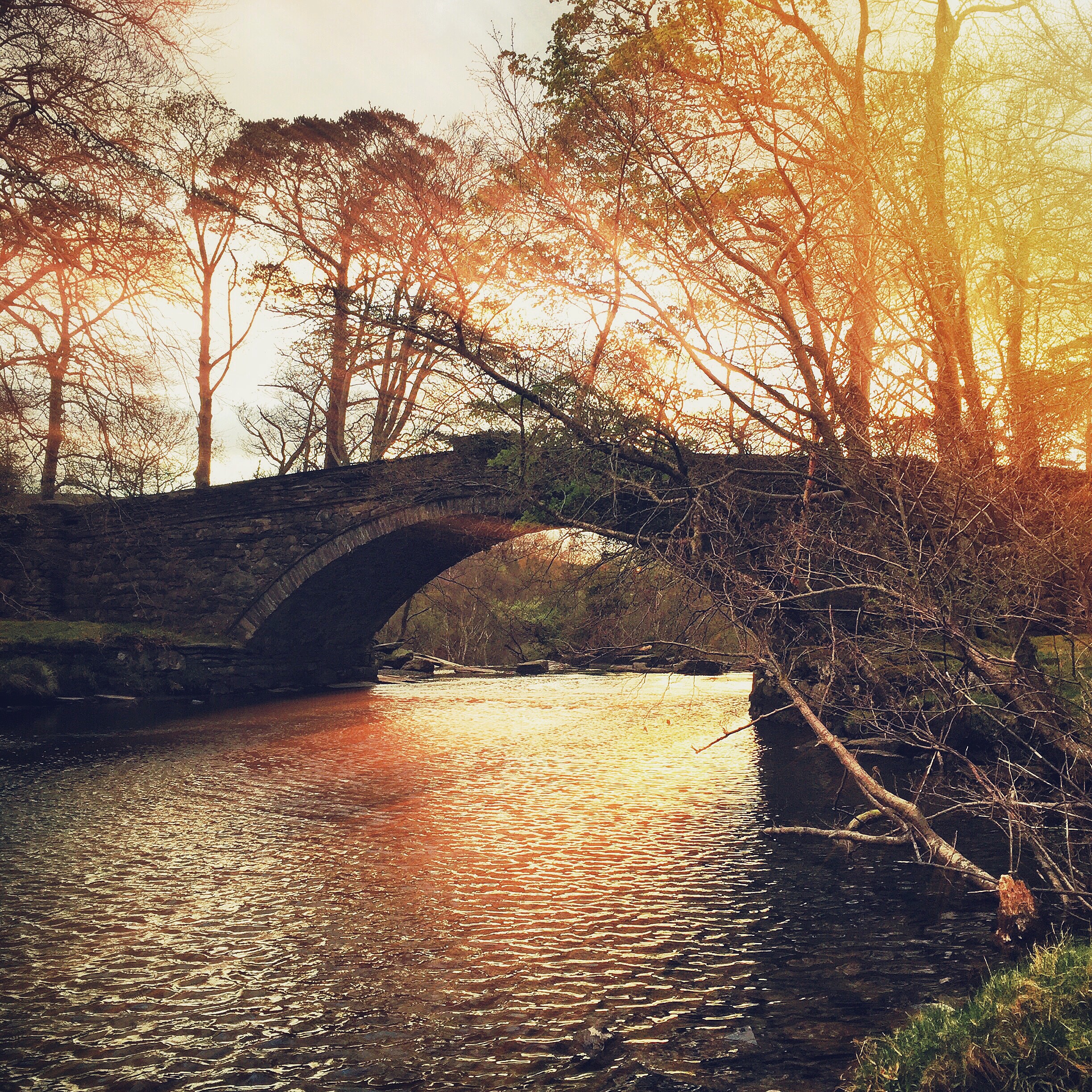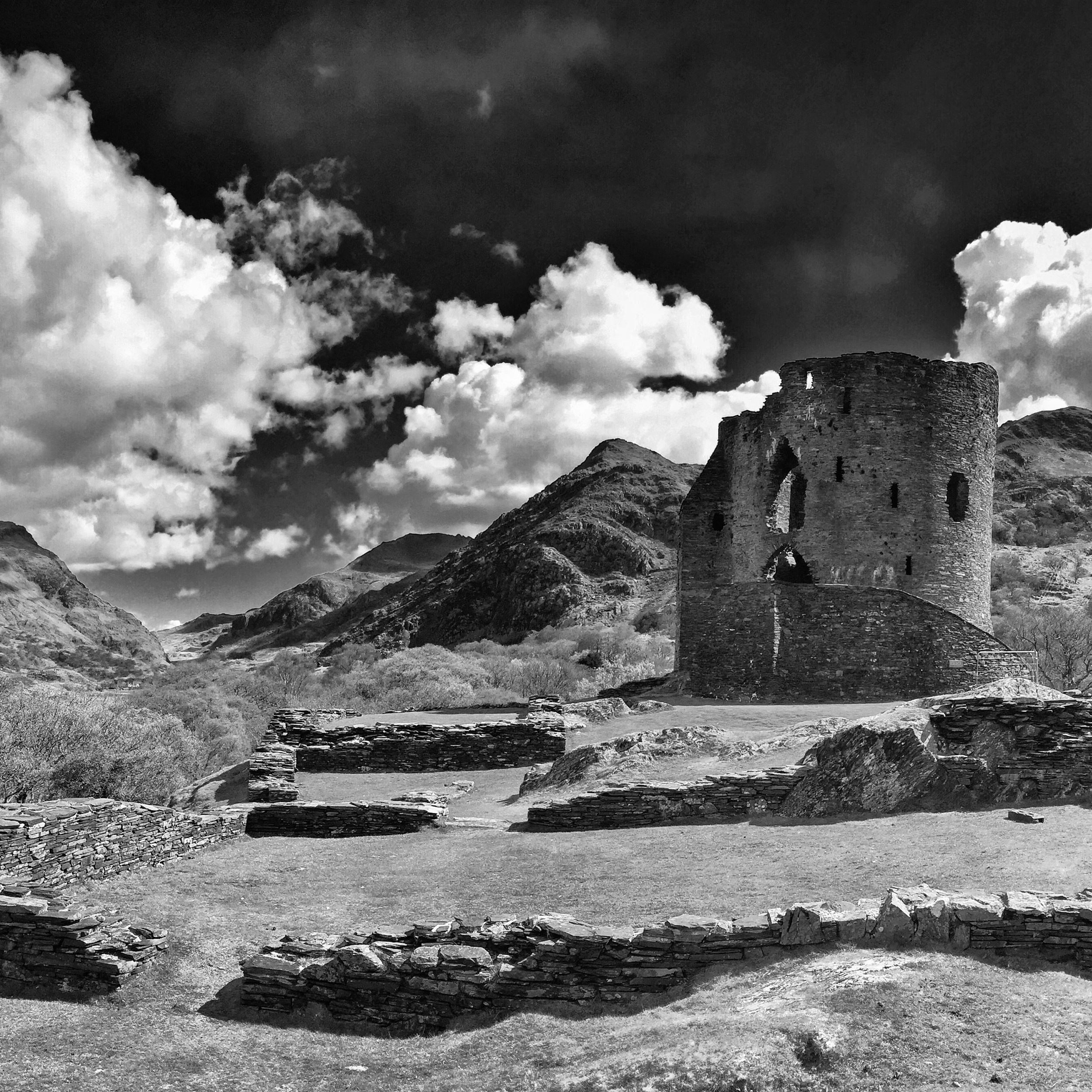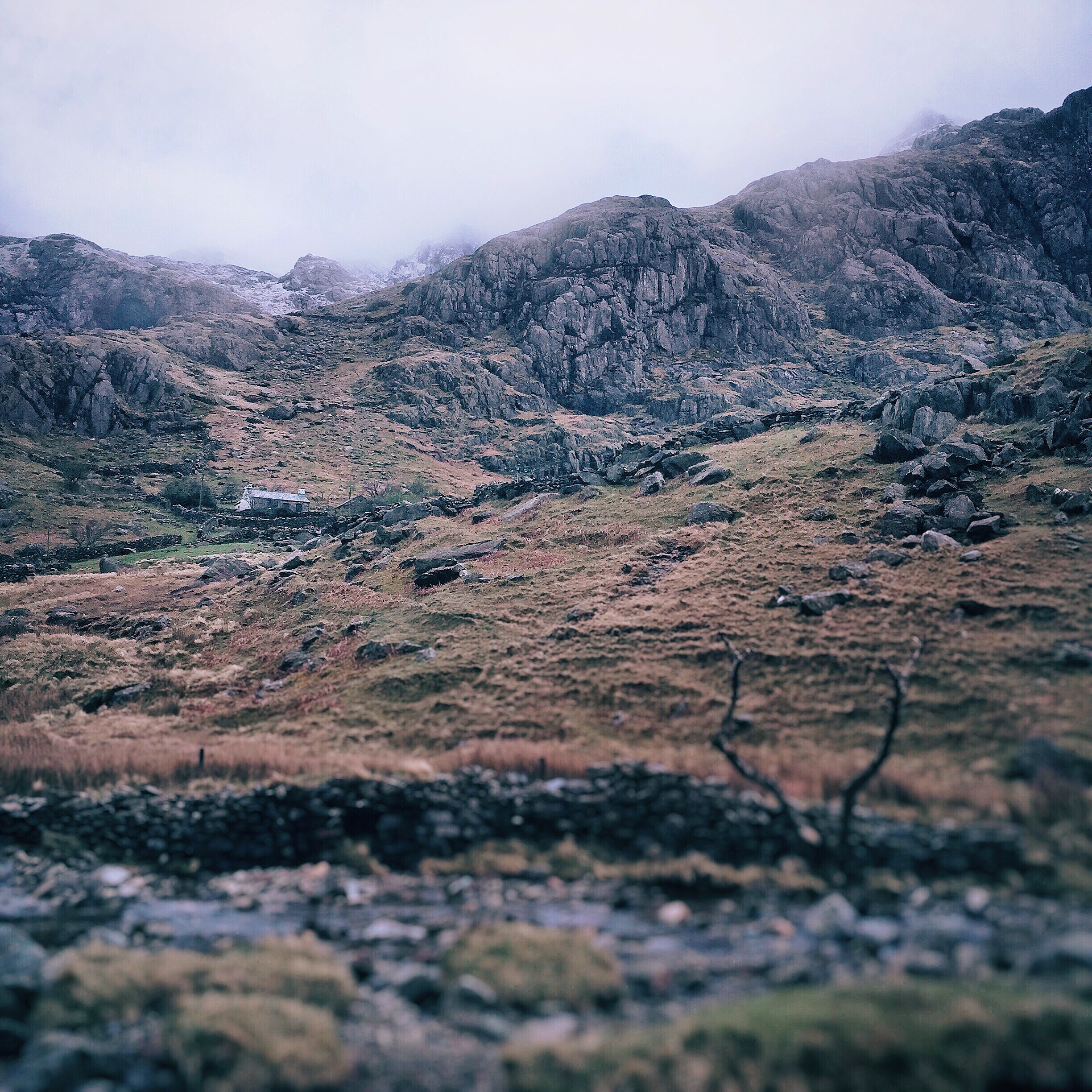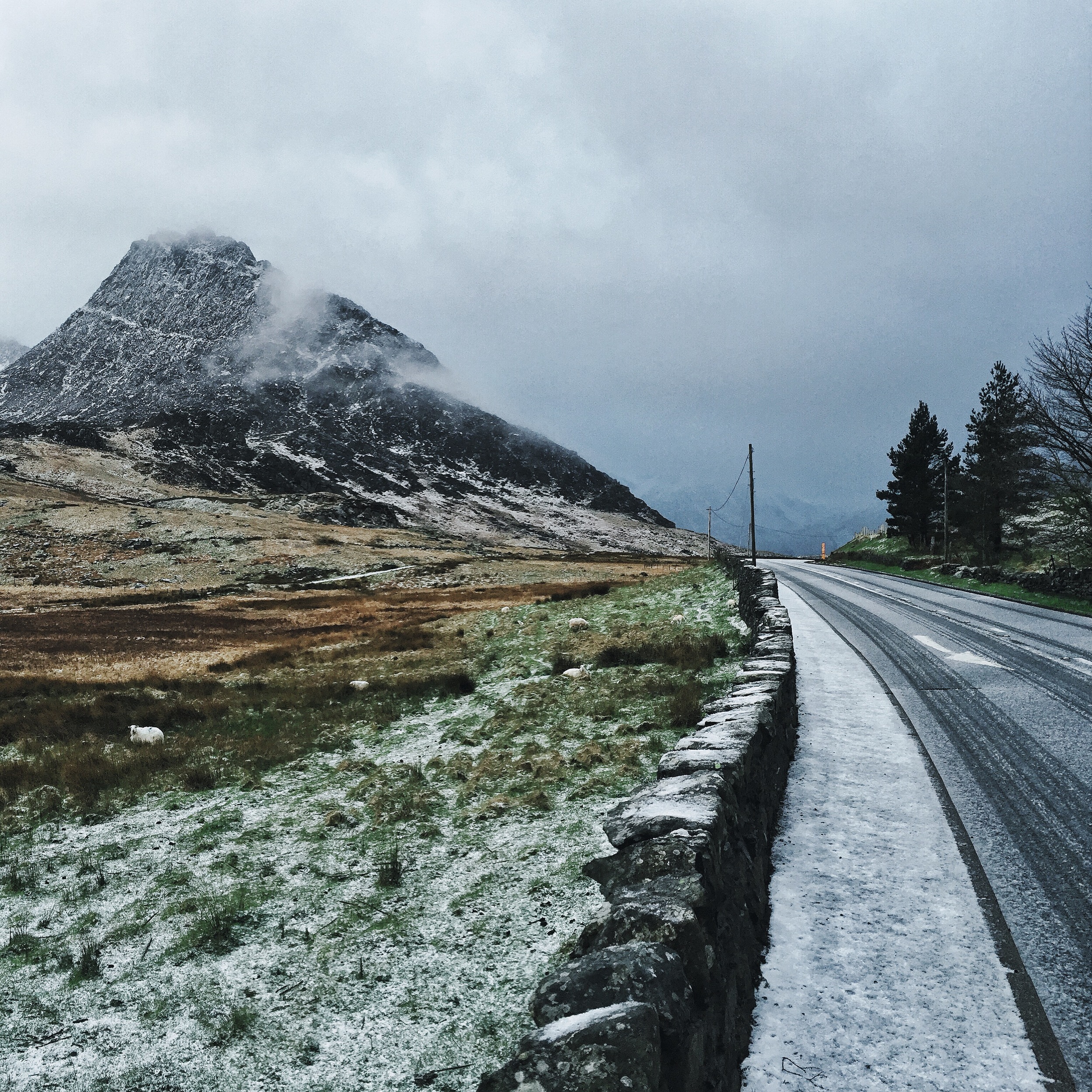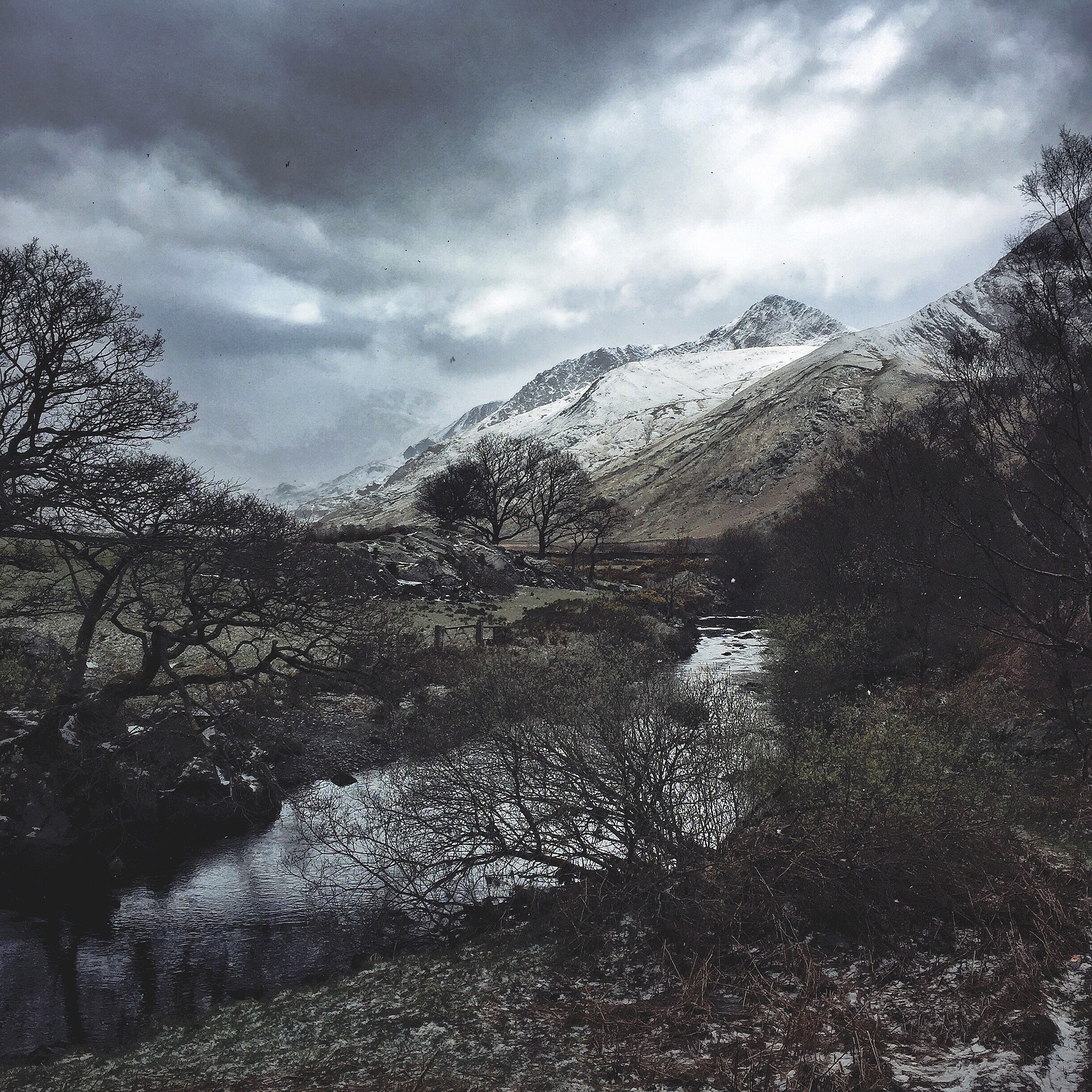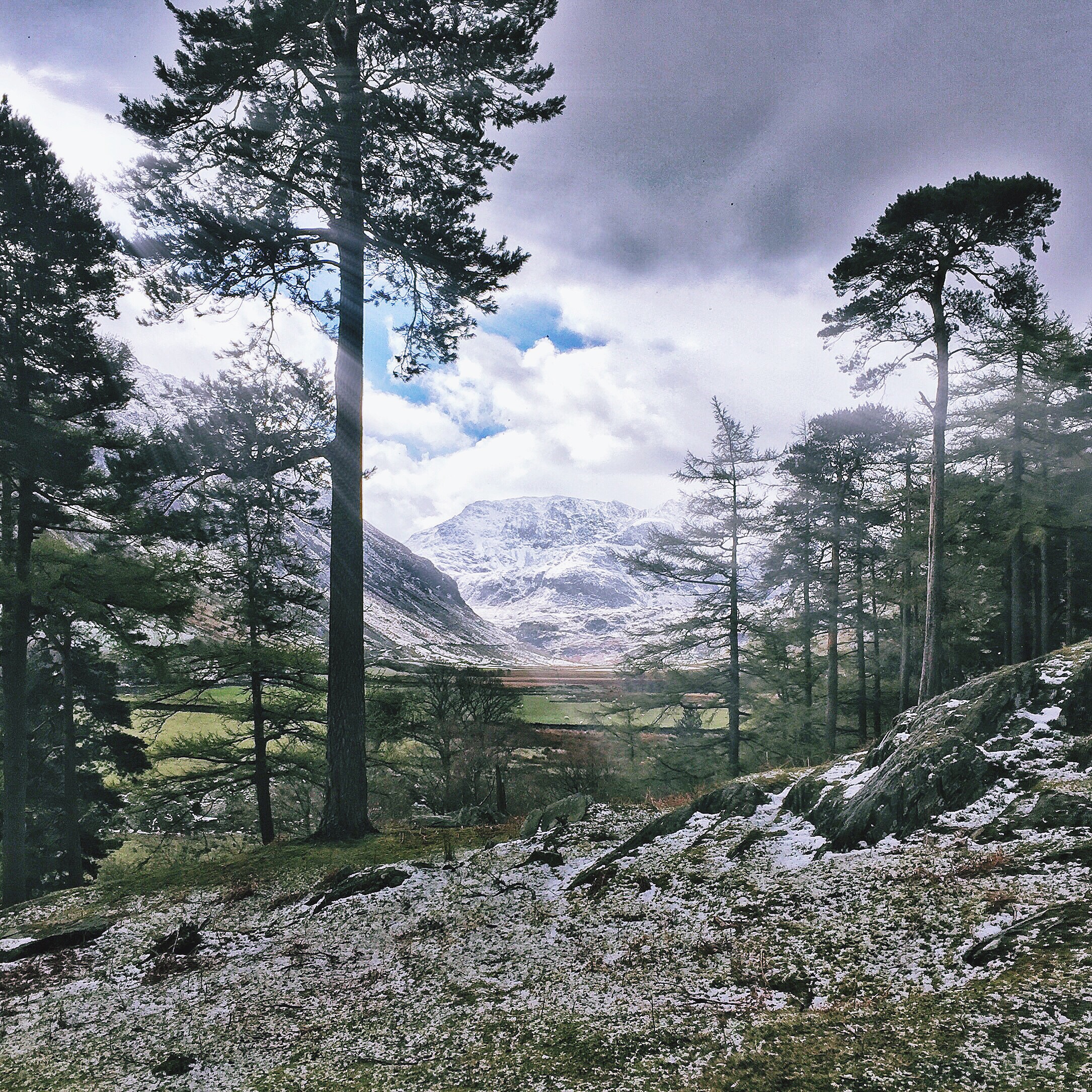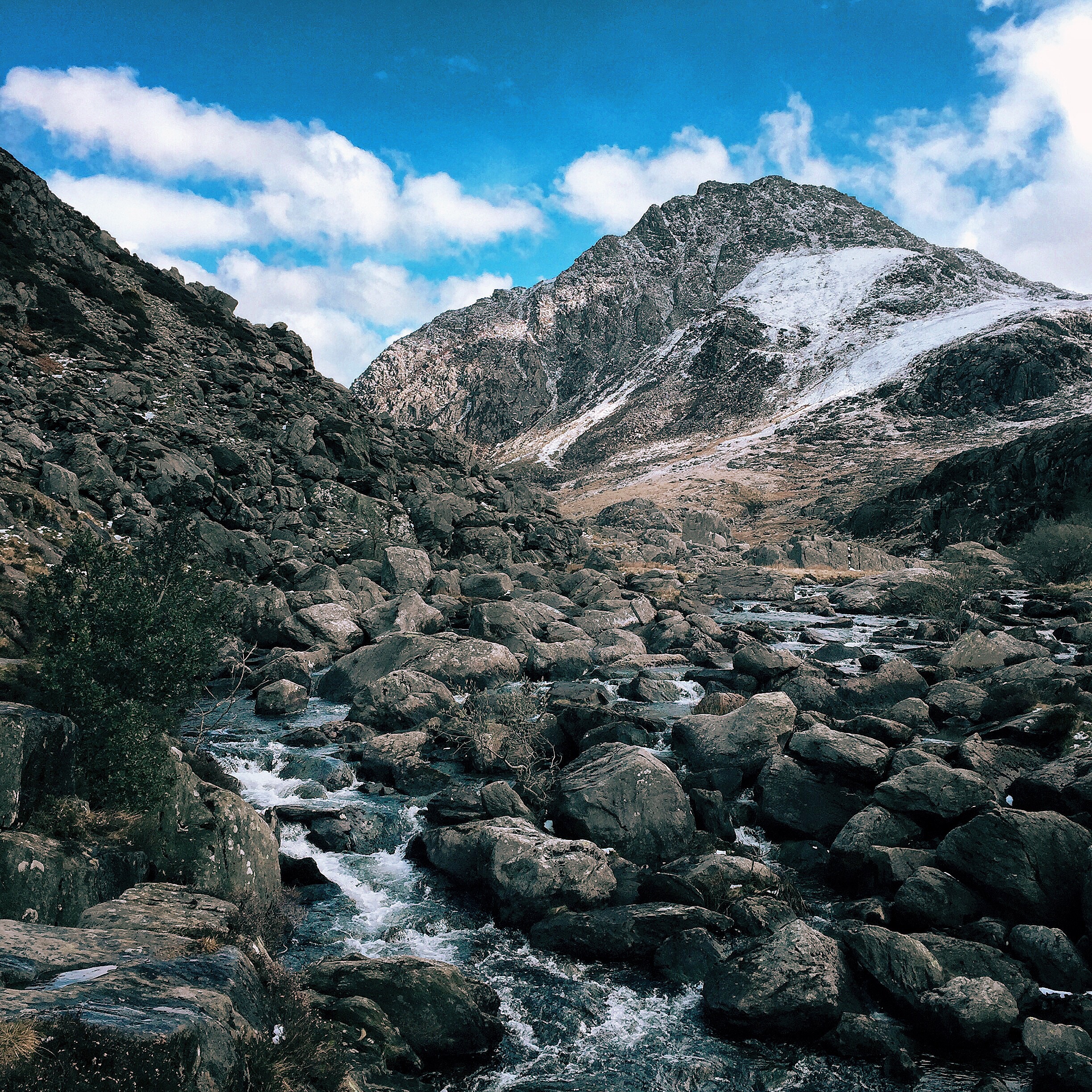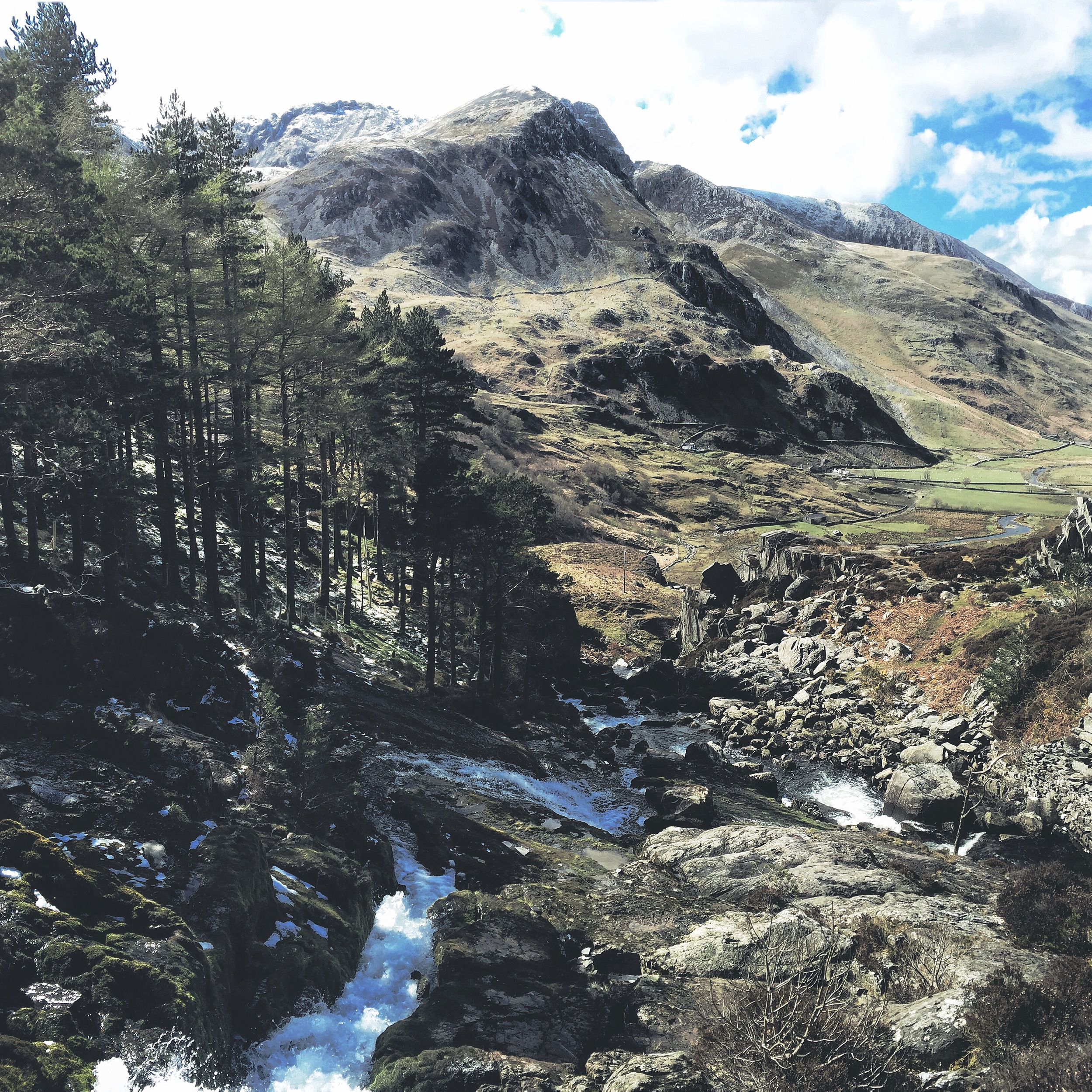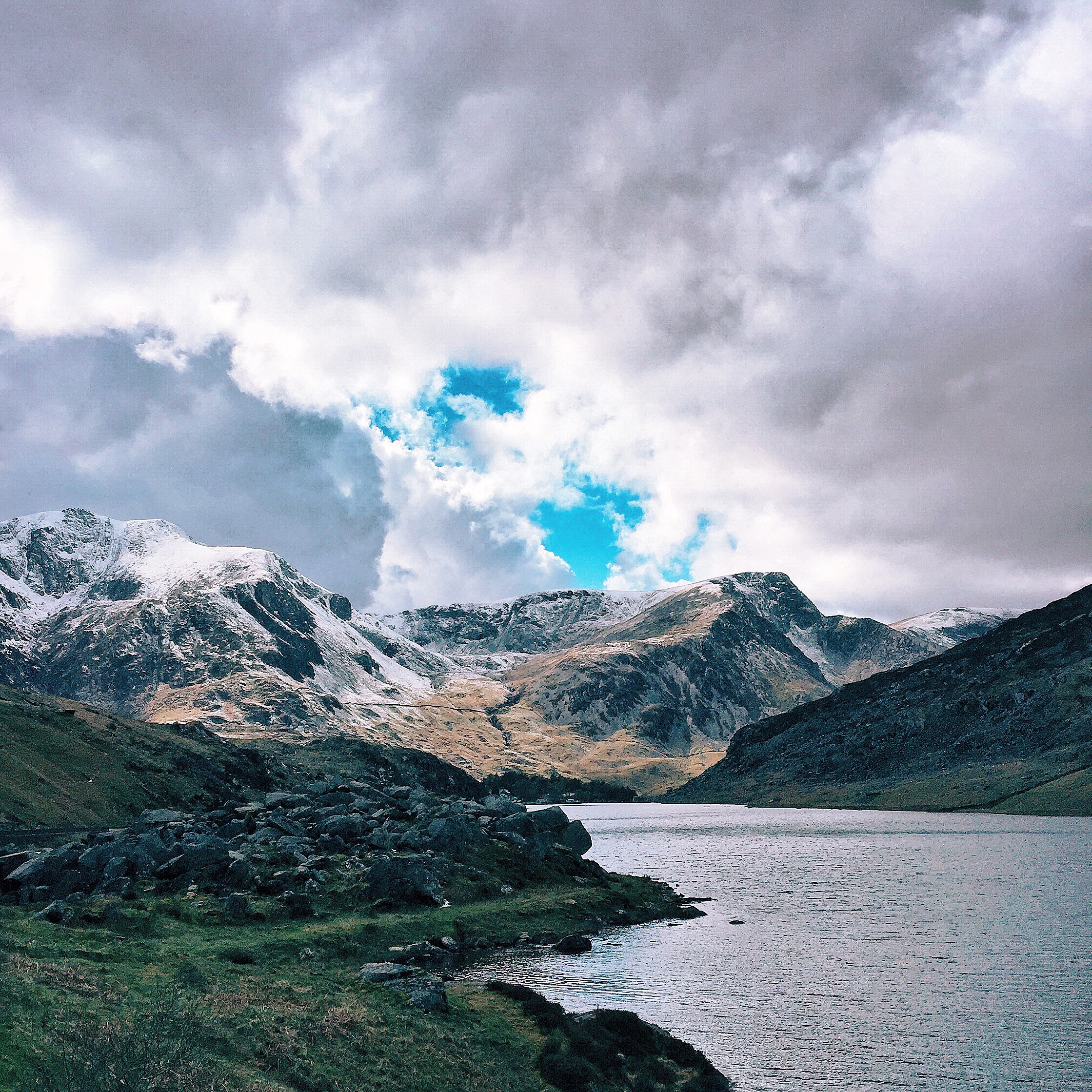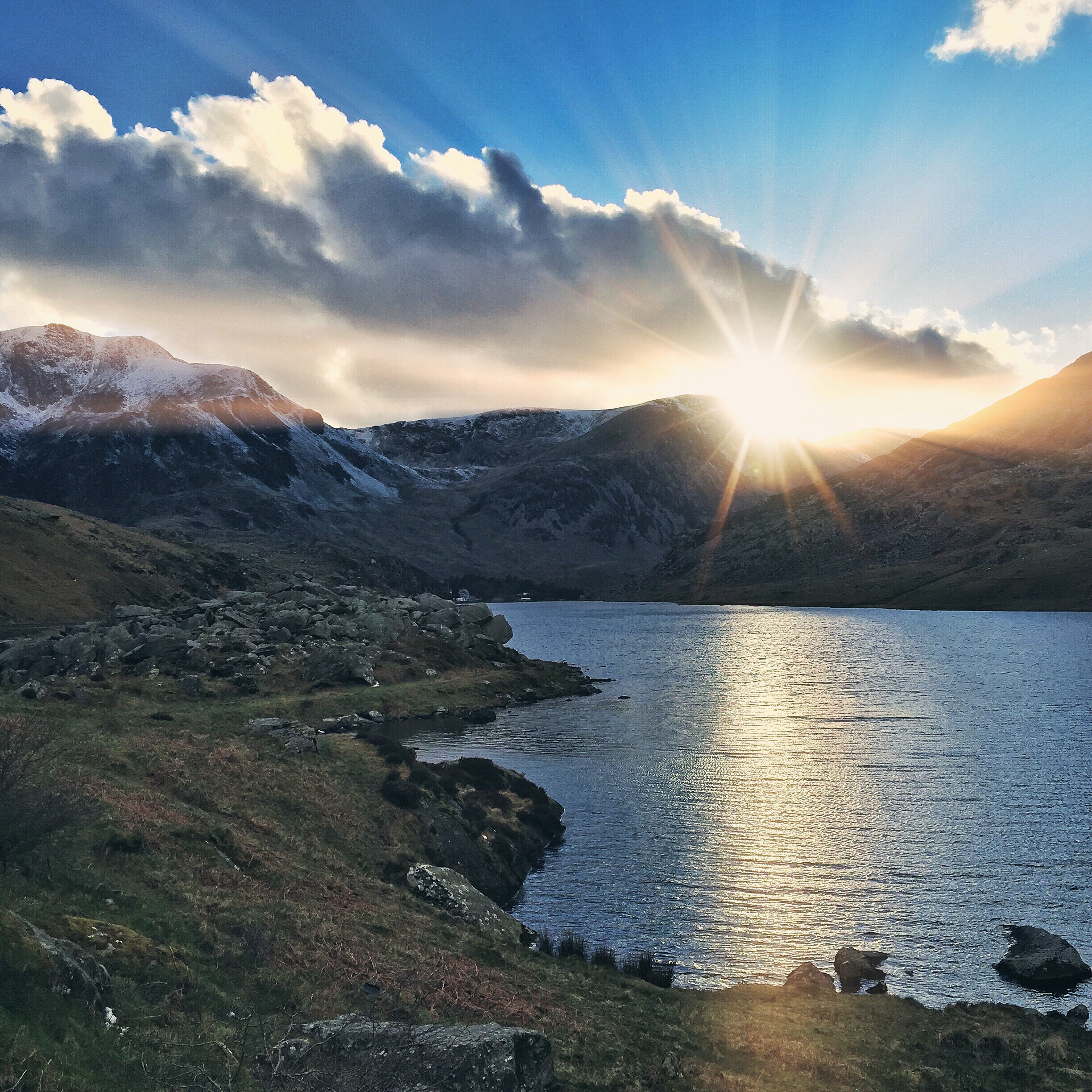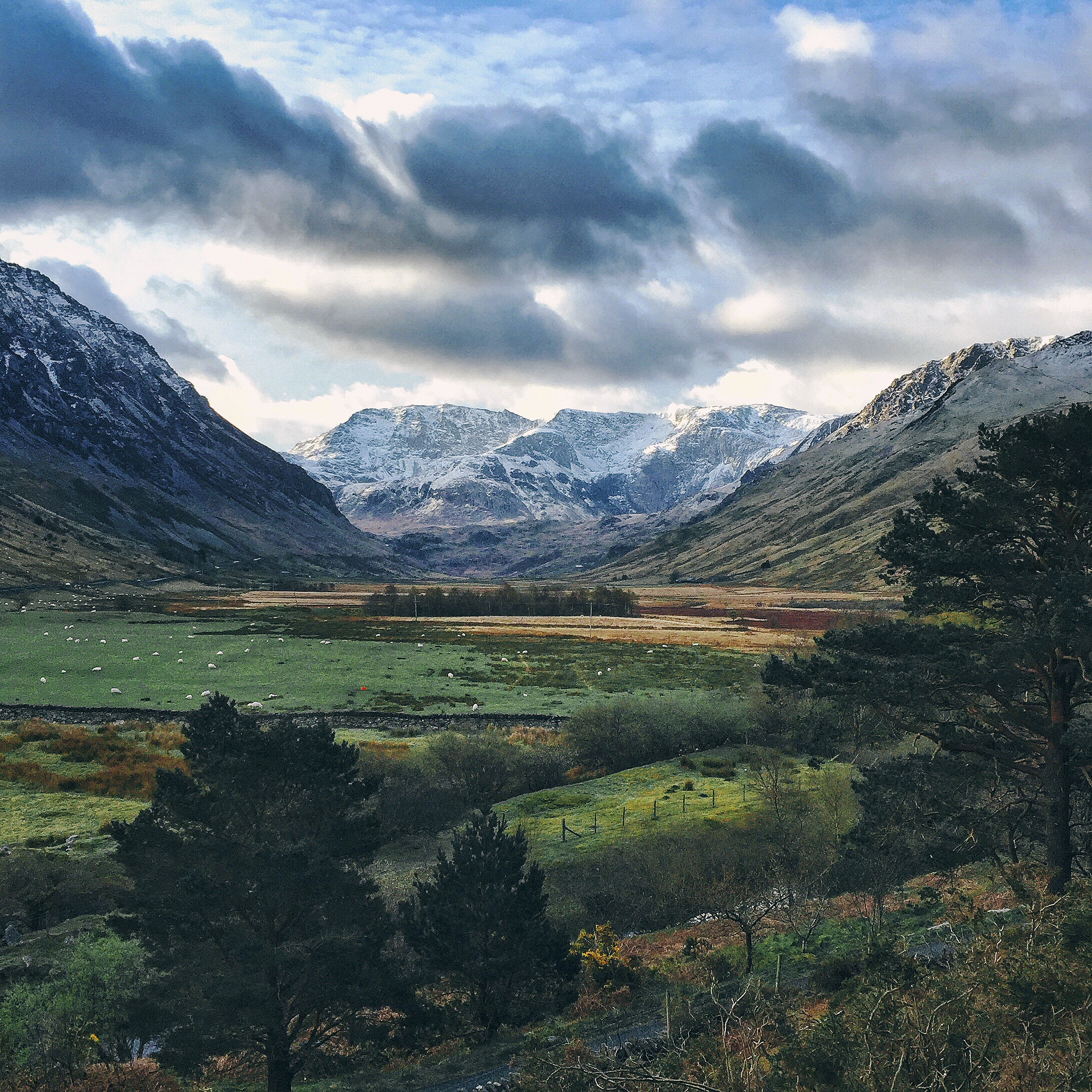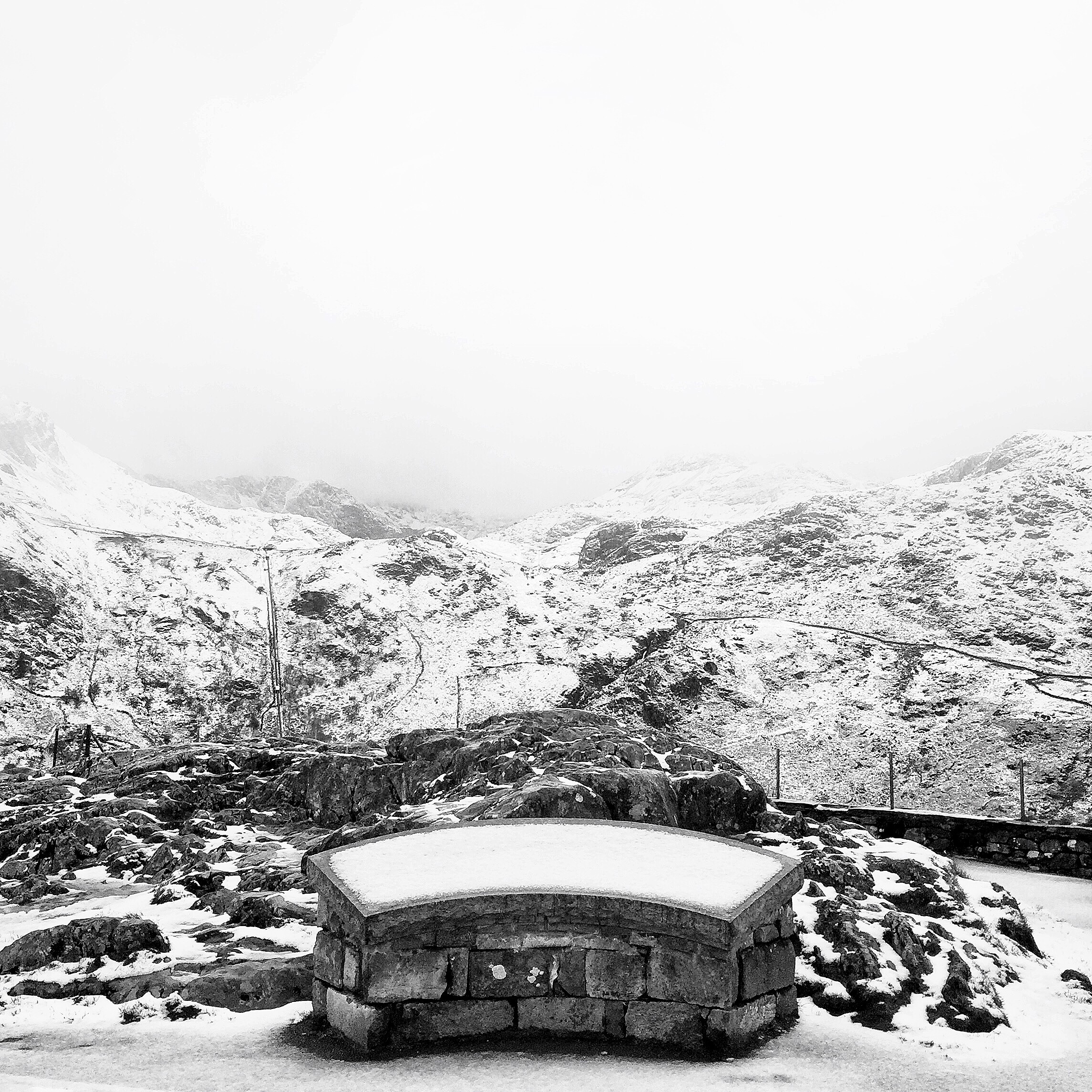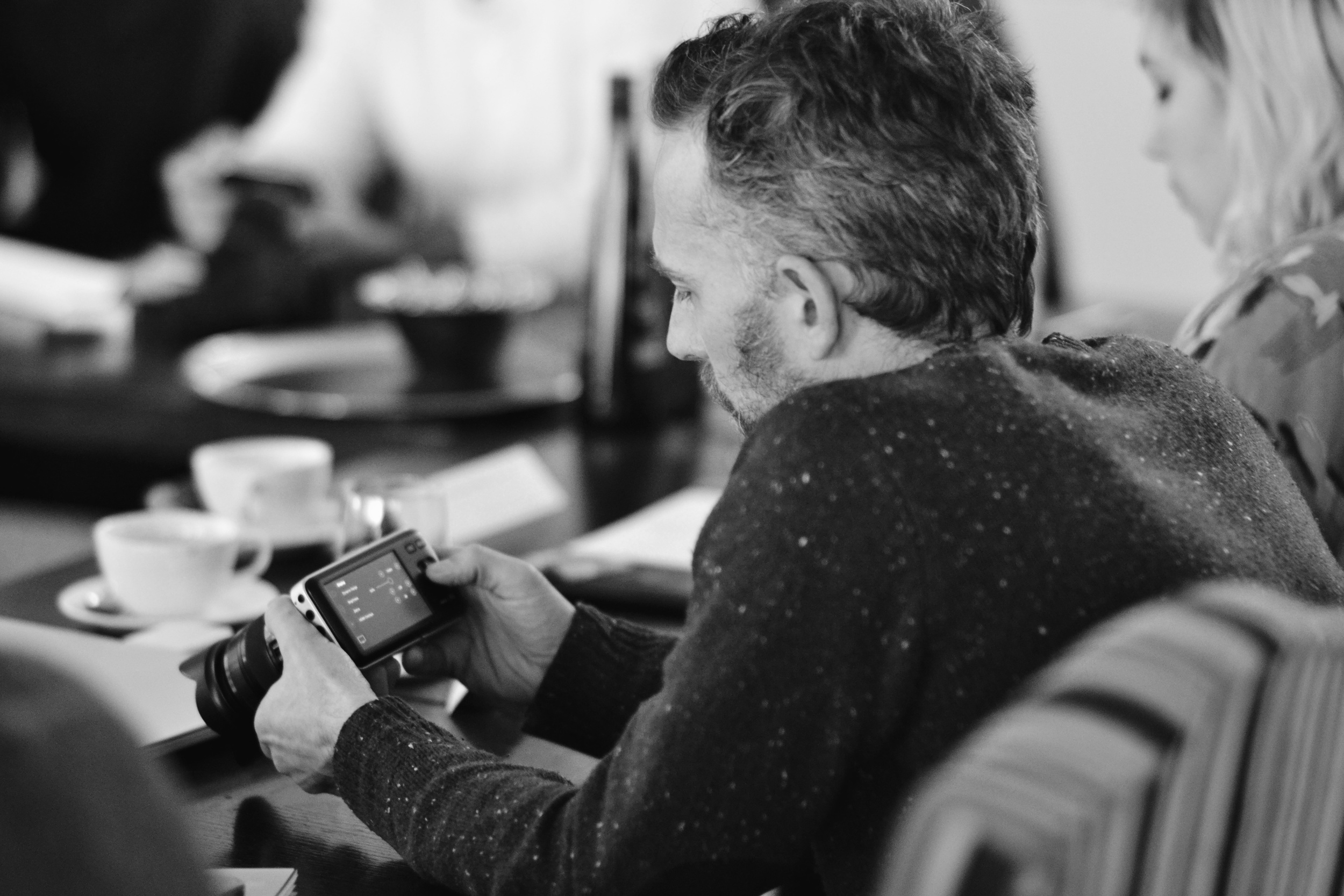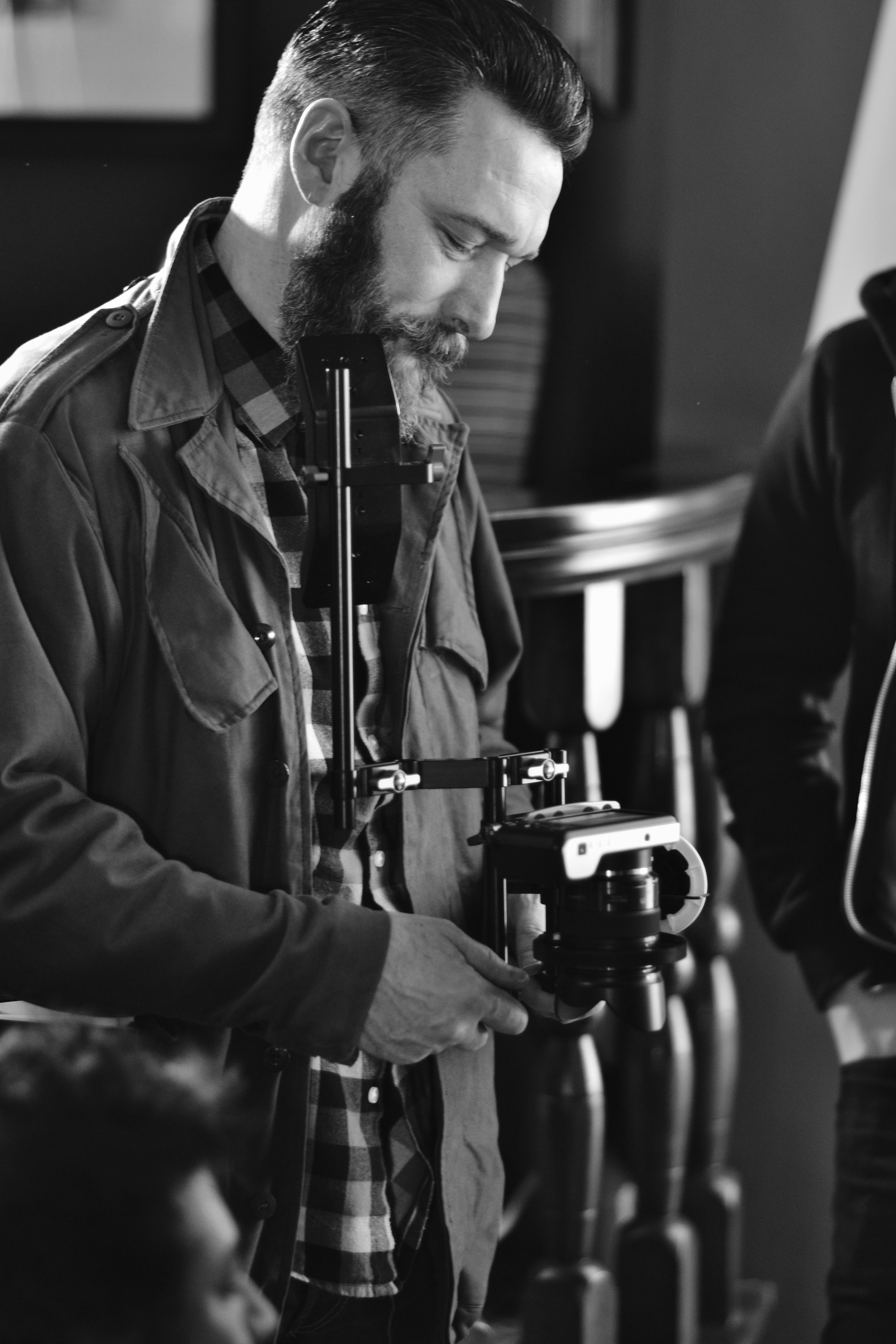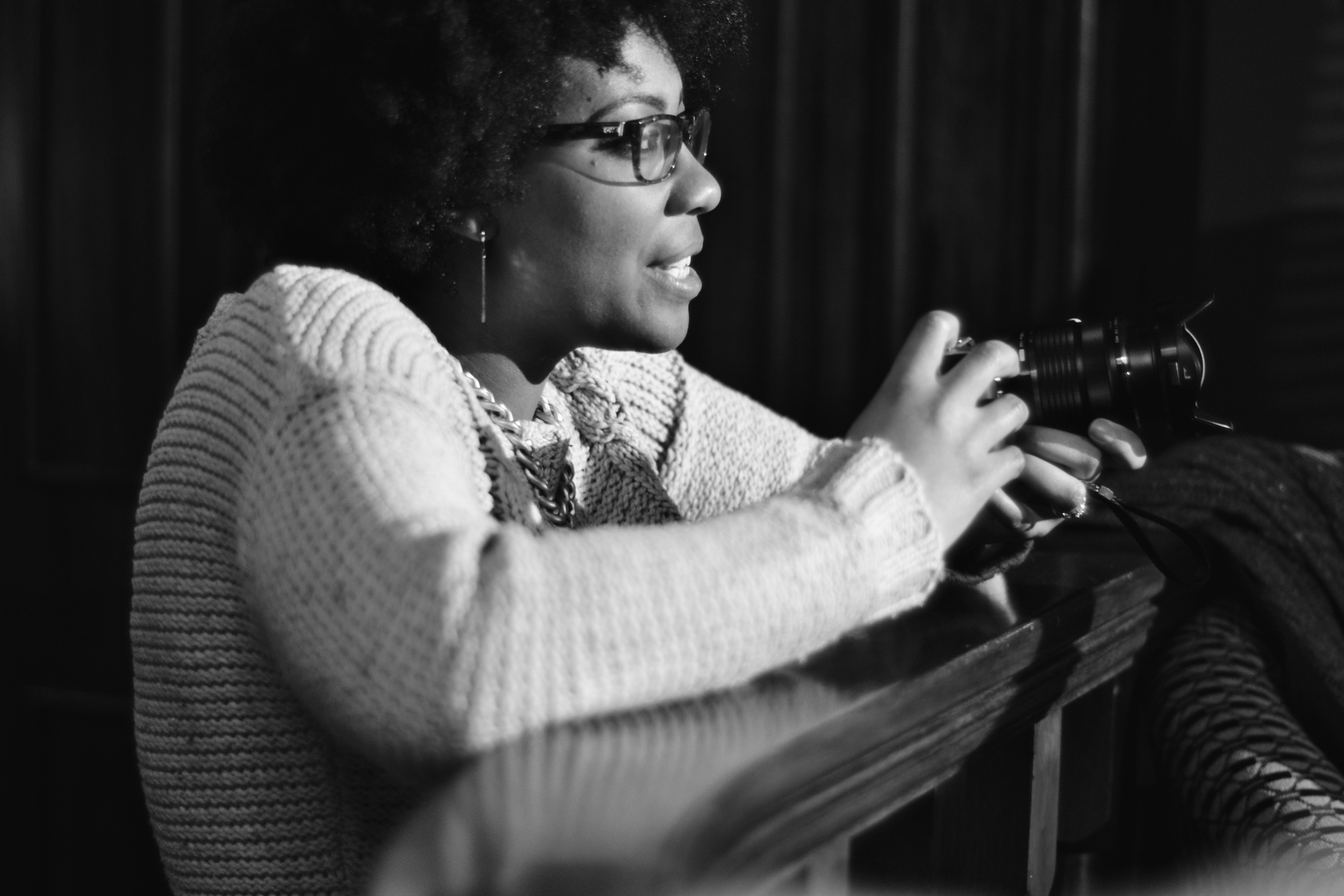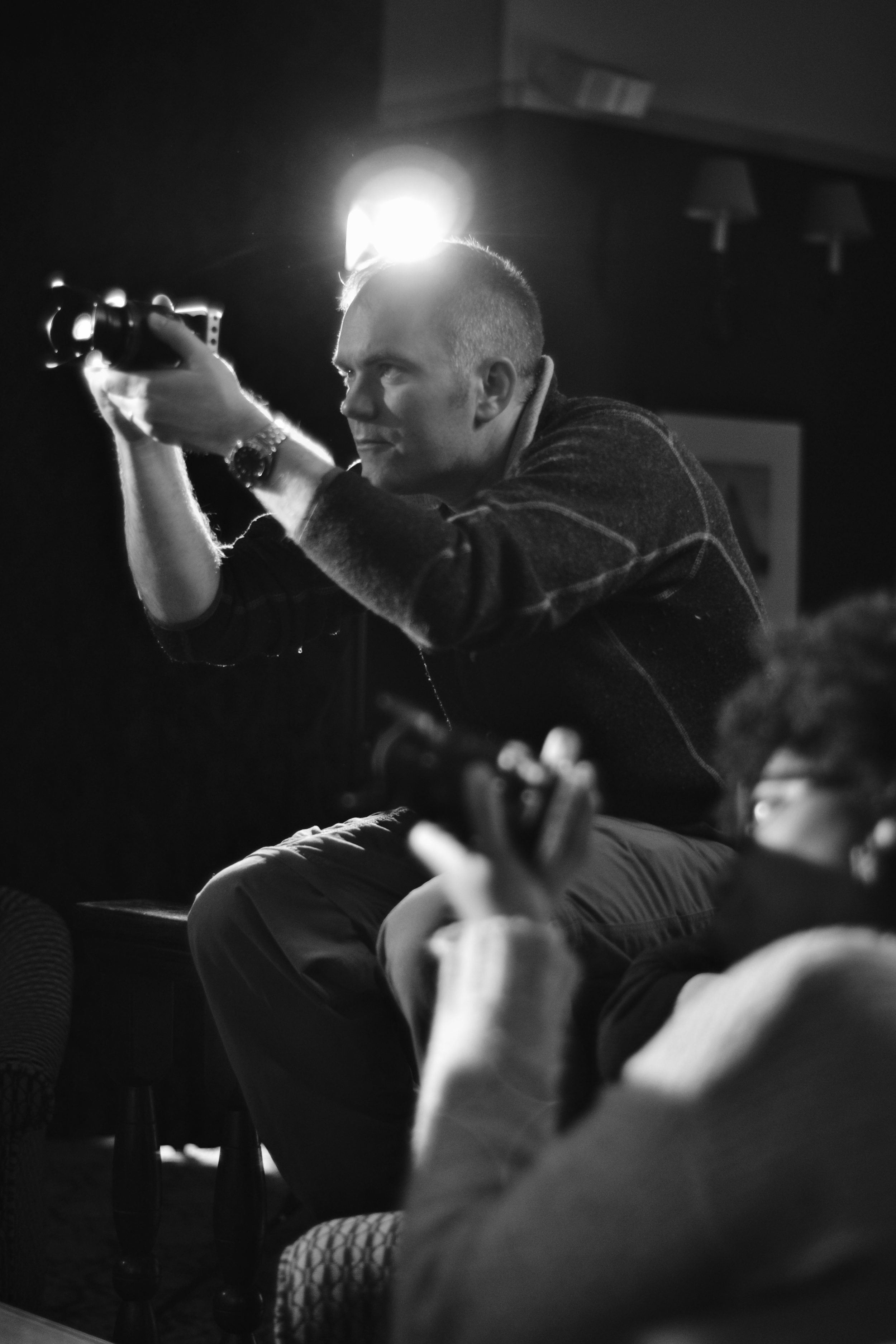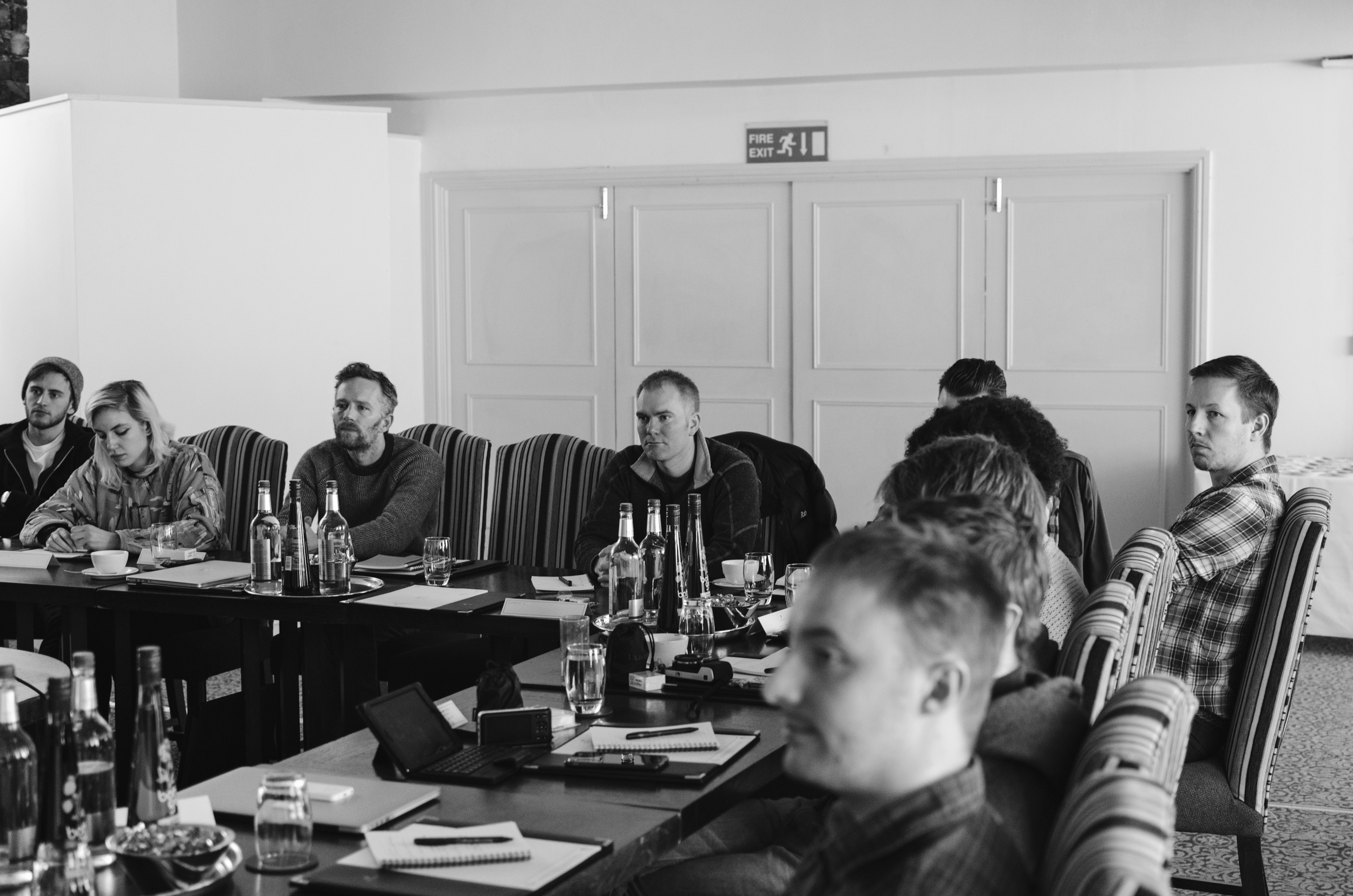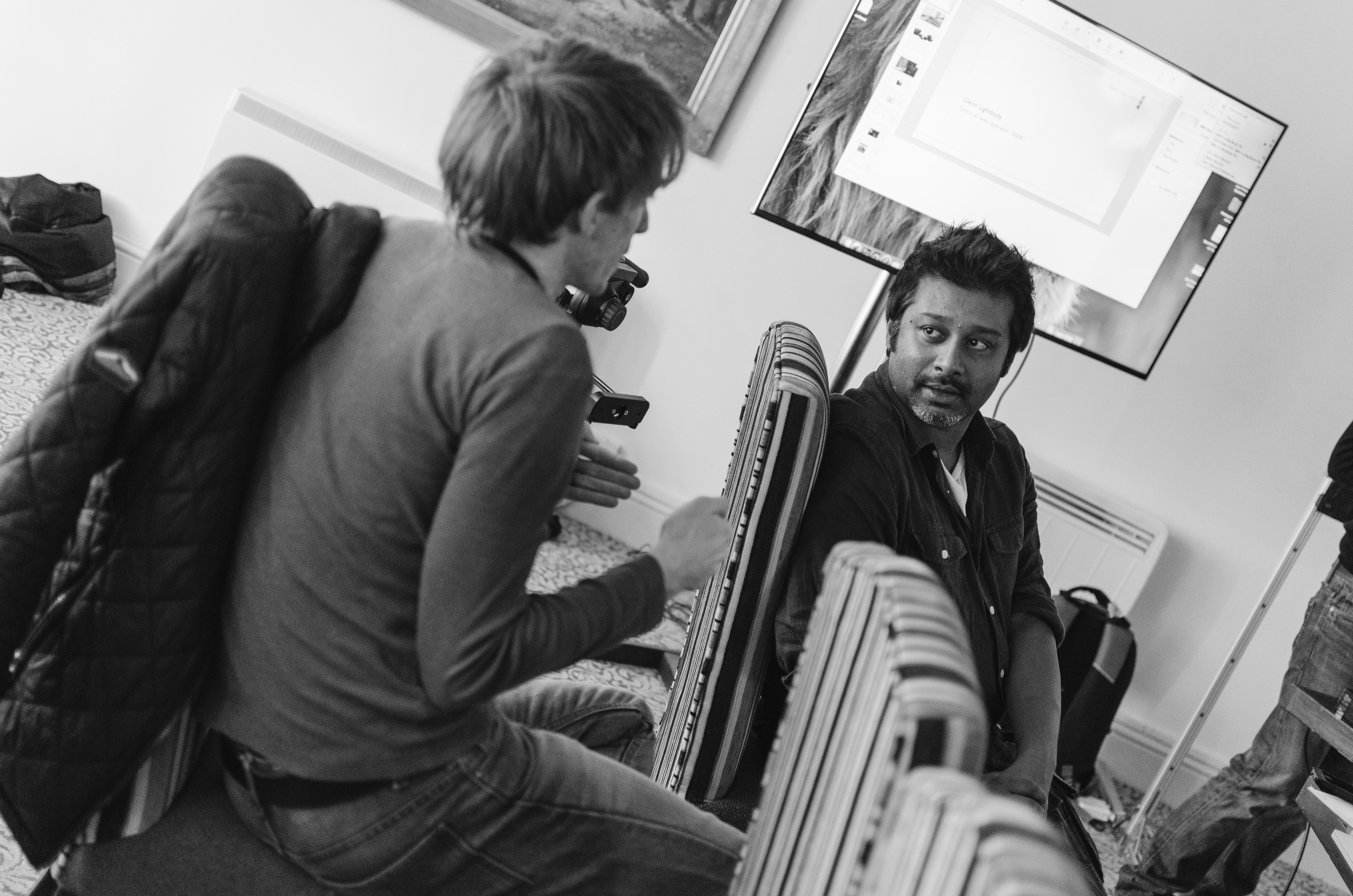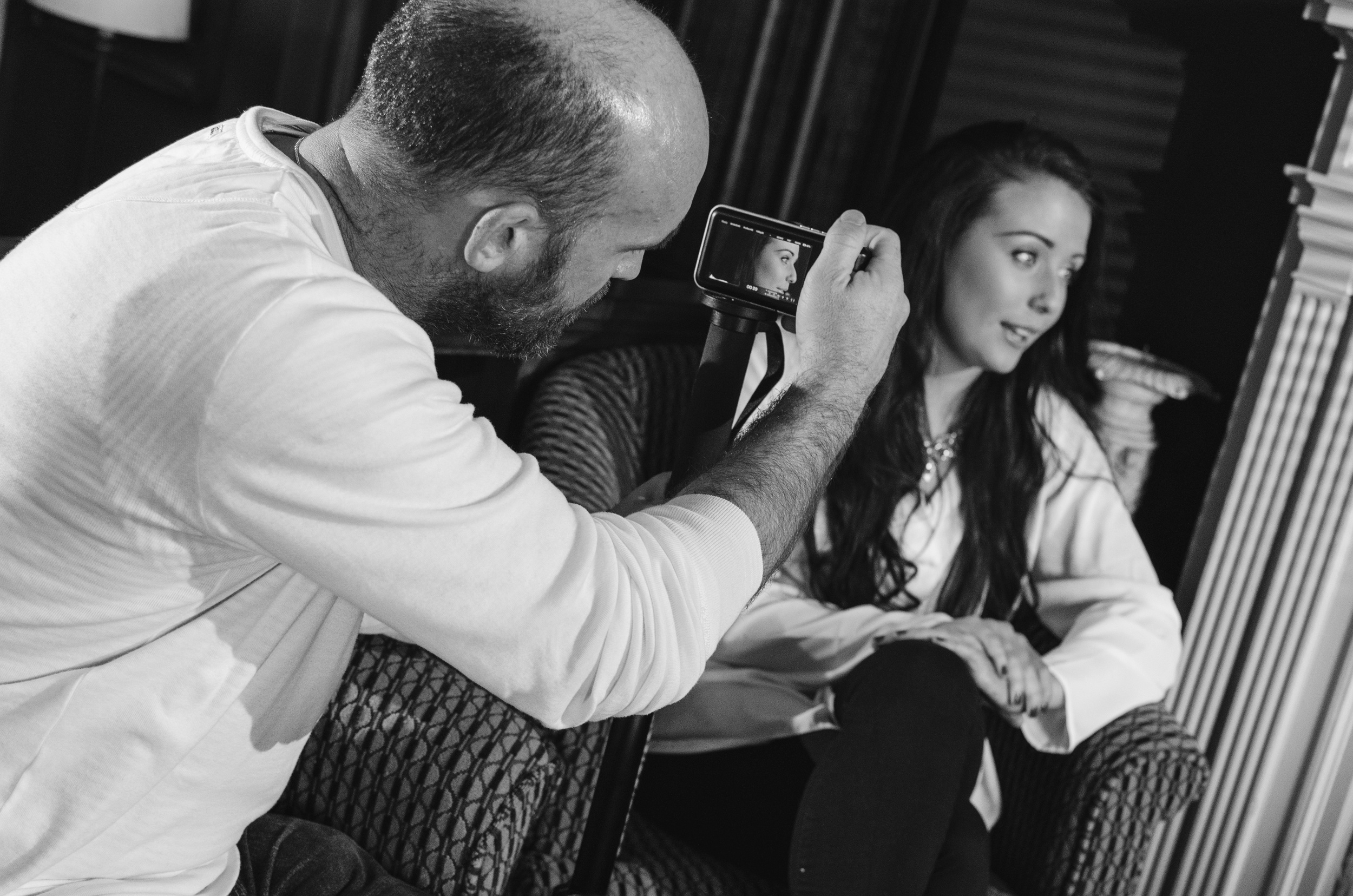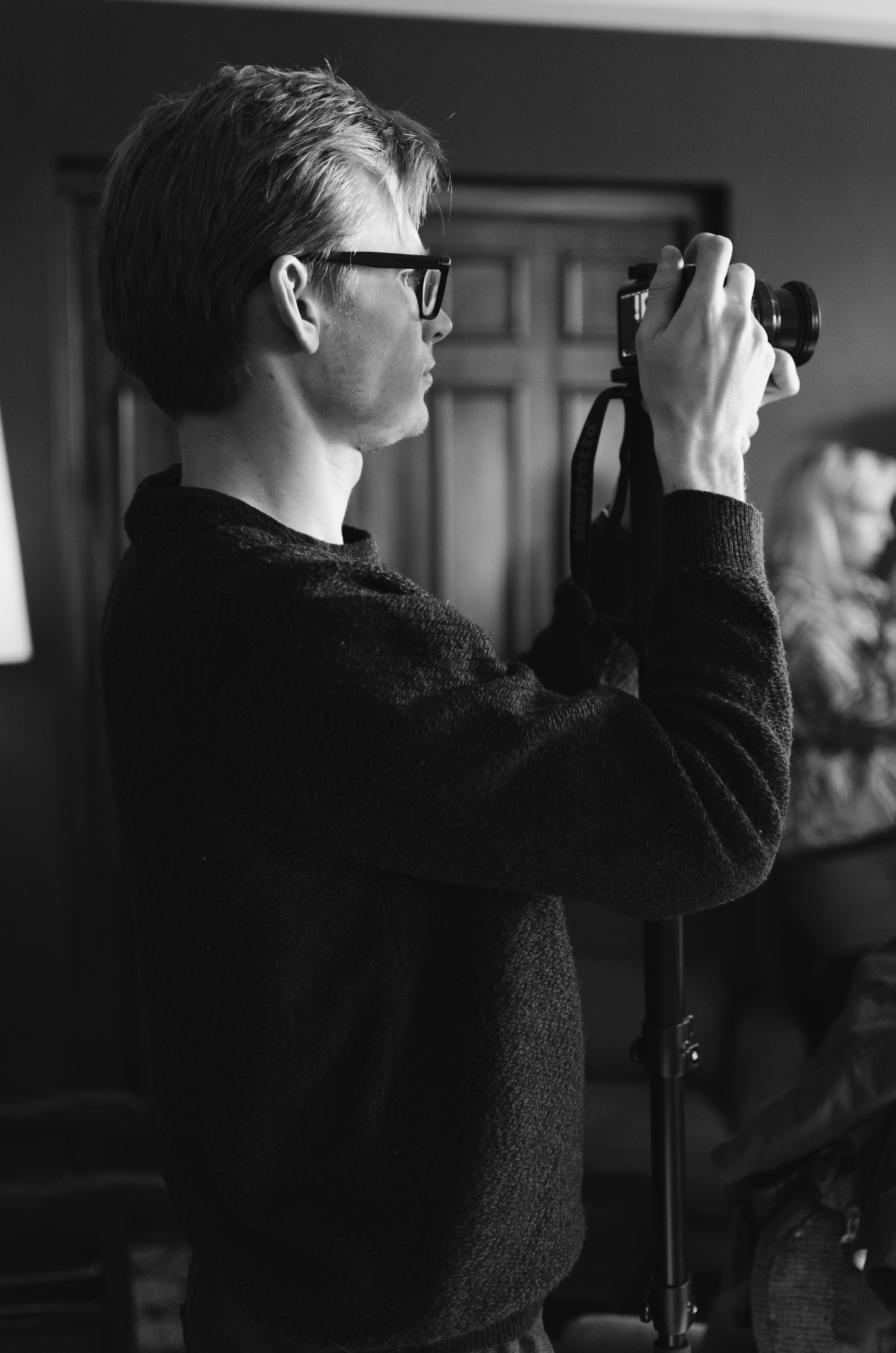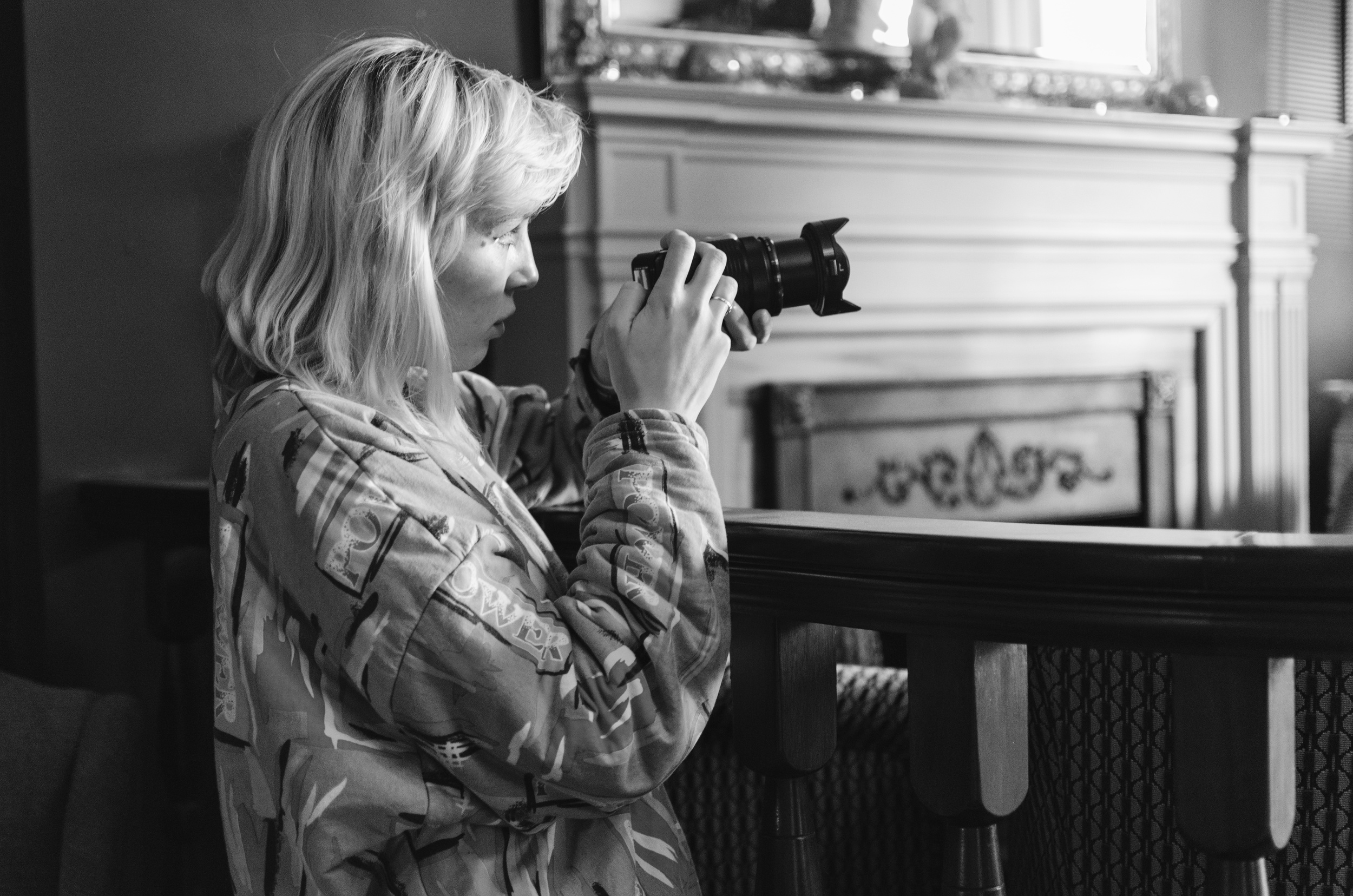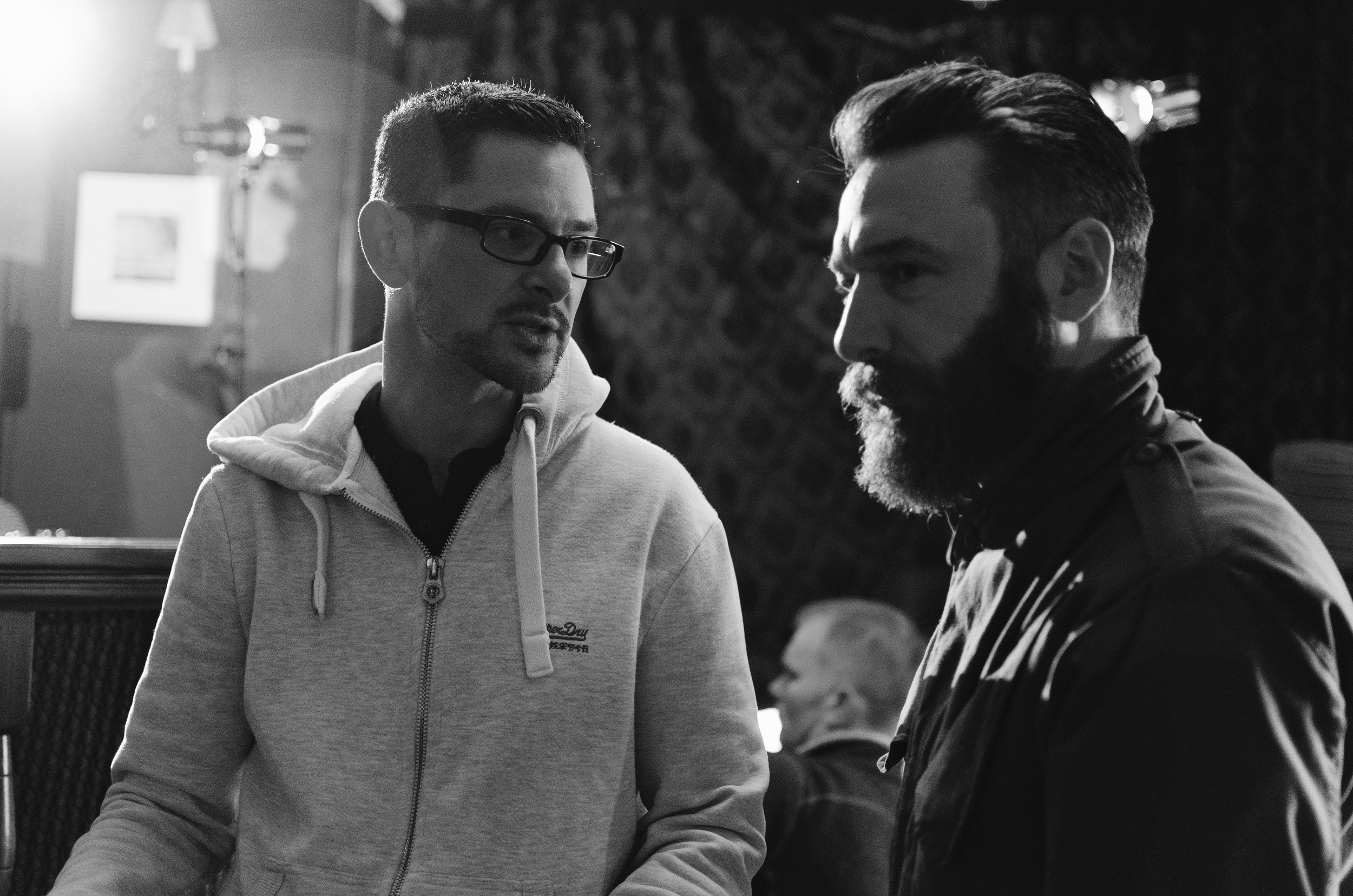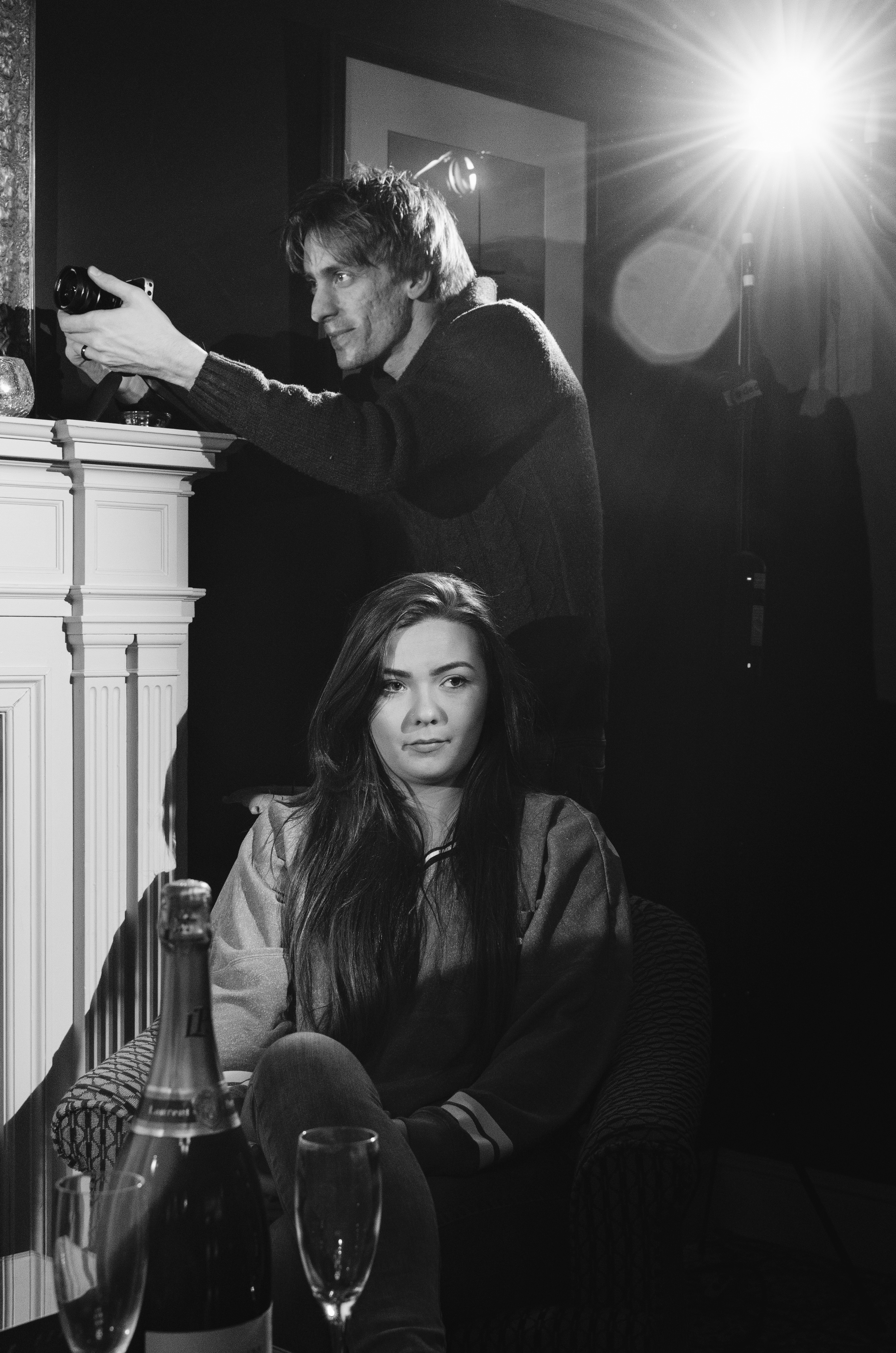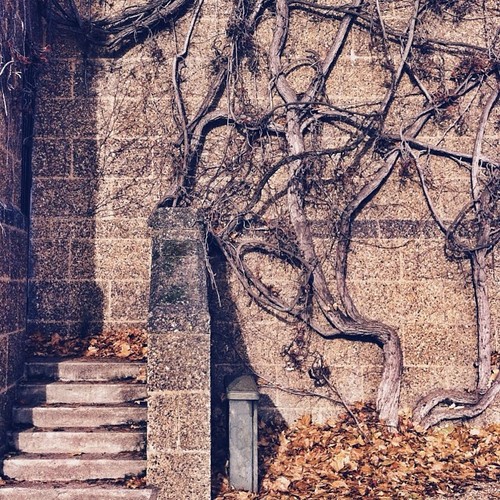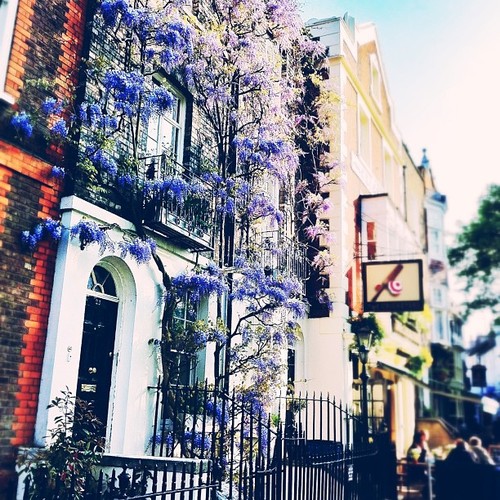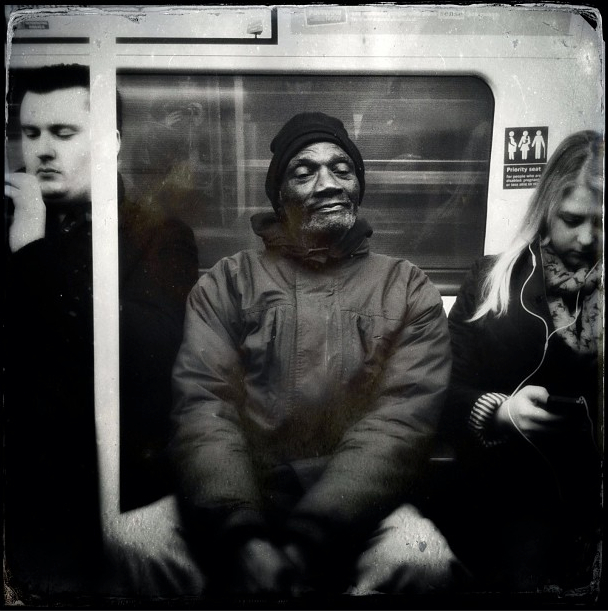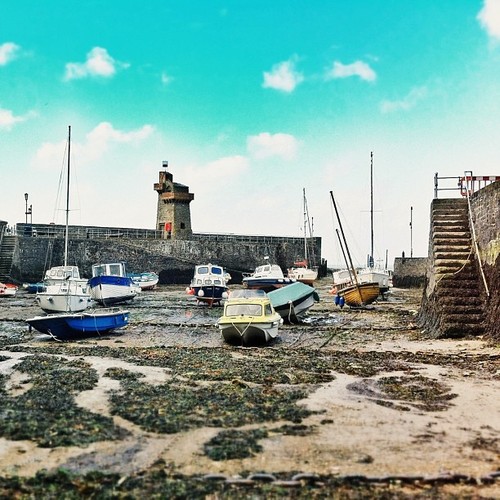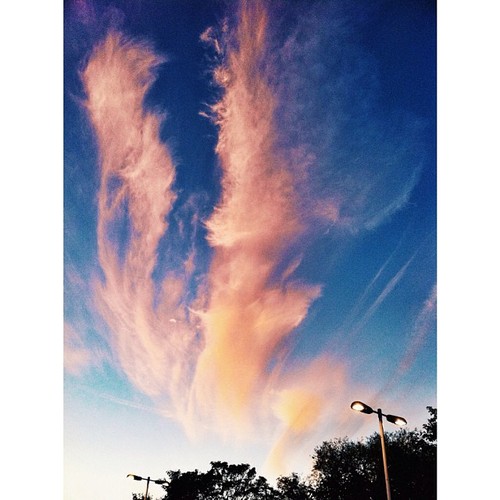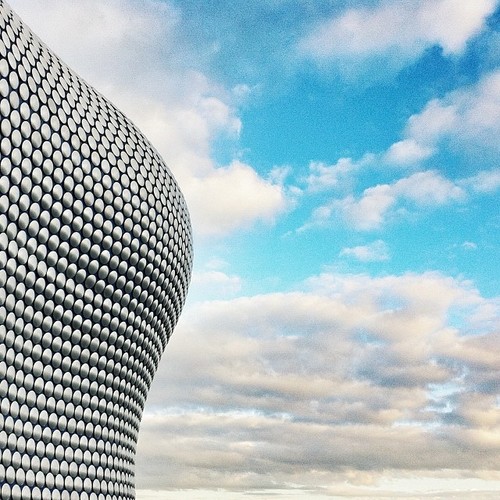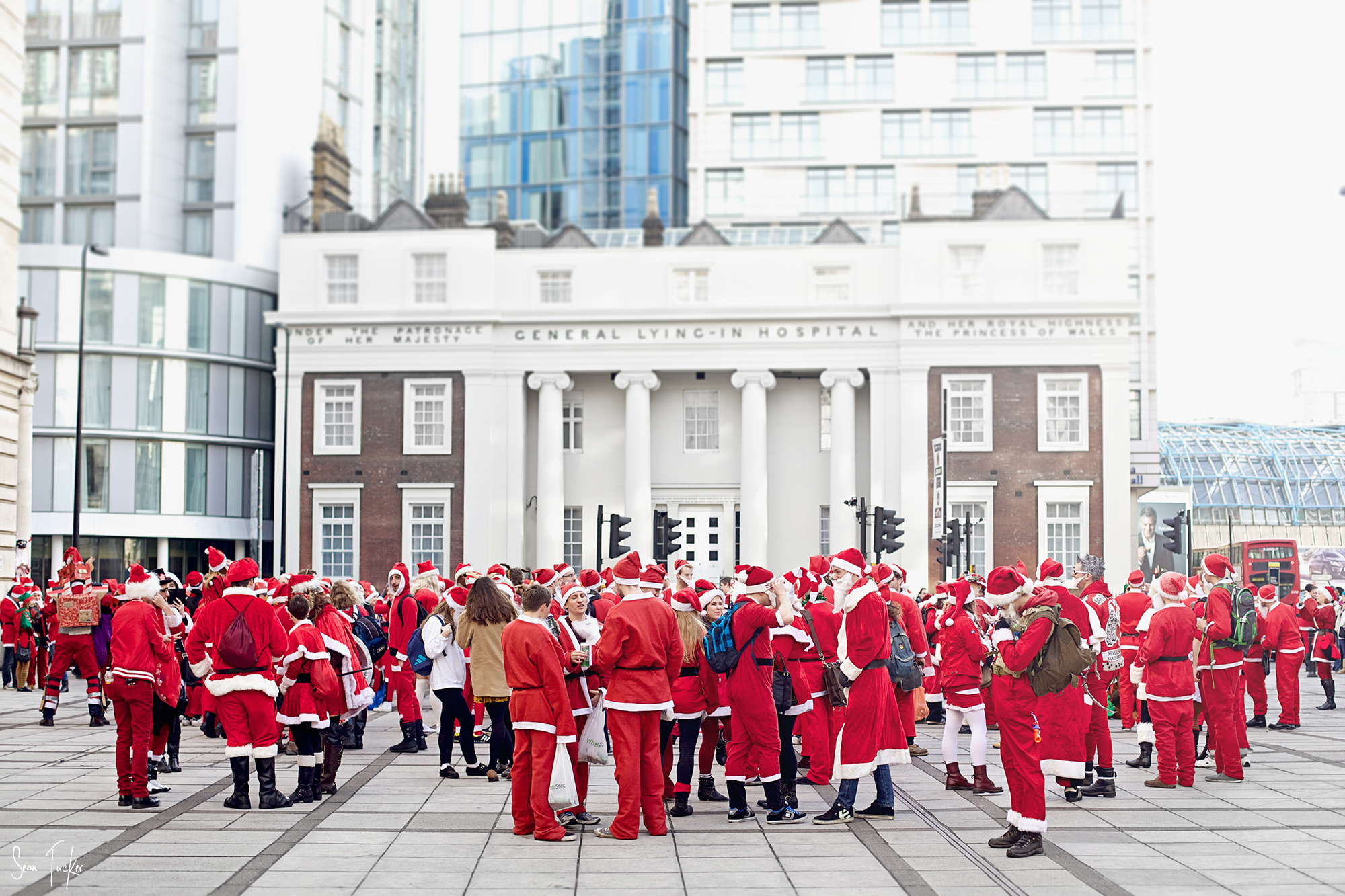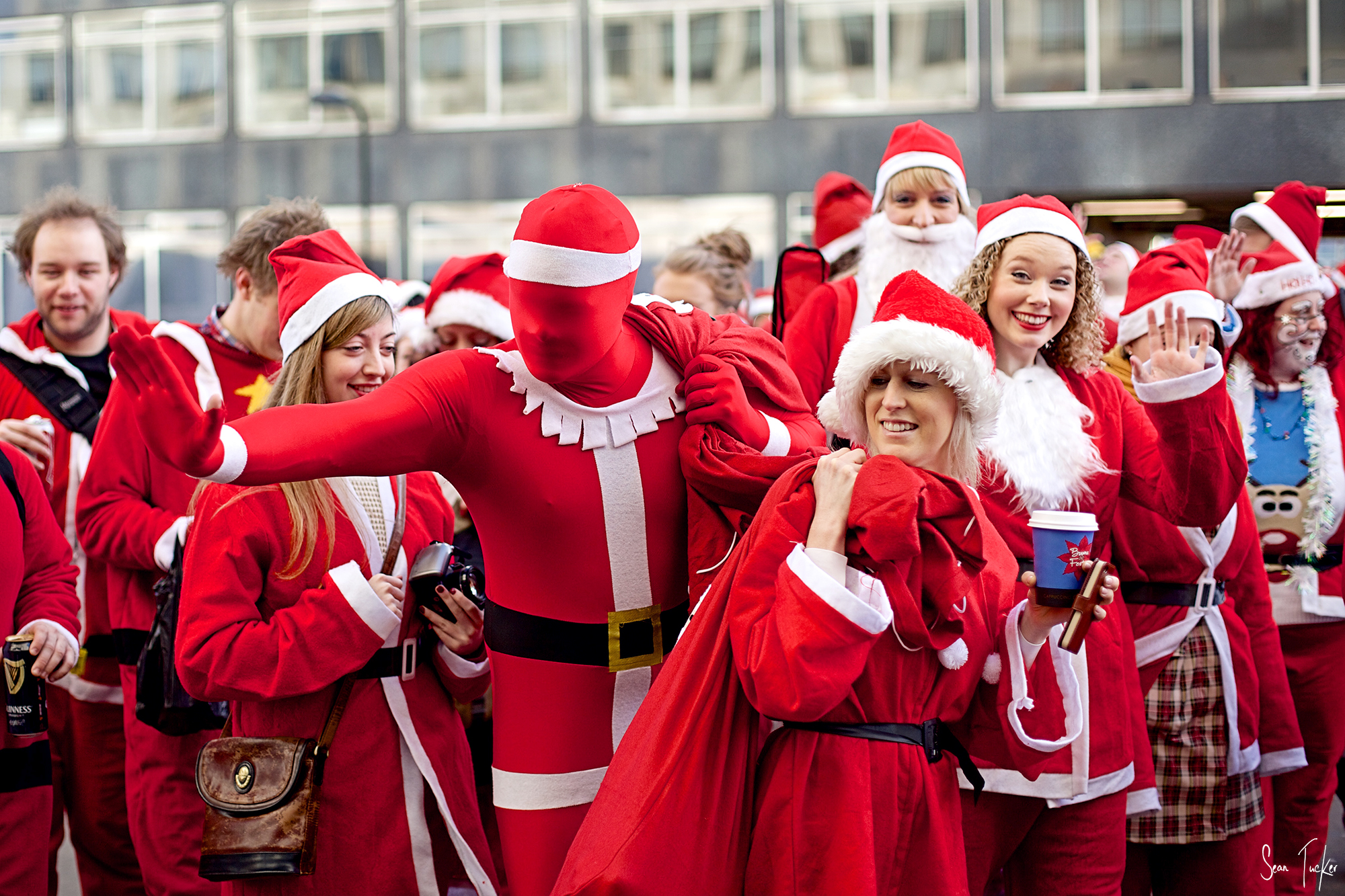I have always been a fan of this sort of photography.
I used to do it more actually but the 'more pro' I got the less I shot like this, and I think it's because I became too precious with my shots and prohibitively selective about which shots I shared with the world.
At some point I realised that if you spend enough time on each image, and only post your prime shots for others to see, people will think this is what you shoot like all the time. It makes sense too, and definitely strengthens your image to the world and your brand in general, but aren't you losing something in the process?
I have a skill; and can choose to use it to take people along with me to see the things I see. It's a more generous approach to photography, and might mean I will end up posting some images which aren't my strongest in order to construct a Photo Narrative, but I really like the idea of building something out of many pieces which tells a story.
A couple I know back in Cape Town do this very well, turning their holiday shots into beautiful Photo Narratives (check out their wedding photography too which also has a great documentary feel):
http://lovemadevisible.co.za/travel/
I know many photographers who don't like this sort of shooting because they prefer to maintain the illusion of a high 'hit rate' by only posting one, crafted shot at a time. The fact is that if you head out to shoot and commit to posting a Photo Narrative by the end of the day, there will be some shots which are stronger than others. You also won't have the time to do deep edits on these images if you want be timeous about the things you're covering. In that way it's more akin to photo journalism than the crafted photography of the portraiture and art world. Personally I like the challenge though. I doubt anyone will be printing any of these images off as canvases for their walls, but that's not really what they're for, and I'm ok with that.
Recently I signed up to exposure.so, which is a new platform designed to display your Photo Narratives. Here is a link to a Narrative I posted showing my walk around London this Saturday morning past, visiting Mandela Memorial sites, and bumping into a Hoard of Santas:
https://seantuck.exposure.so/sadness-and-celebration
A little bit on Exposure:
First off, I'm sure you'll agree that it looks beautiful. I am sucker for the clean, white look and they have done a great job of providing a stylish and simply layout. It is also very user friendly. It only took me 15 minutes to put this Photo Narrative together and it was a fun process which felt less like work and more like effortless creativity.
Great use of fonts, good design aesthetics, and some useful control over which order photos are displayed in, as well as an attractive light box solution mean that they have nailed the look and functionality for me.
The negatives are that you only get 3 free Photo Narrative posts before you need to pay for a subscription. It's not a huge amount of money, and it's definitely worth the price if you are into this sort of 'shoot and sharing', but for someone like me who doesn't get to do this often enough it feels like just another platform I would have to give a bunch of time to, to ensure I got my moneys worth.
I mean this subscription is also on top of the other subscriptions which I have to pay monthly like Photoshop CC, Squarespace for website, 500px Awesome account and other sundry accounts for little things like Wetransfer for client file transfers. You can quickly rack up a bunch of these 'little' subscriptions for things you 'need', until you get to the point where you wonder where your money is bleeding off to every month, and I'm trying to be more careful about this sort of thing myself. Can I afford another platform which only serves one very specific purpose, even if it does it very well?
And that brings me to another negative. This would be an entirely new platform to maintain and draw visitors too. I am having enough trouble trying to draw traffic to my main website without confusing the brand I'm trying to build with yet another URL. I have only just moved everything together in one space. Until recently I was running my photography portfolio off 500px, my videography portfolio off Wordpress, my photography blog off Blogger, and my iPhoneography blog off Tumblr. It's too much. So I moved everything onto Squarespace and have been really happy that I finally have a combined home for everything, so I'm not going to shoot myself in the foot by letting a bunch of new Sean Tucker Photography content spring up elsewhere on the web.
If there was a way to have this platform integrate and display within Squarespace (like embedding the Photo Narrative onto a page or post) and a way to display on social media platforms other than just sharing a link, then perhaps it would be more worthwhile for me personally.
There also don't seem to be options to leave comments and interact as yet, but I'm sure this functionality will appear with updates?
That said, head along and check it out because it really is a slick interface providing an eye catching Photo Narrative layout. I know it sounds like I just dumped all over them but they really have built a beautiful platform which will do exactly what many photographers want. I think my rant has more to do with 'too many platforms and subscriptions' in general.
Check them out here (you may need to request an invite):
https://exposure.so/
I'll leave you with some shots of Santas from my last Photo Narrative:







